We all live in beautiful cities, towns, buildings, and houses, and they represent our culture and history. They also express our values and aspirations. Architecture from the past illustrates our ancestors, their lifestyles, values, and outlooks. The buildings started becoming taller since the last decades of the nineteenth century. In the 20th century, we built some of the incredible buildings and landmarks. We have demolished some iconic landmarks and buildings that once represented our culture and history.
Here below, we have compiled some of the most incredible buildings, train stations, offices, hotels, and many other architectures that we have demolished. Also, check demolished landmarks and structures of New York City.


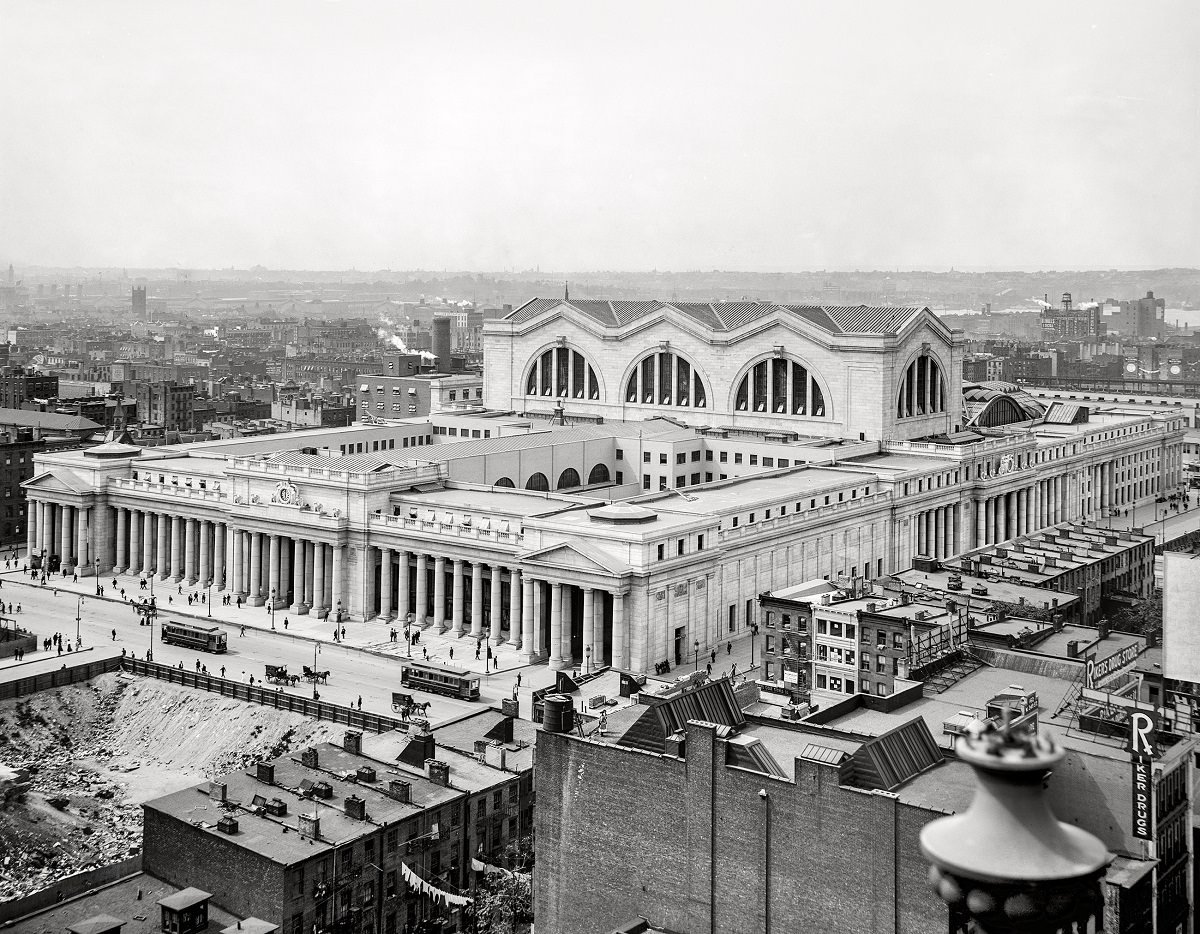
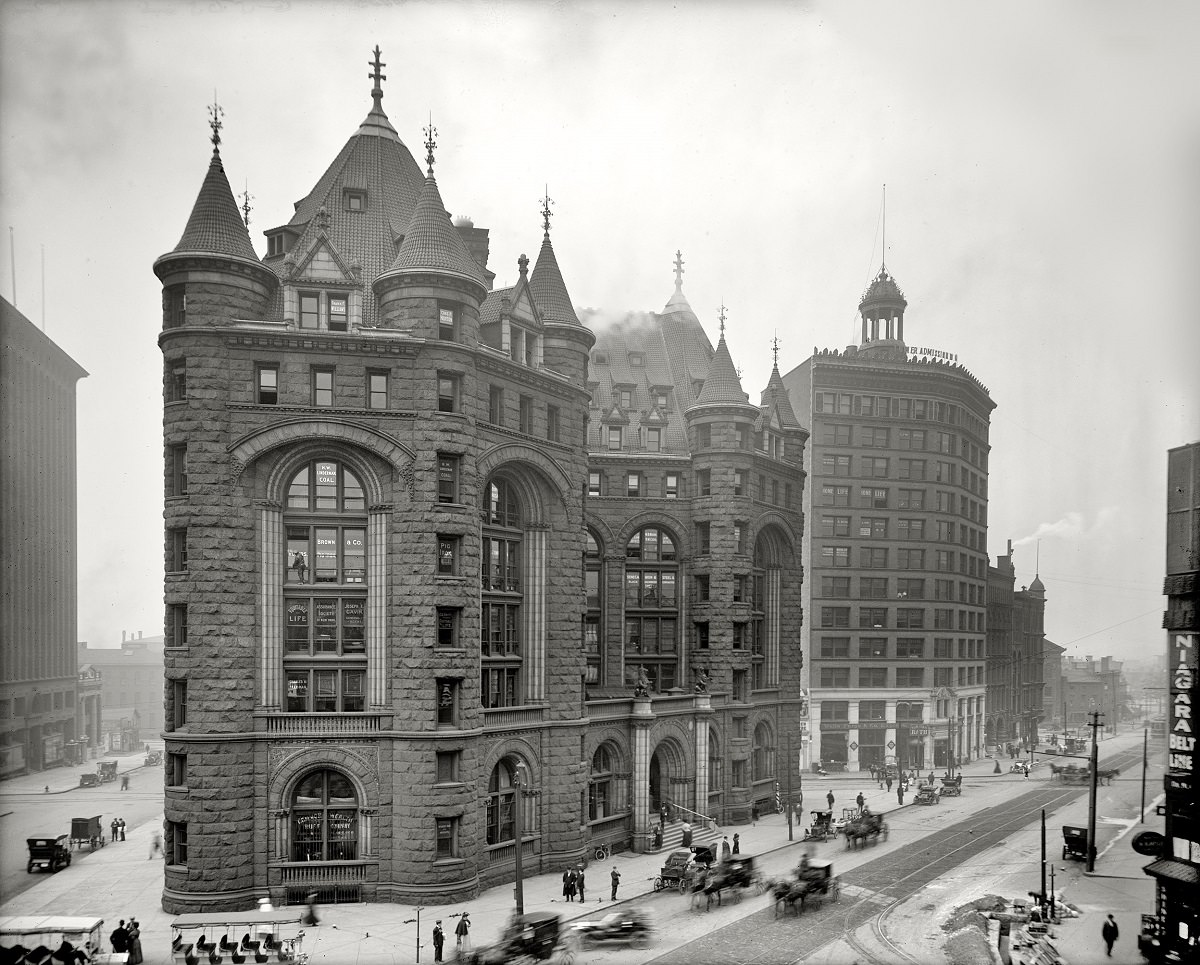
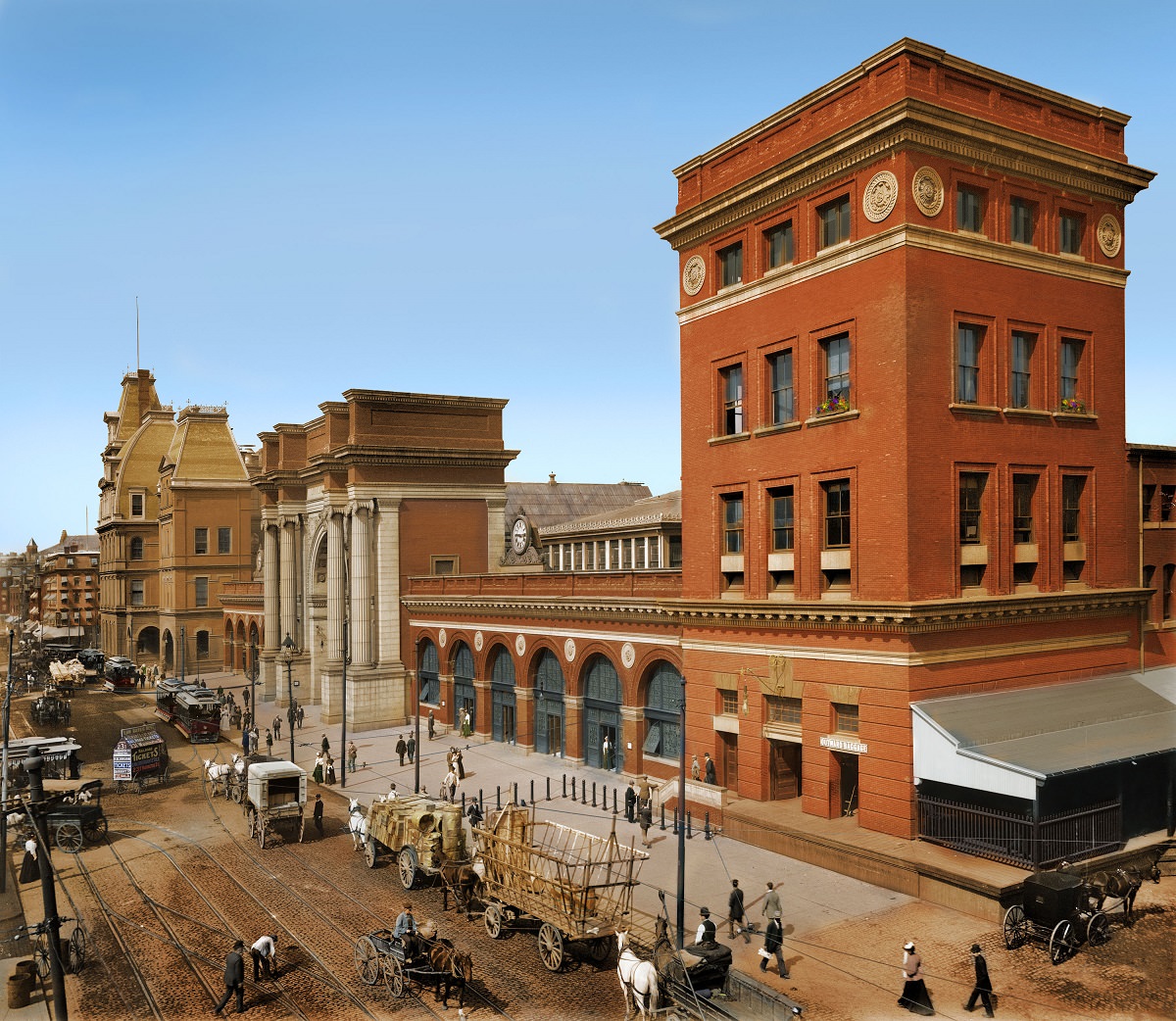
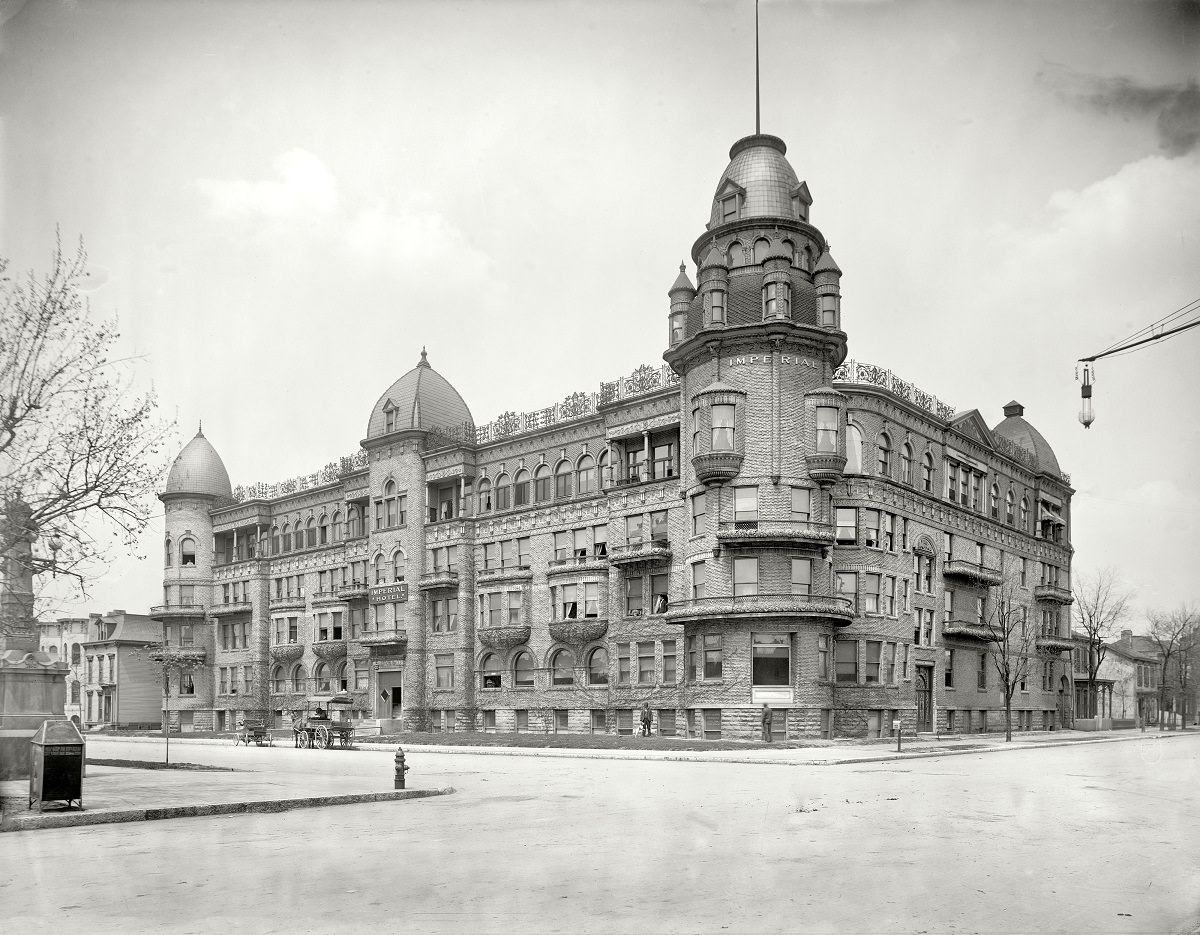
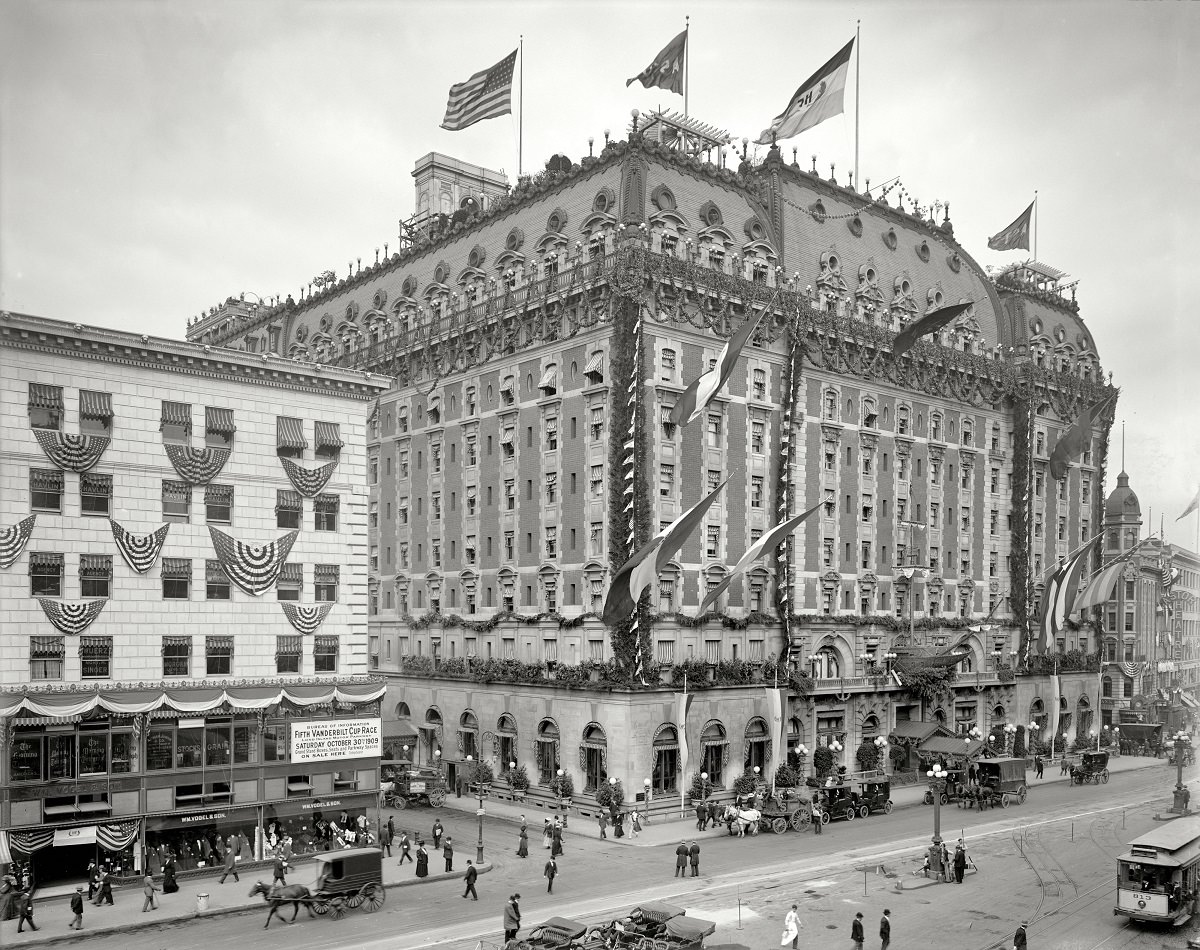
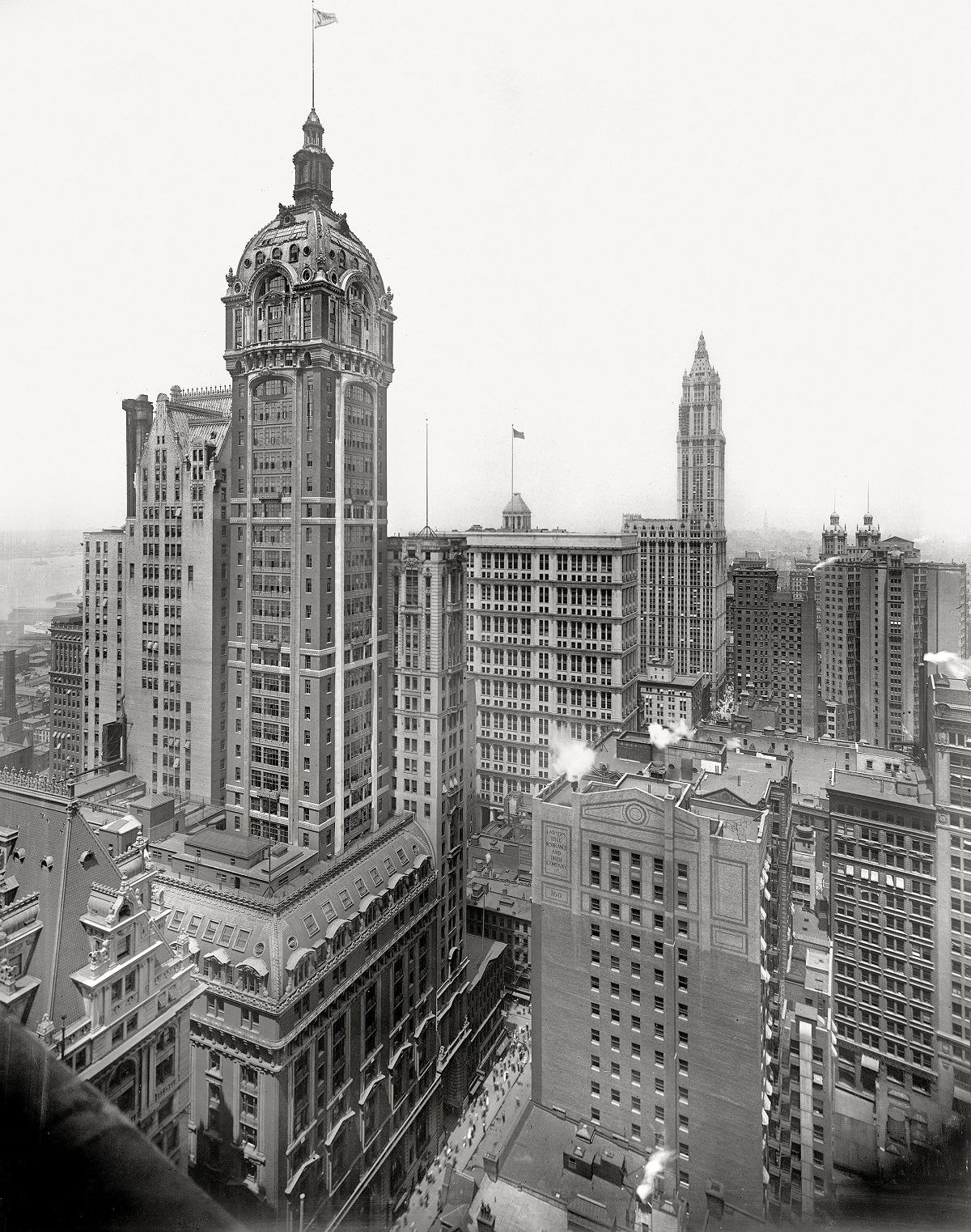
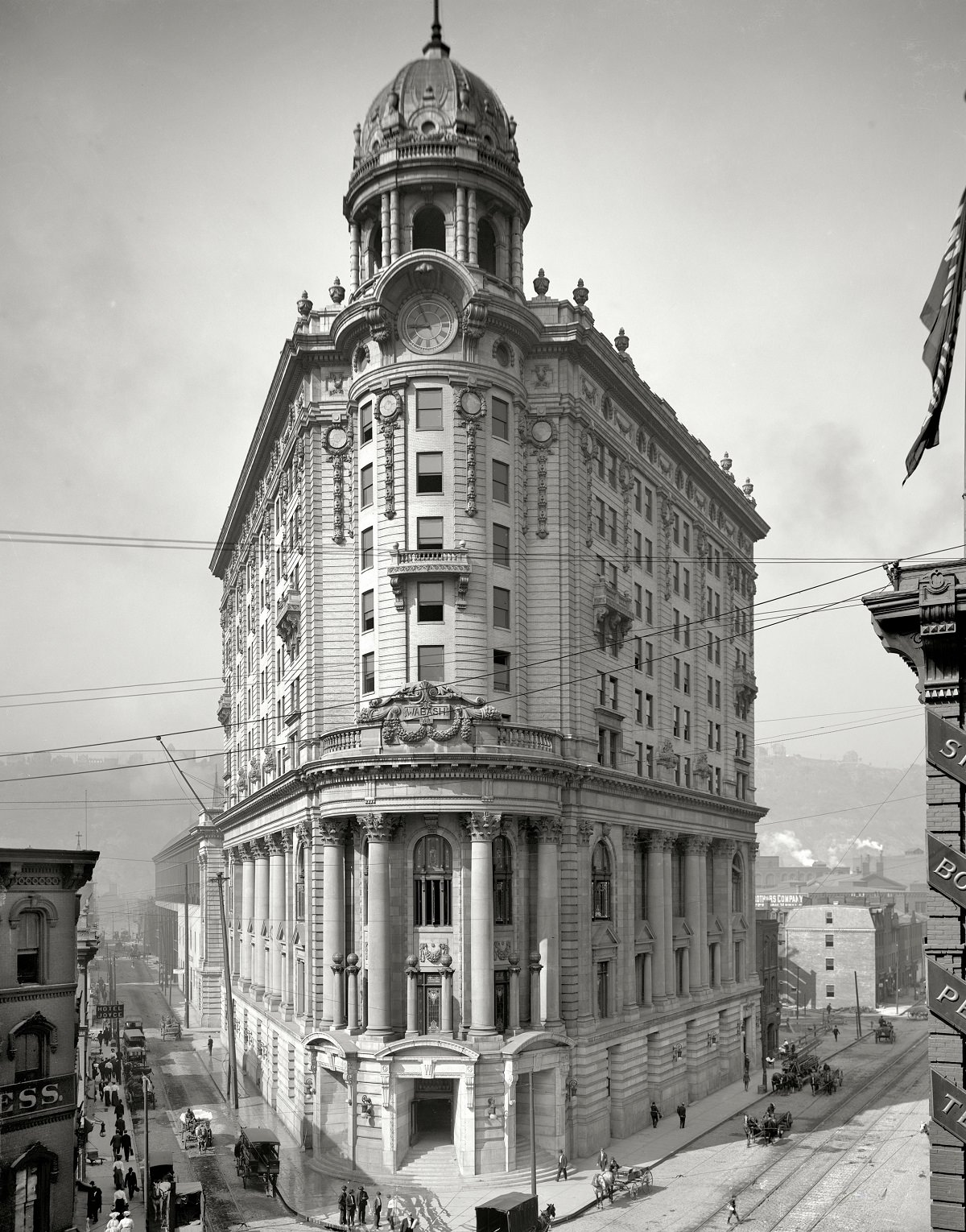
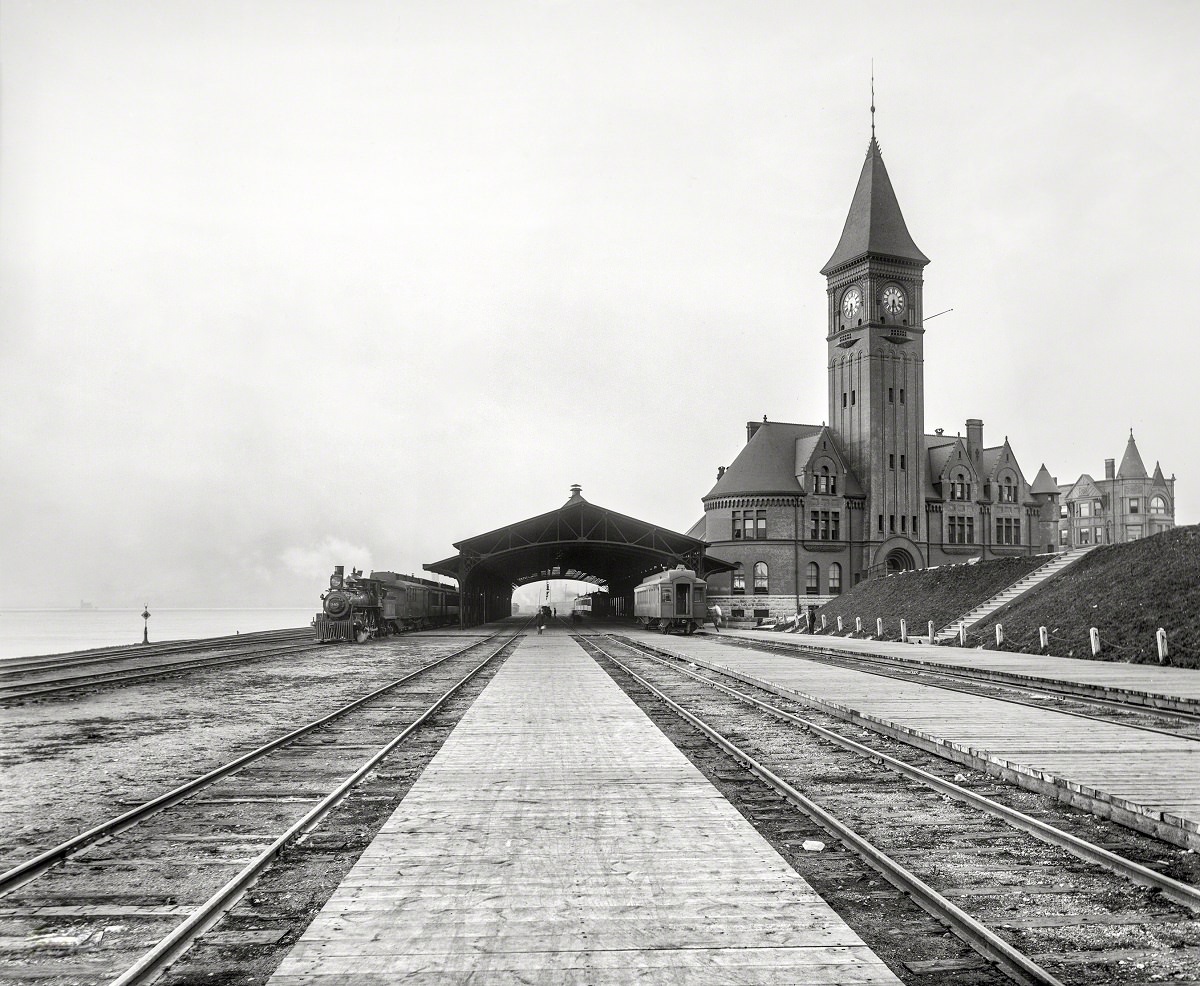
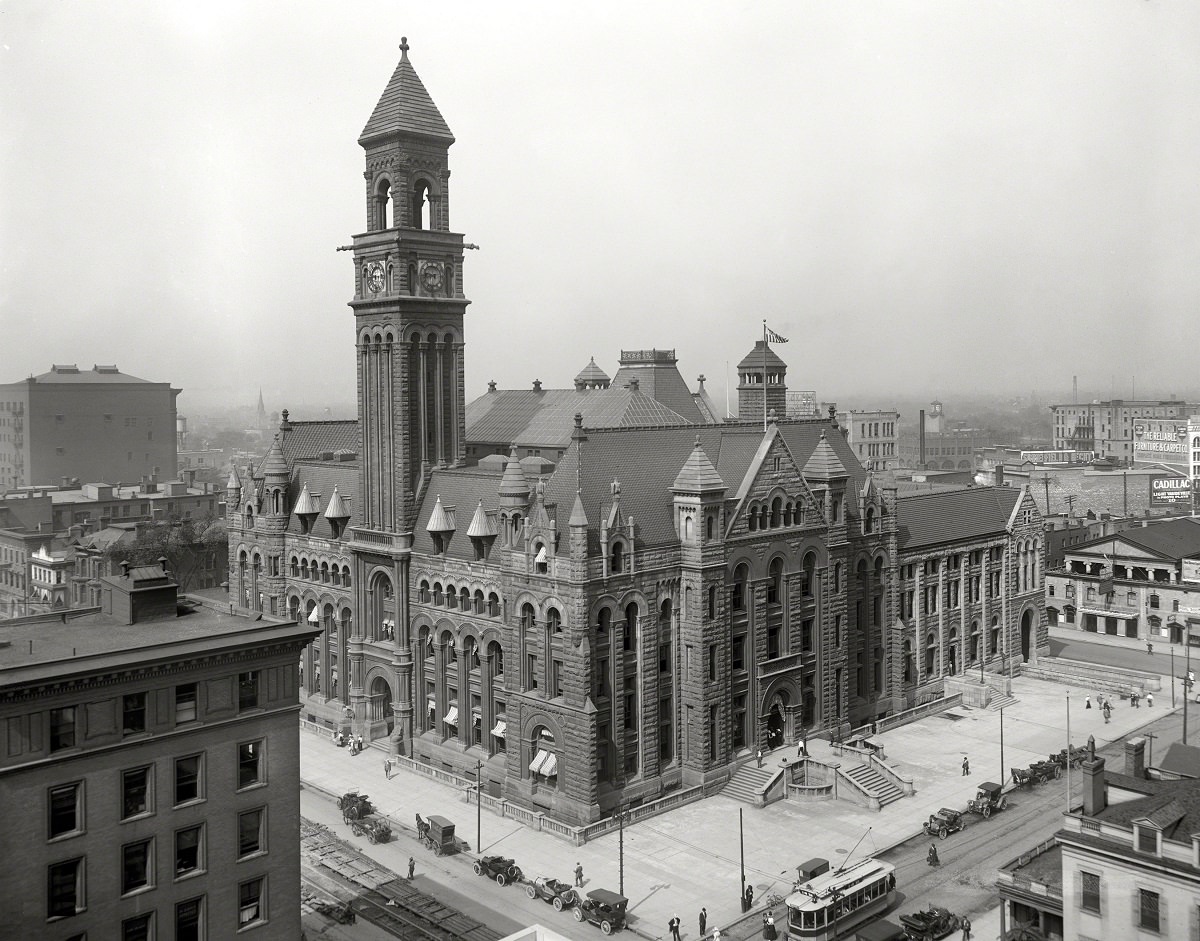
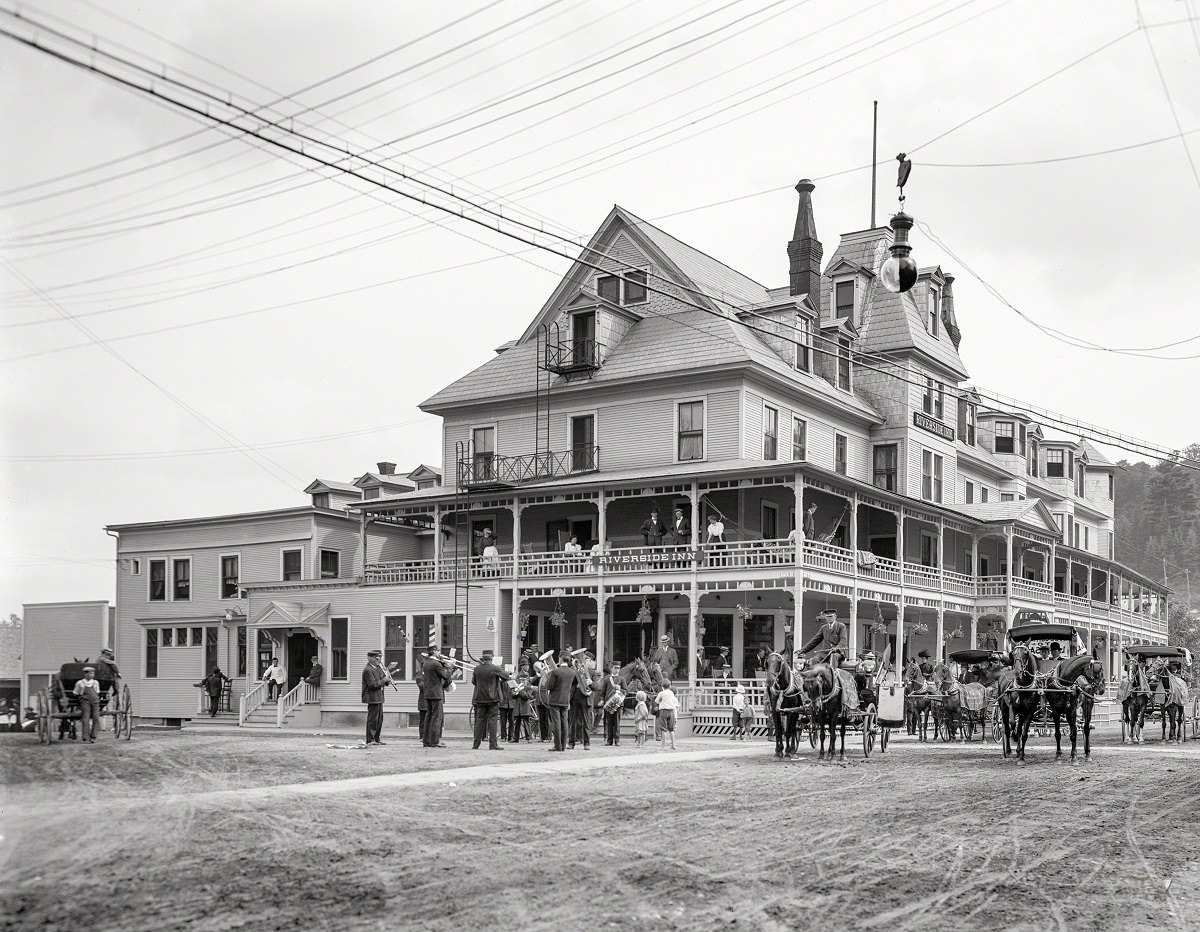
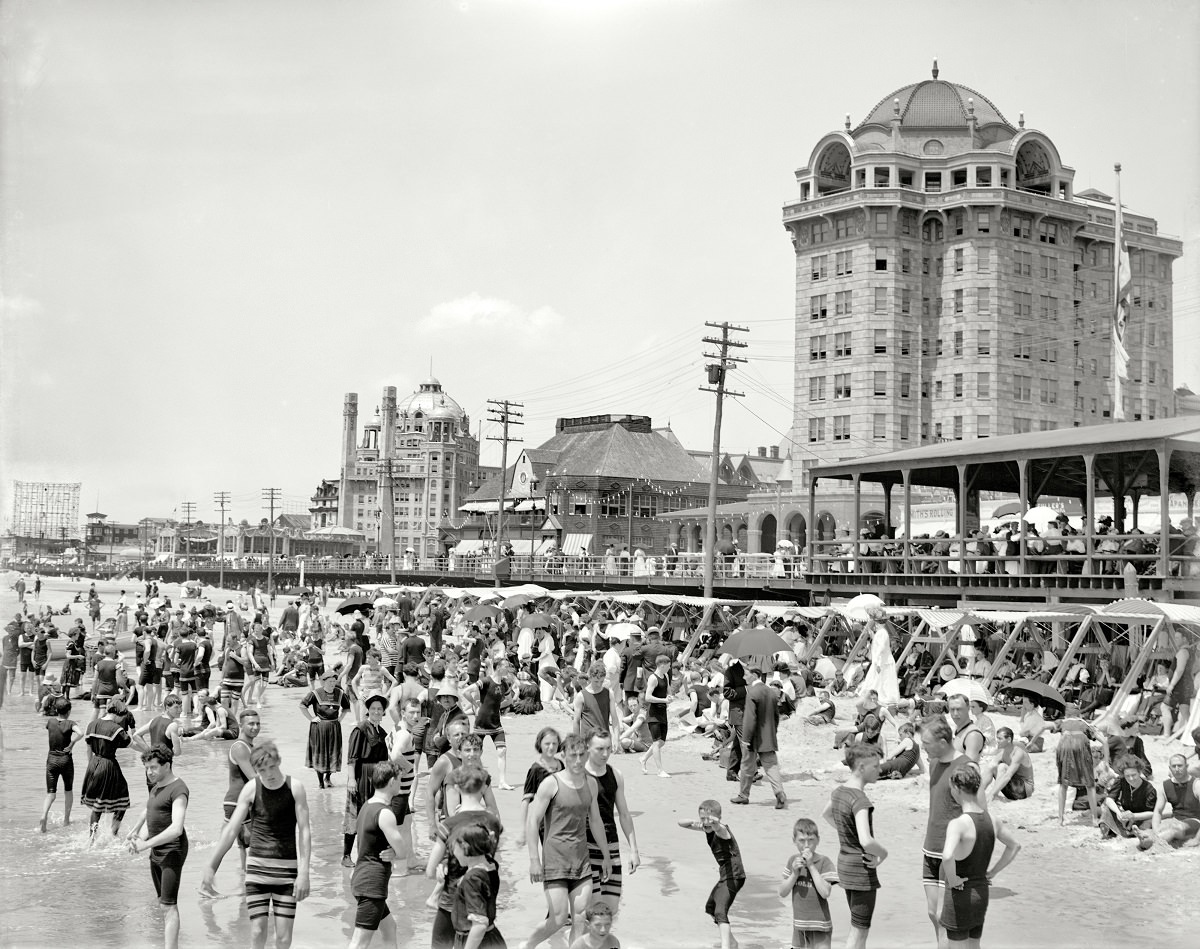
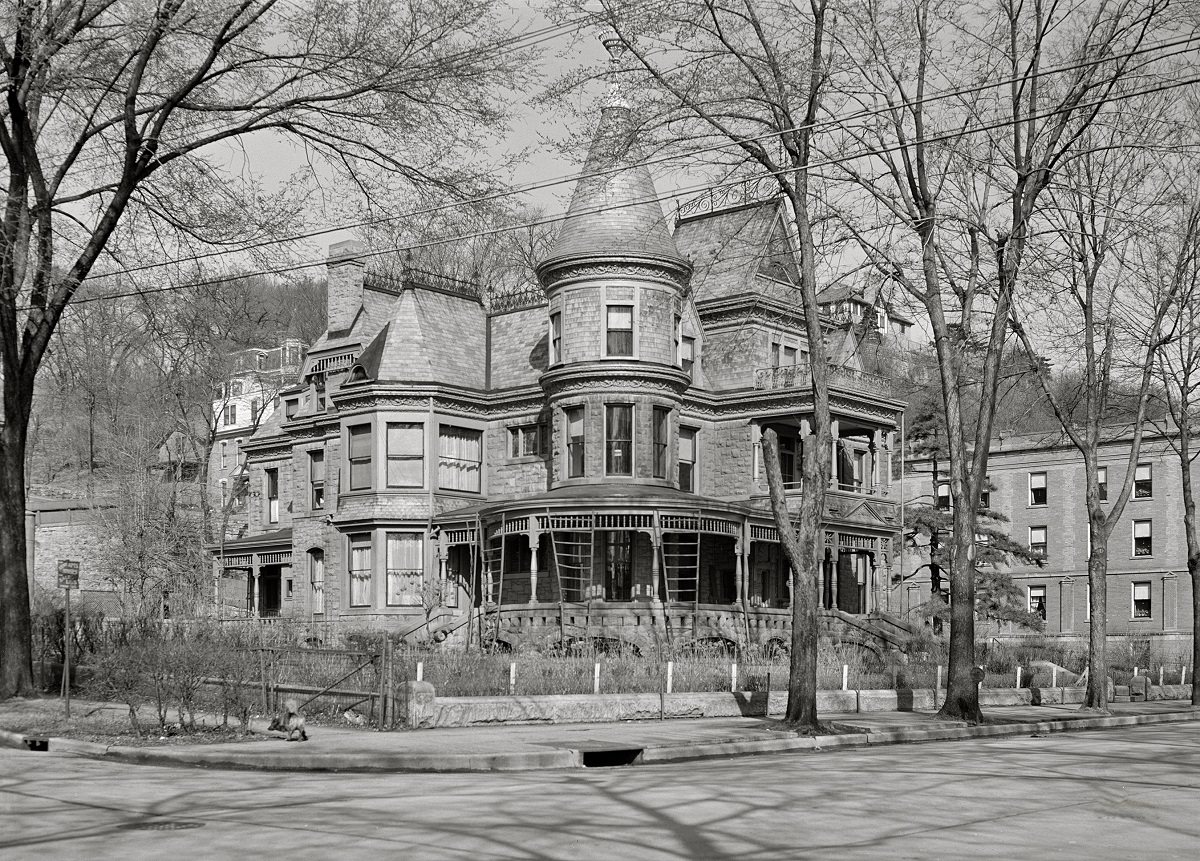
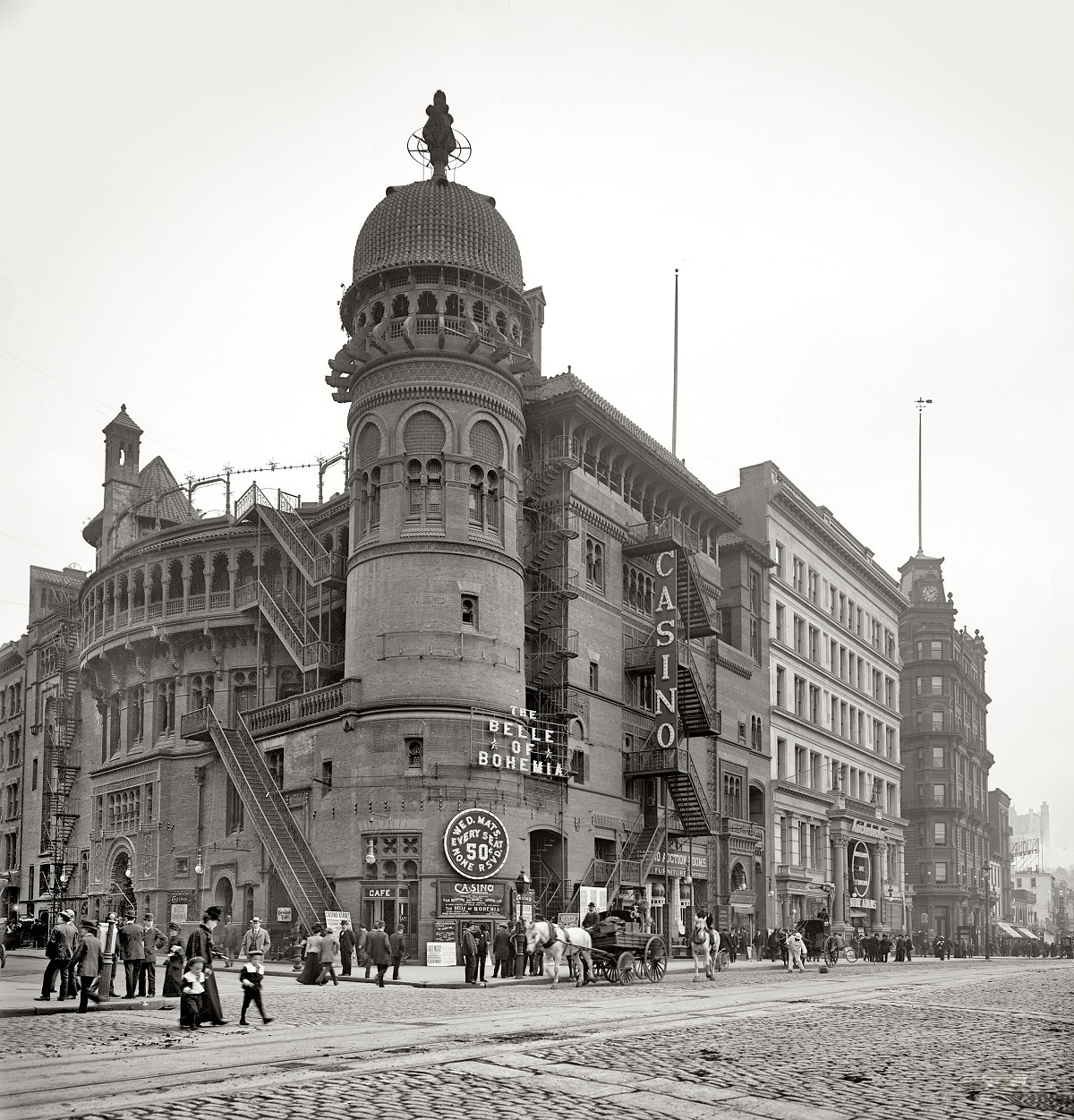
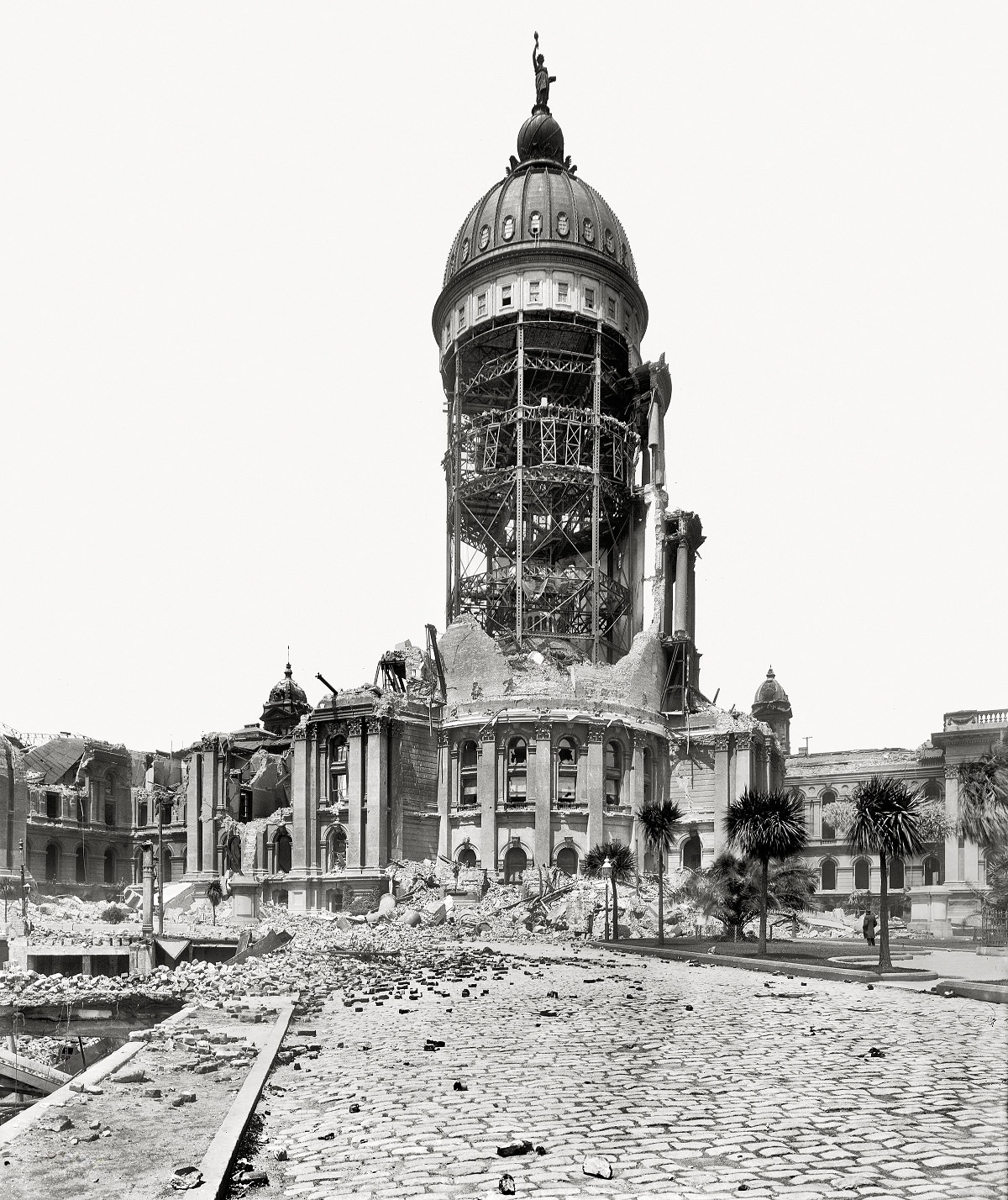
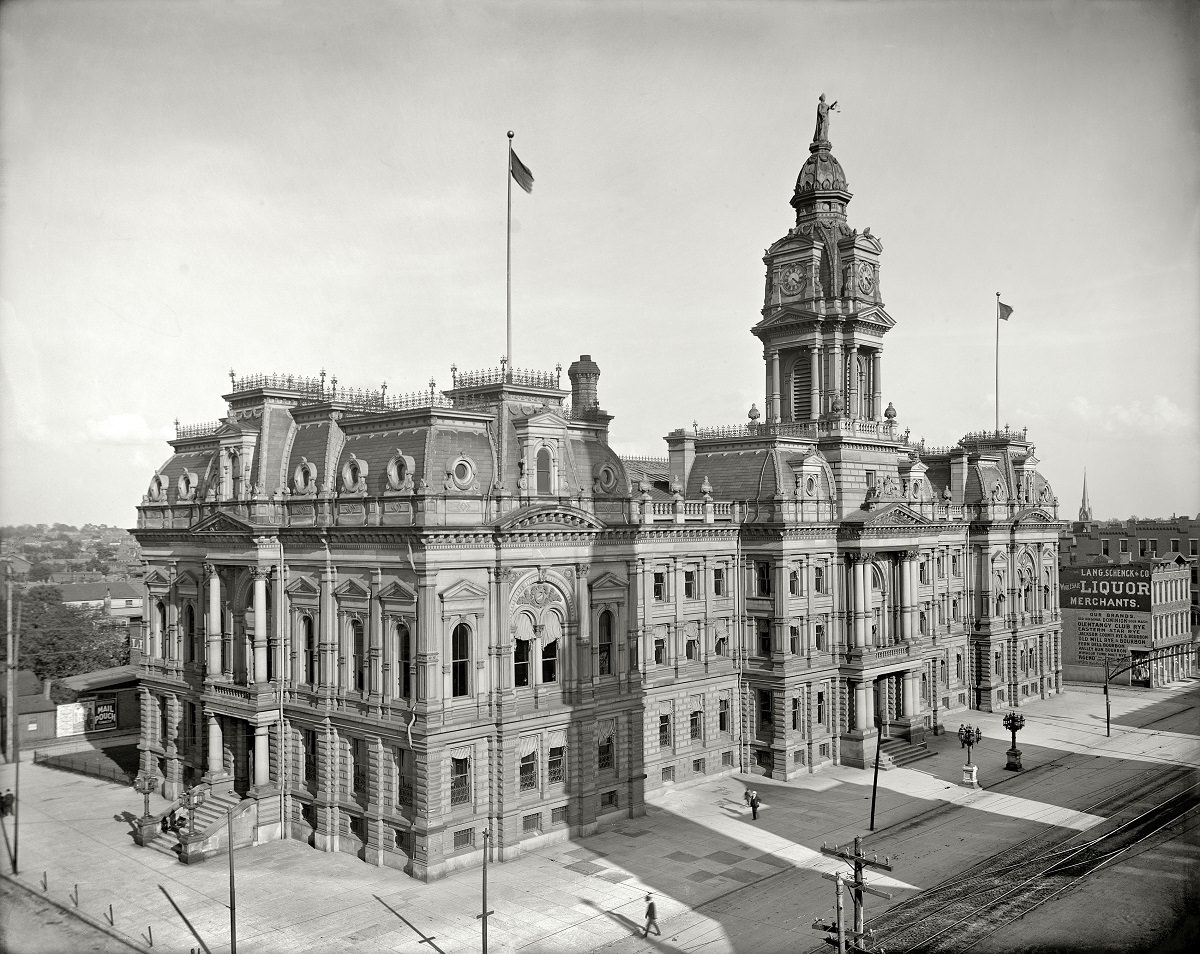
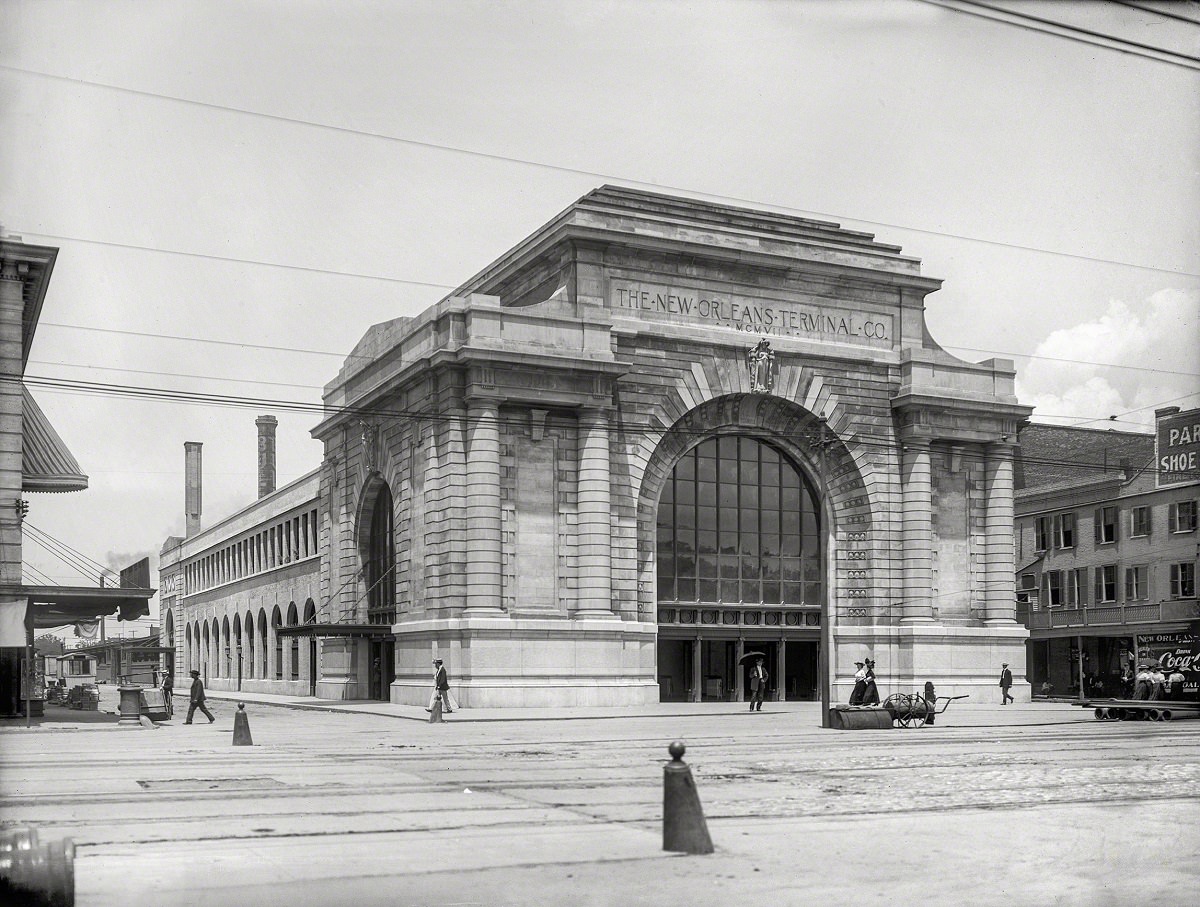
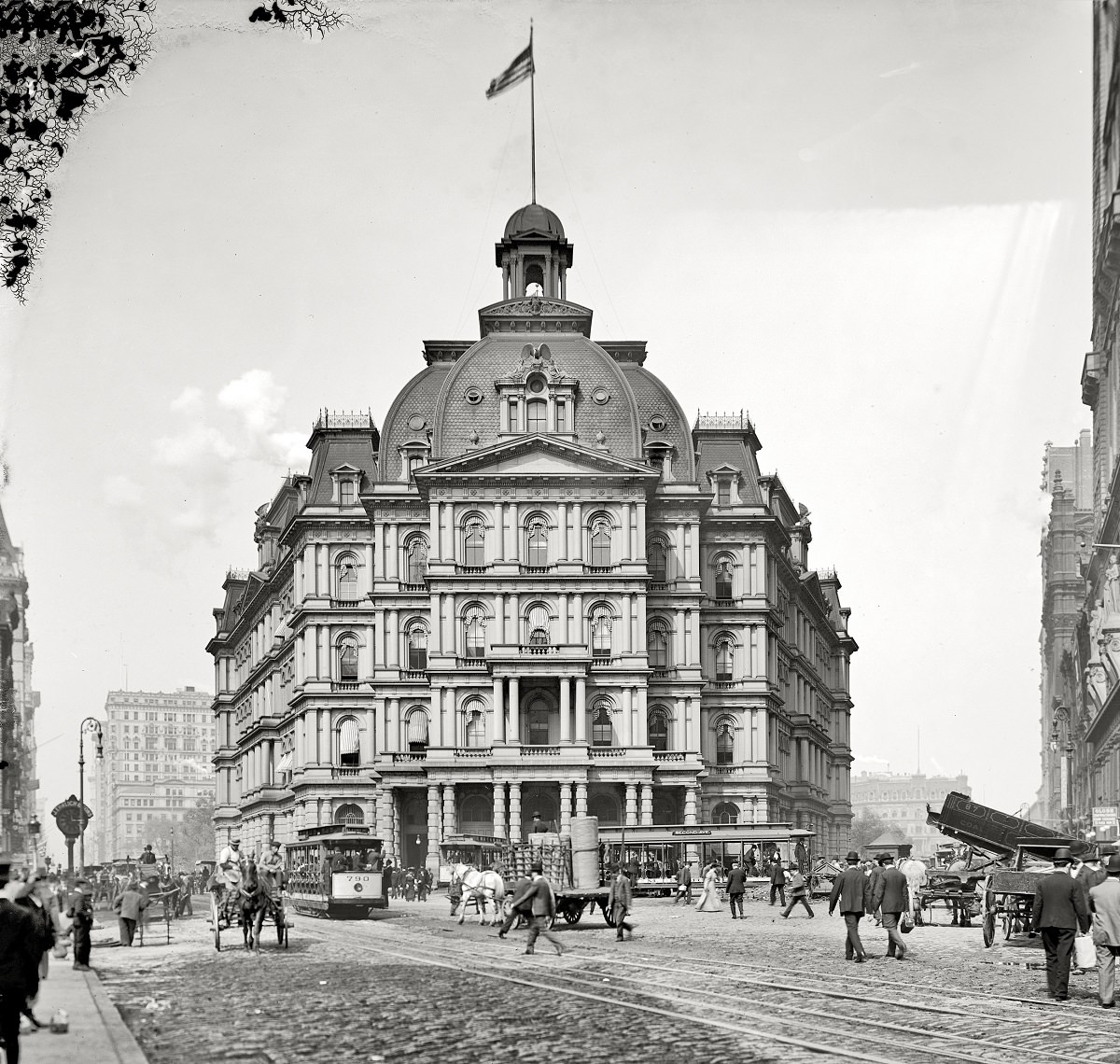
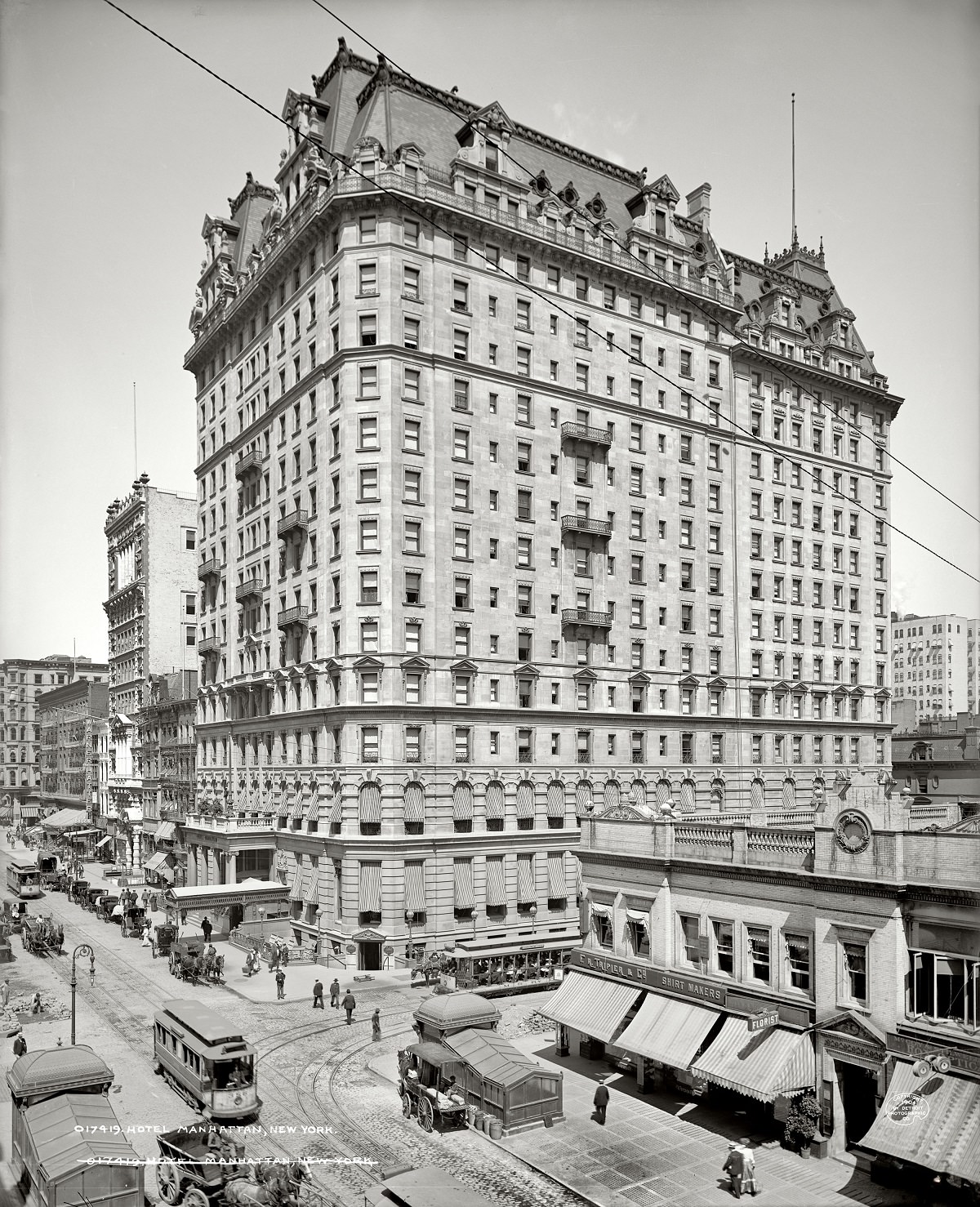
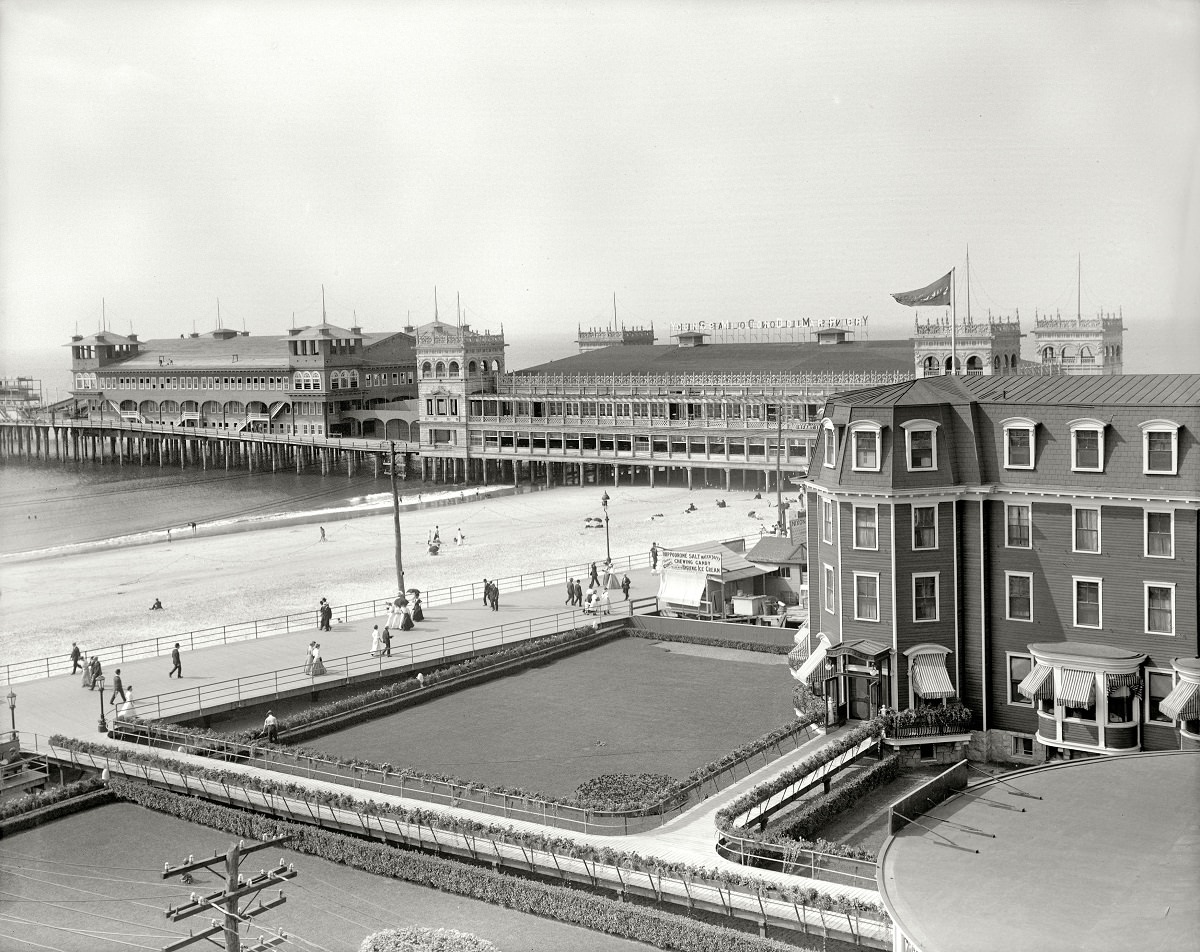
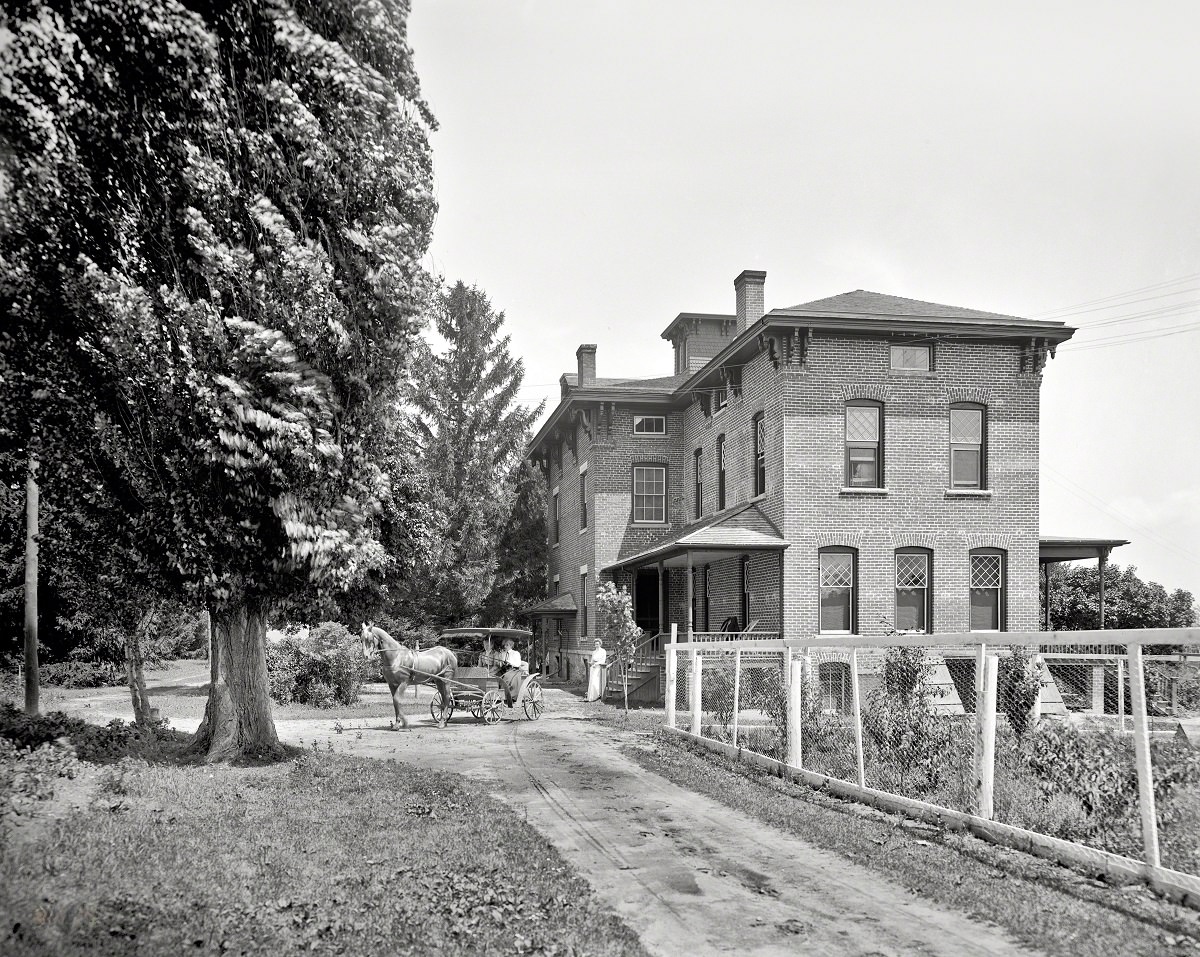
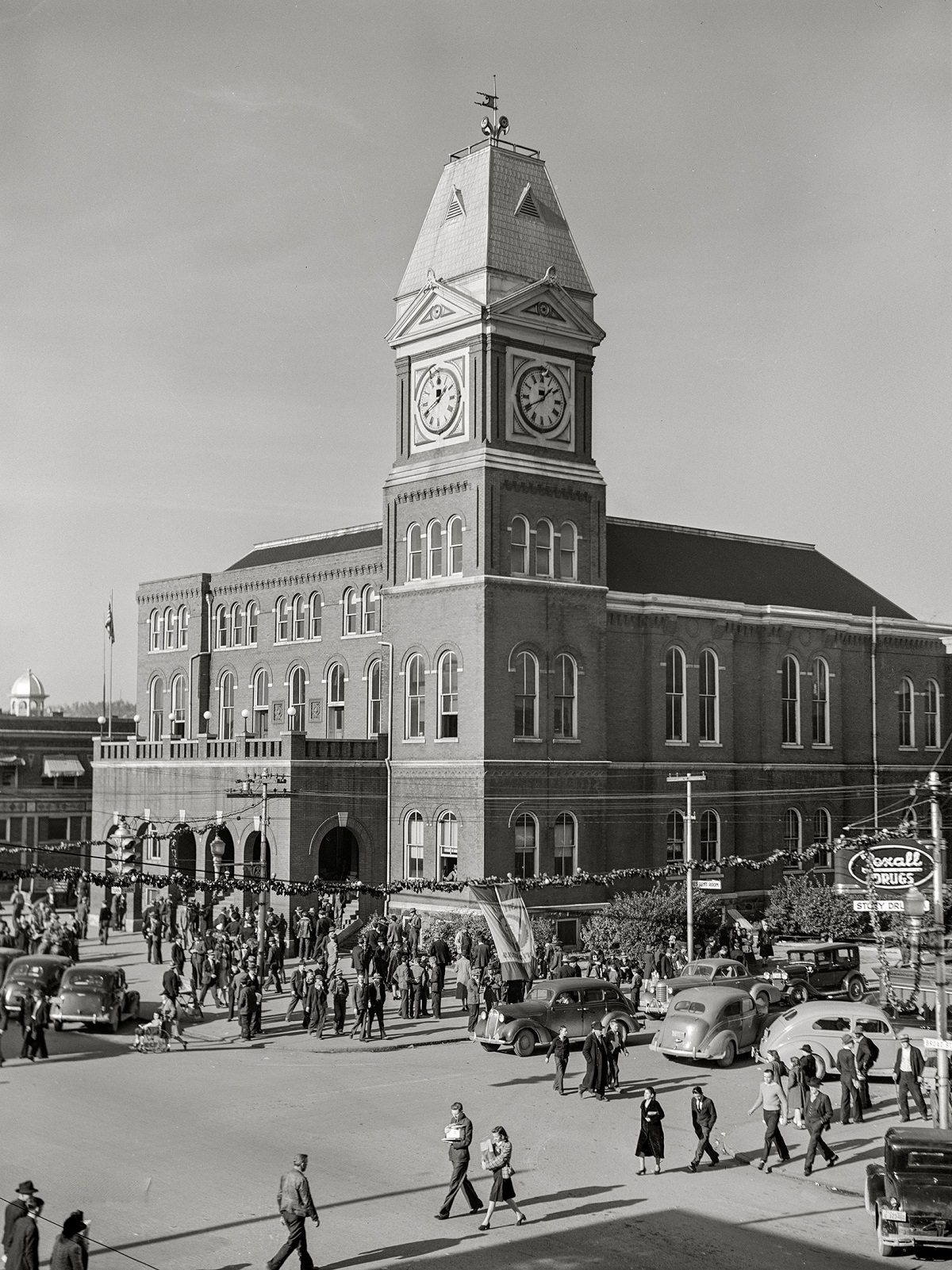
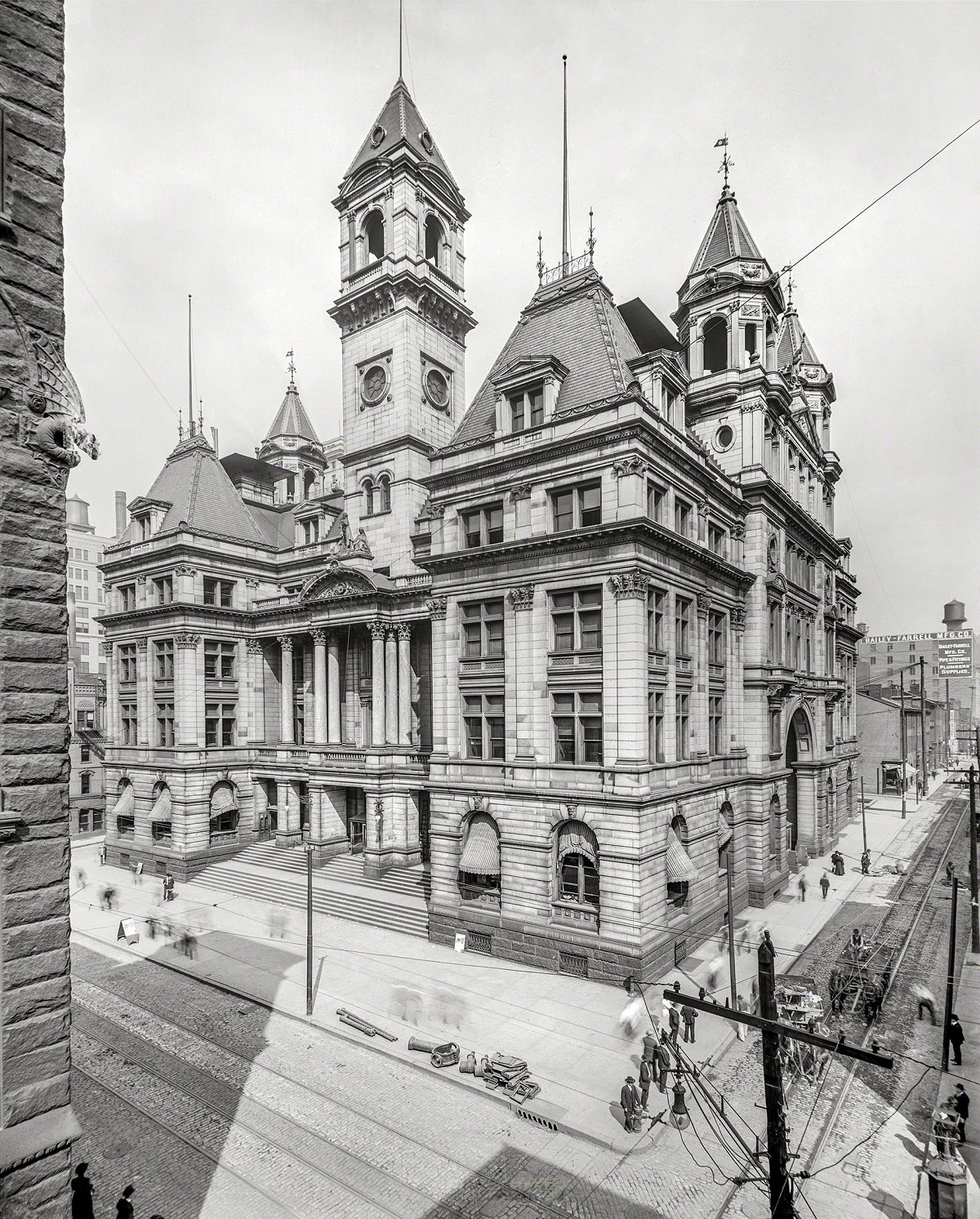
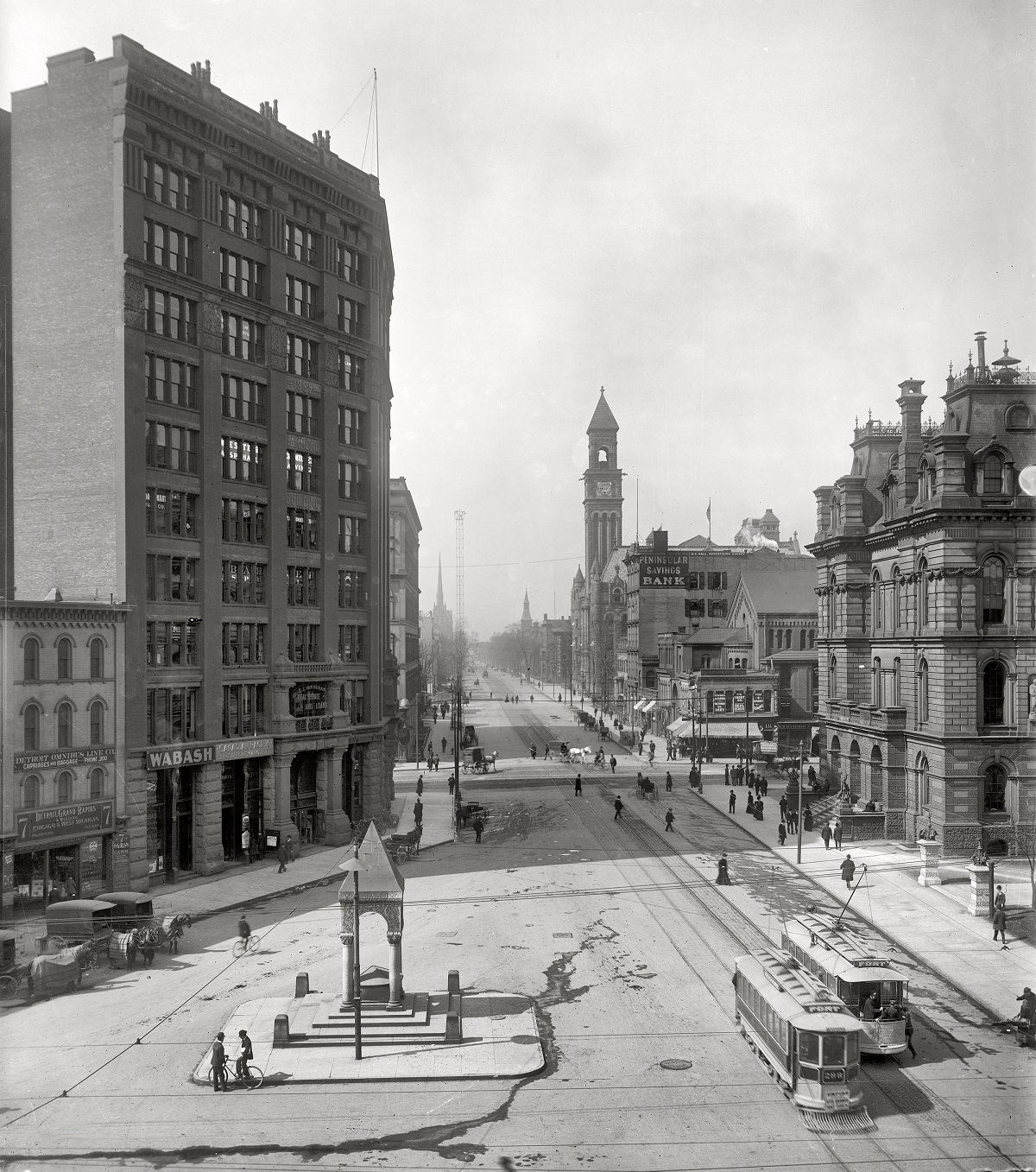
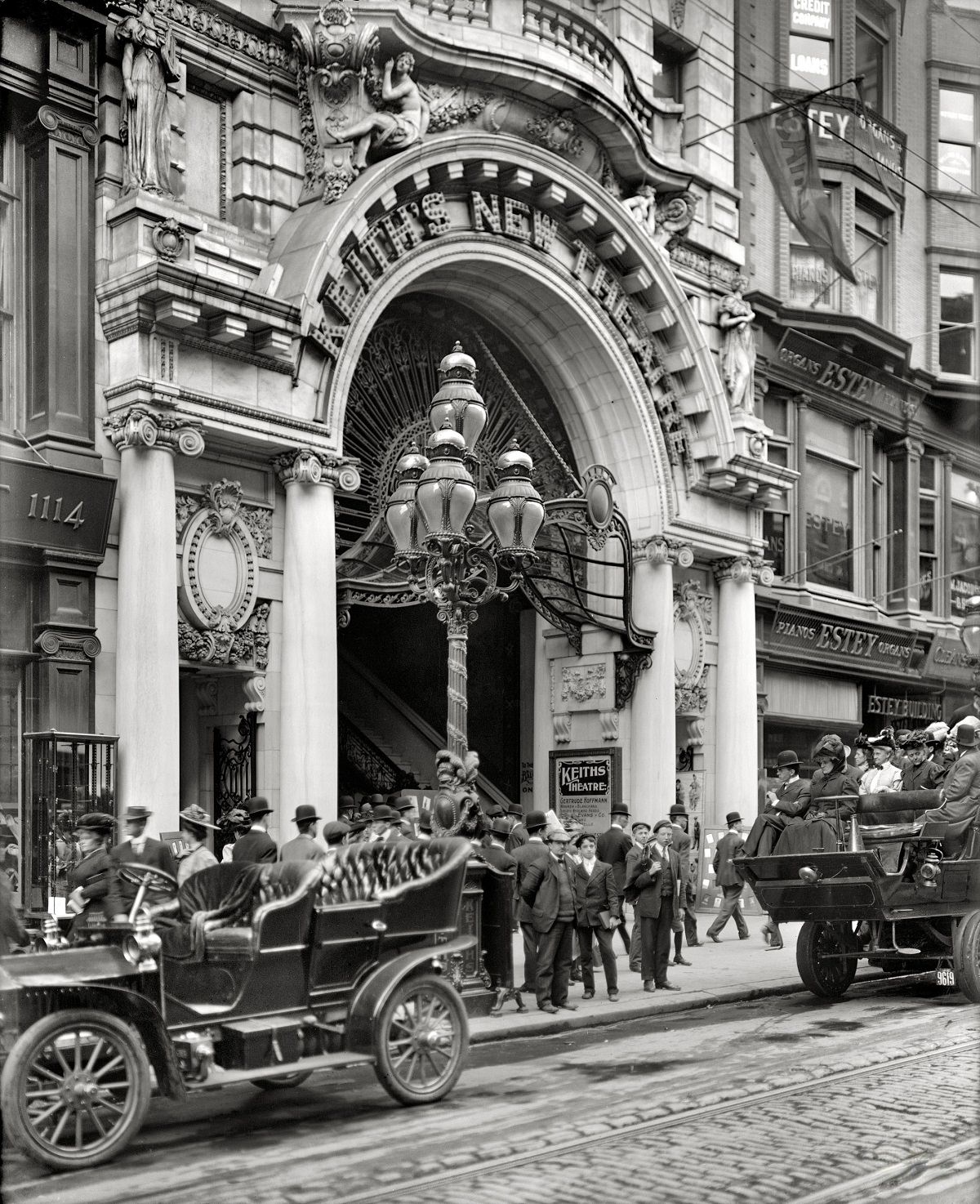

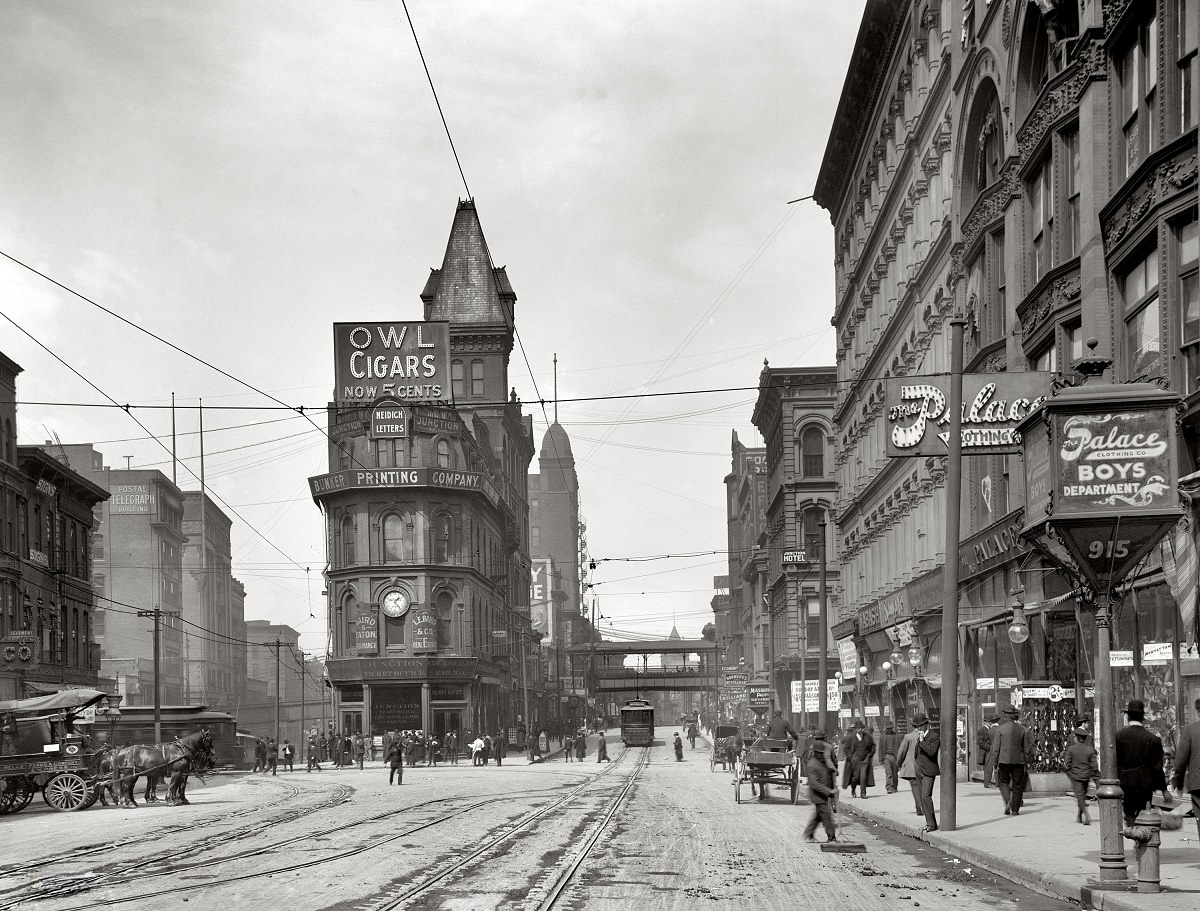
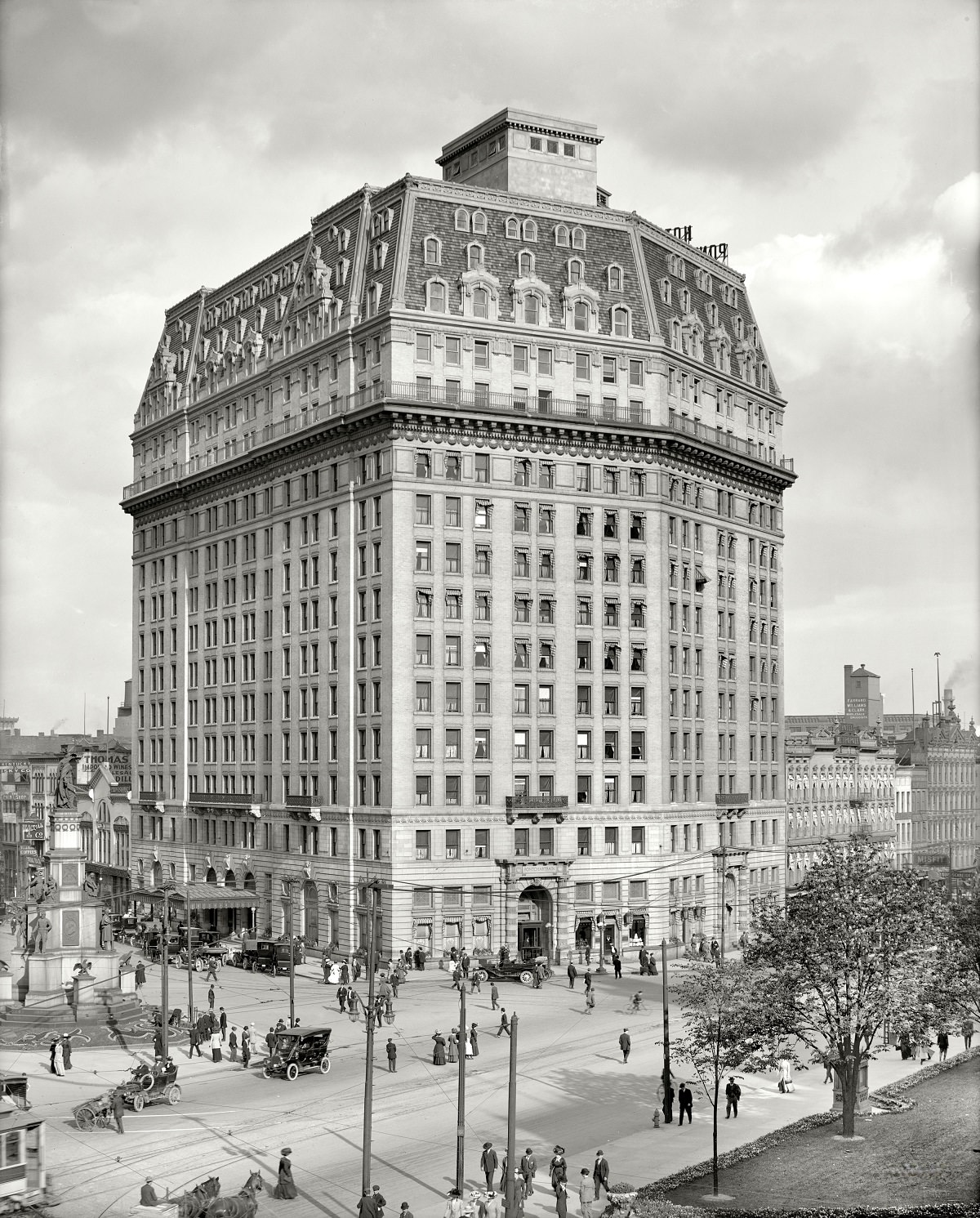
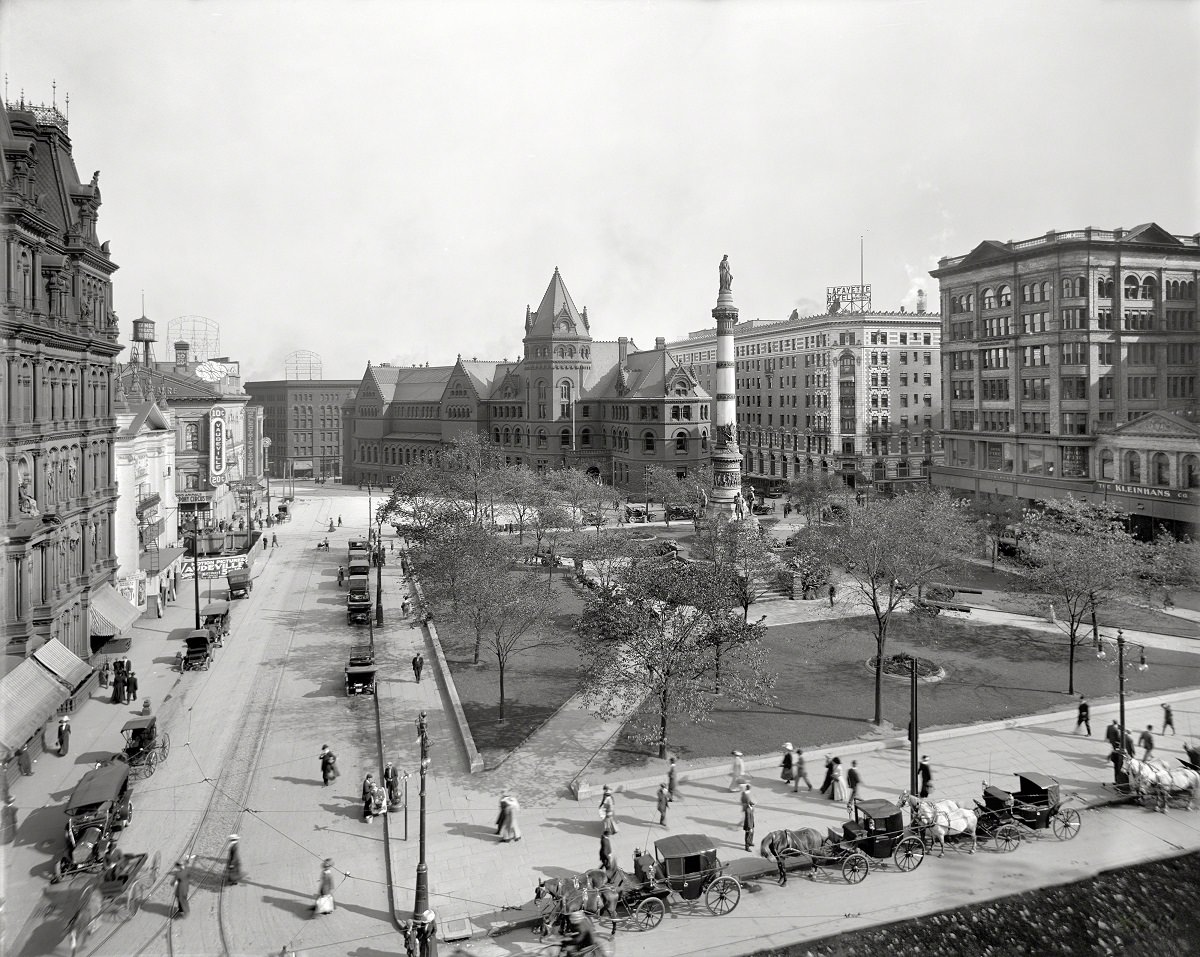
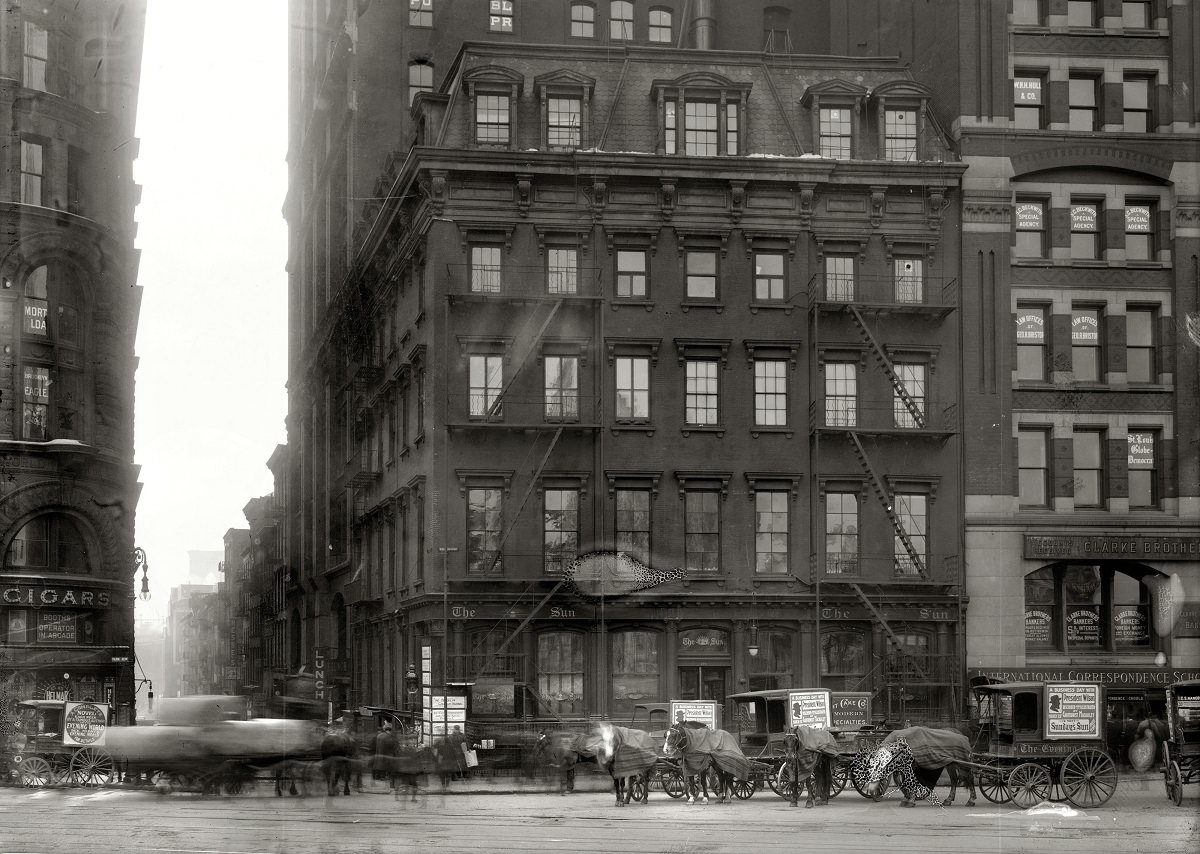
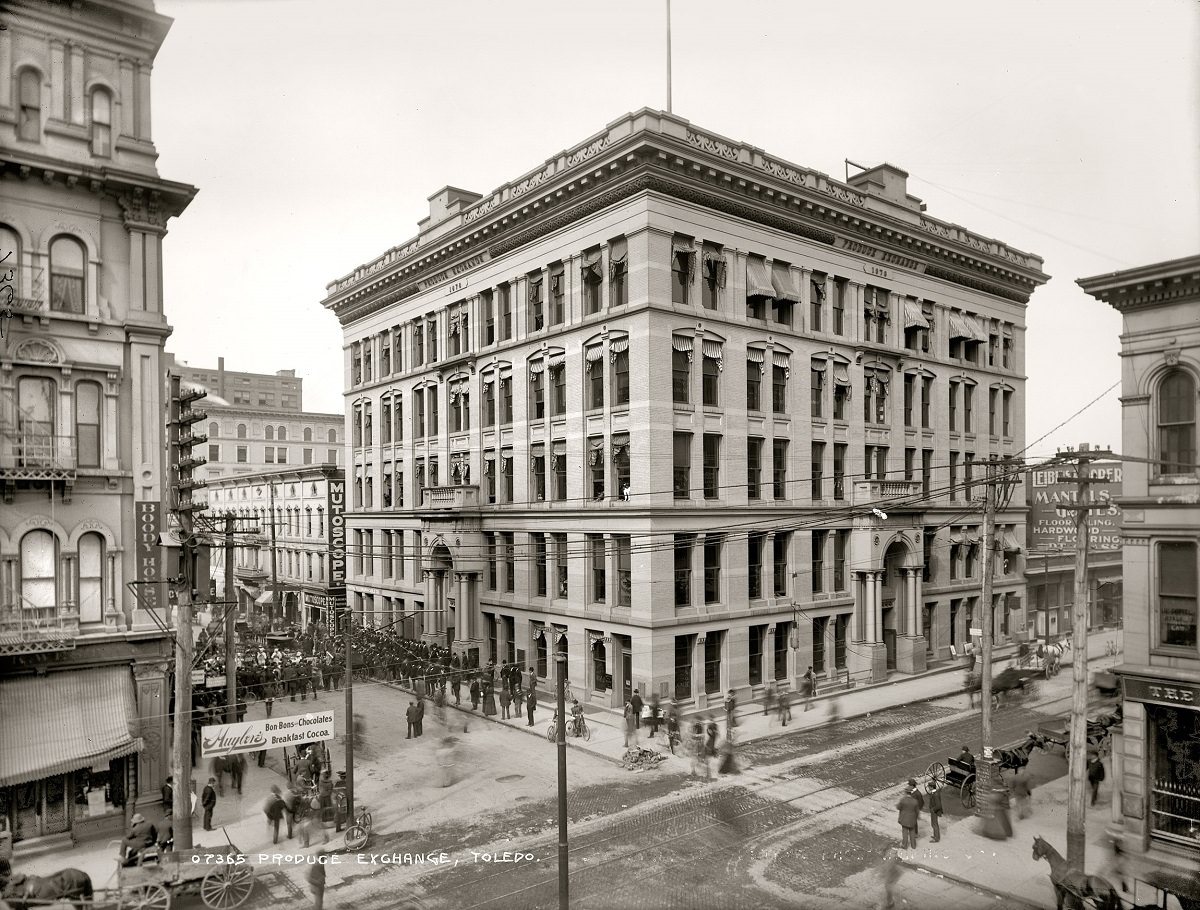
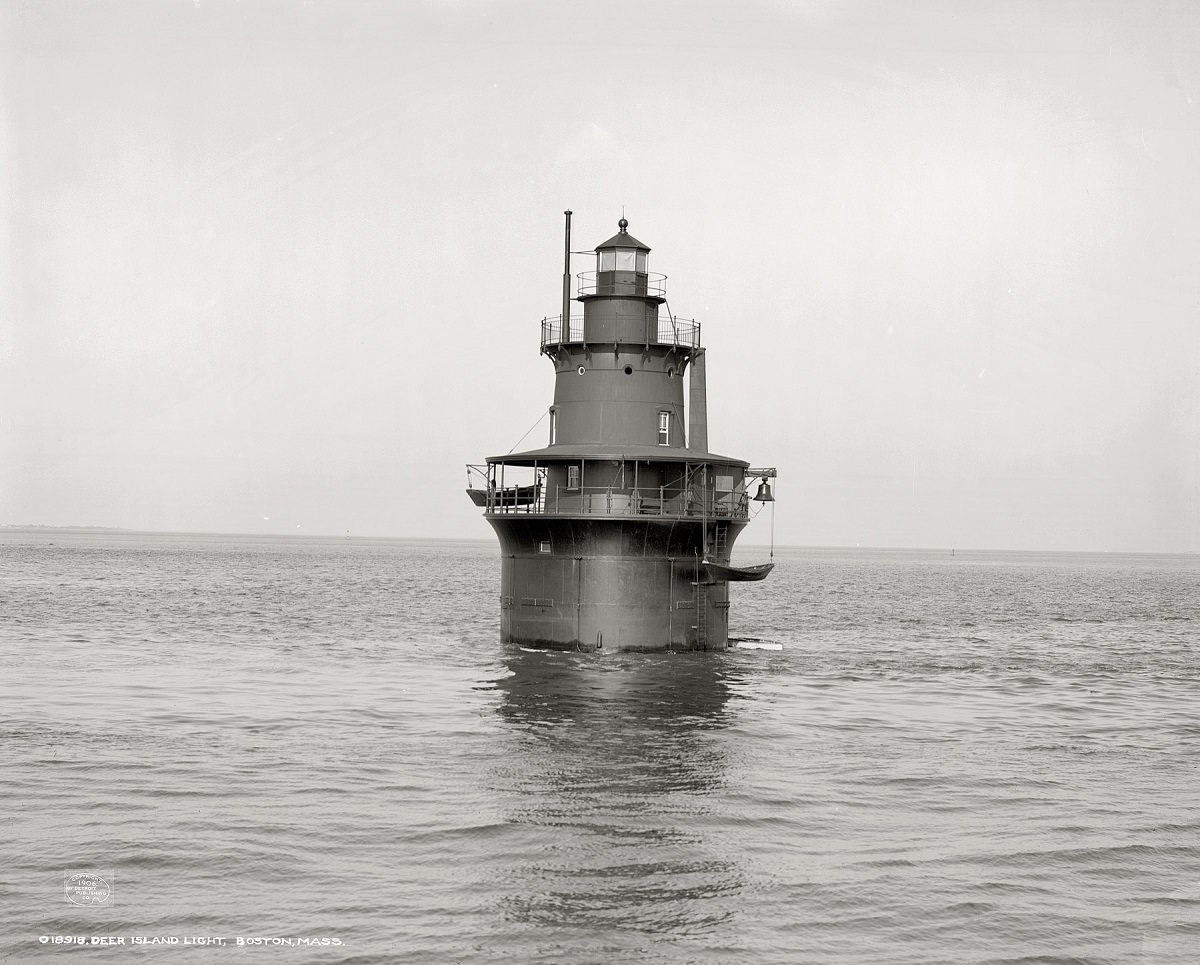
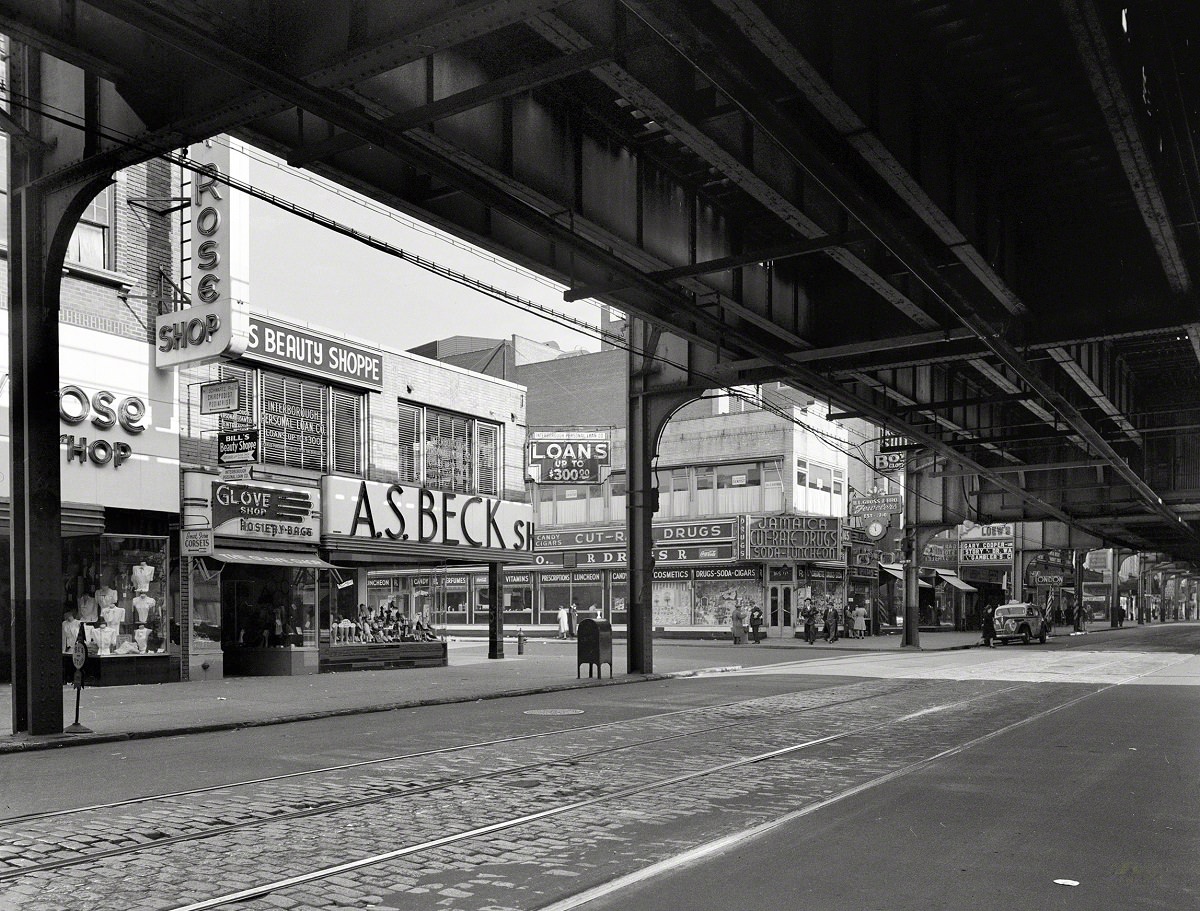
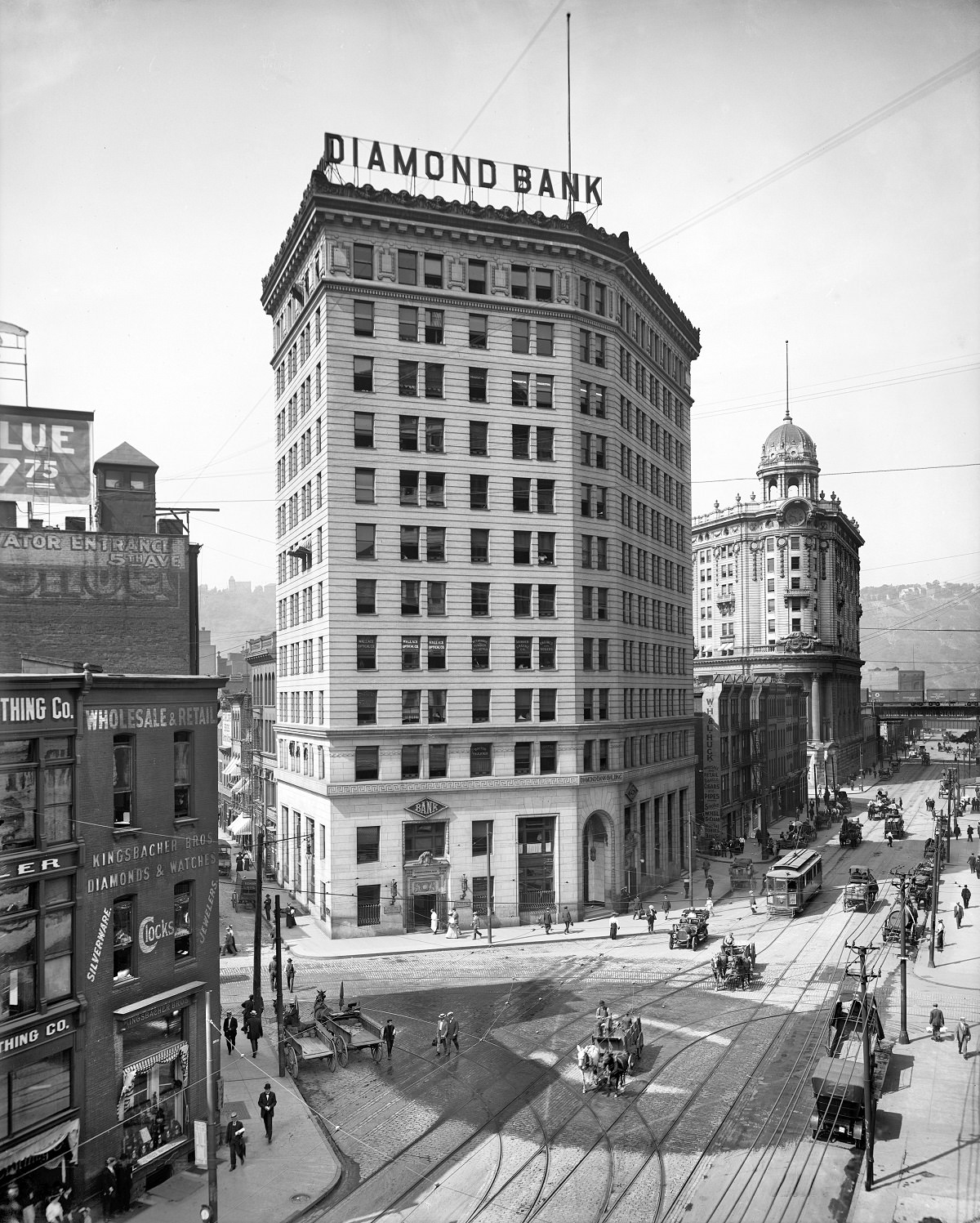
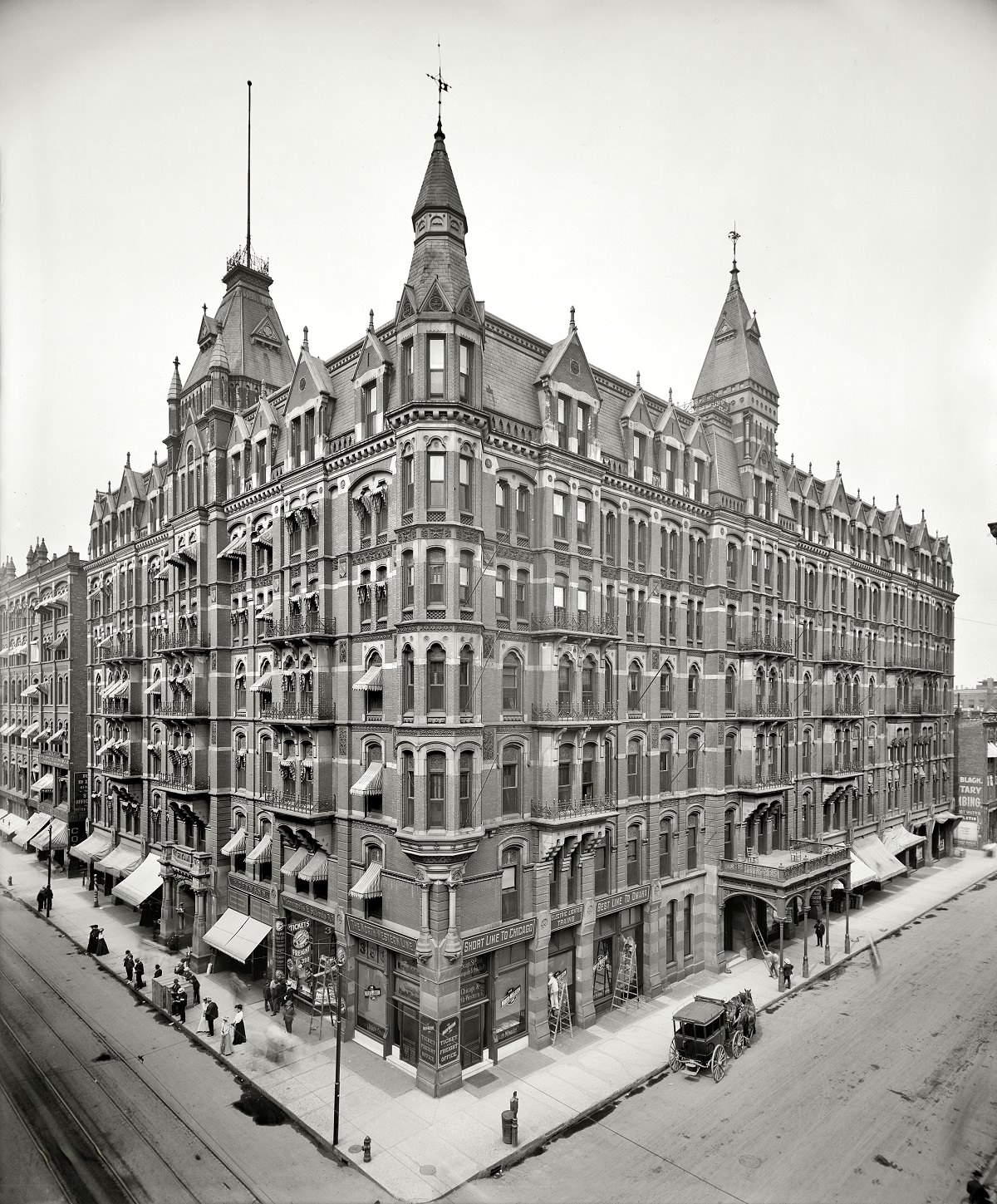
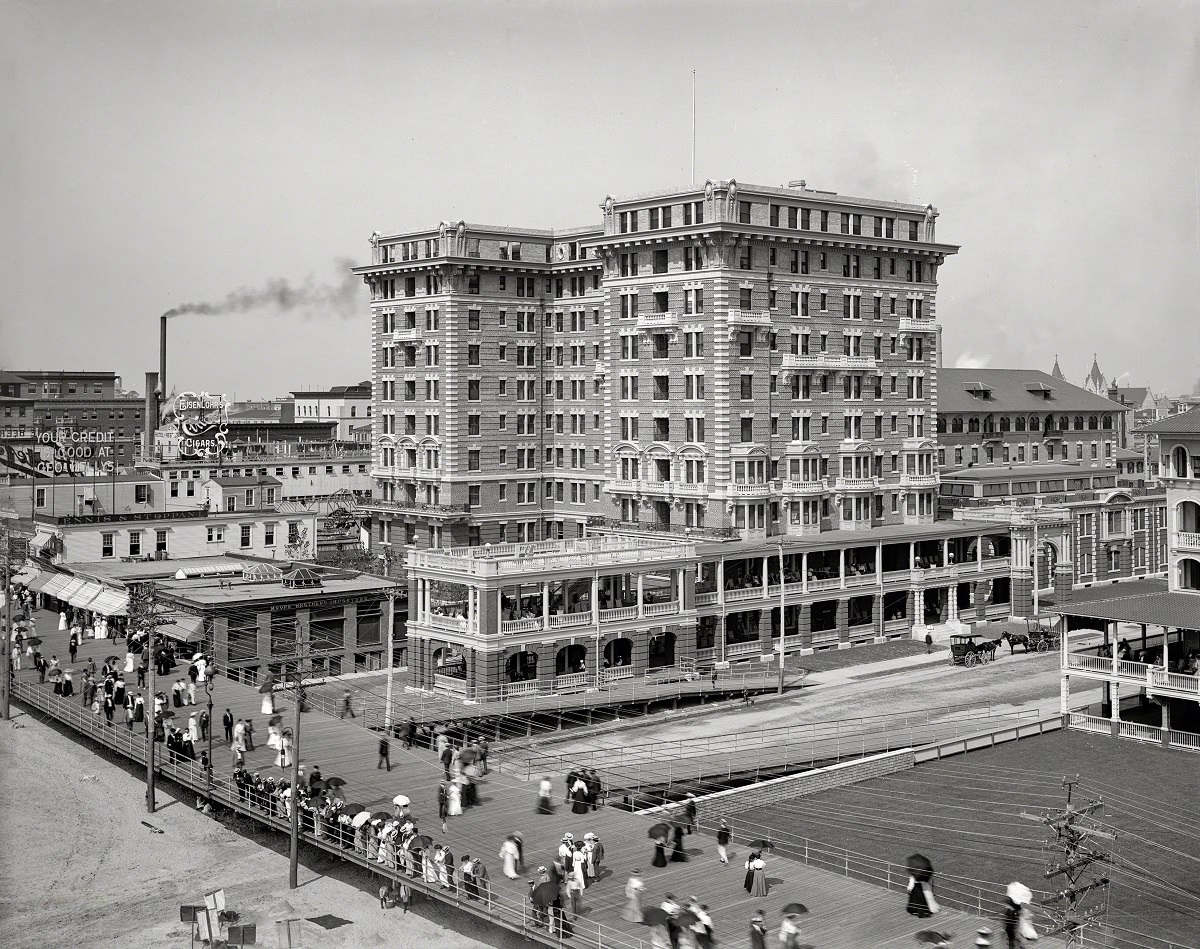
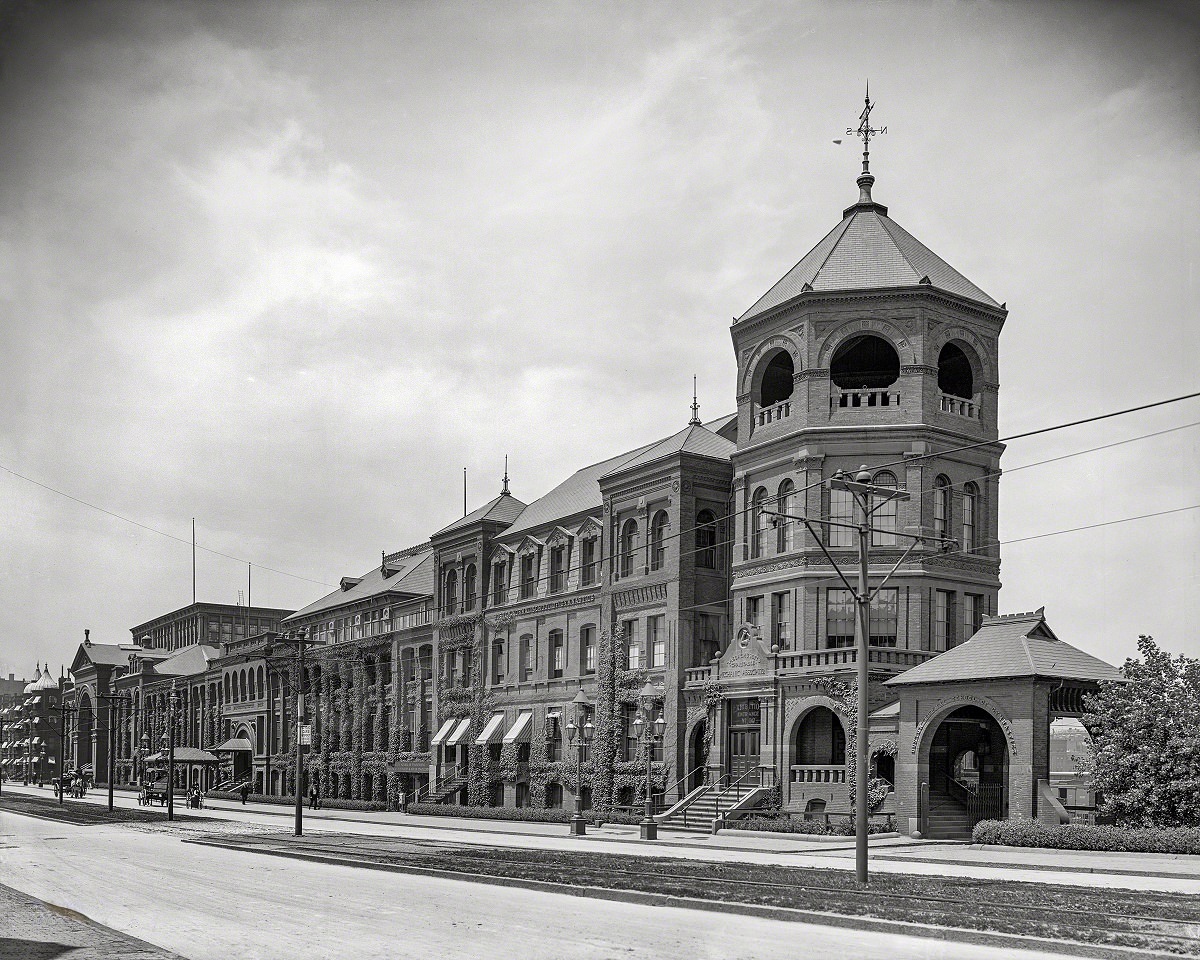
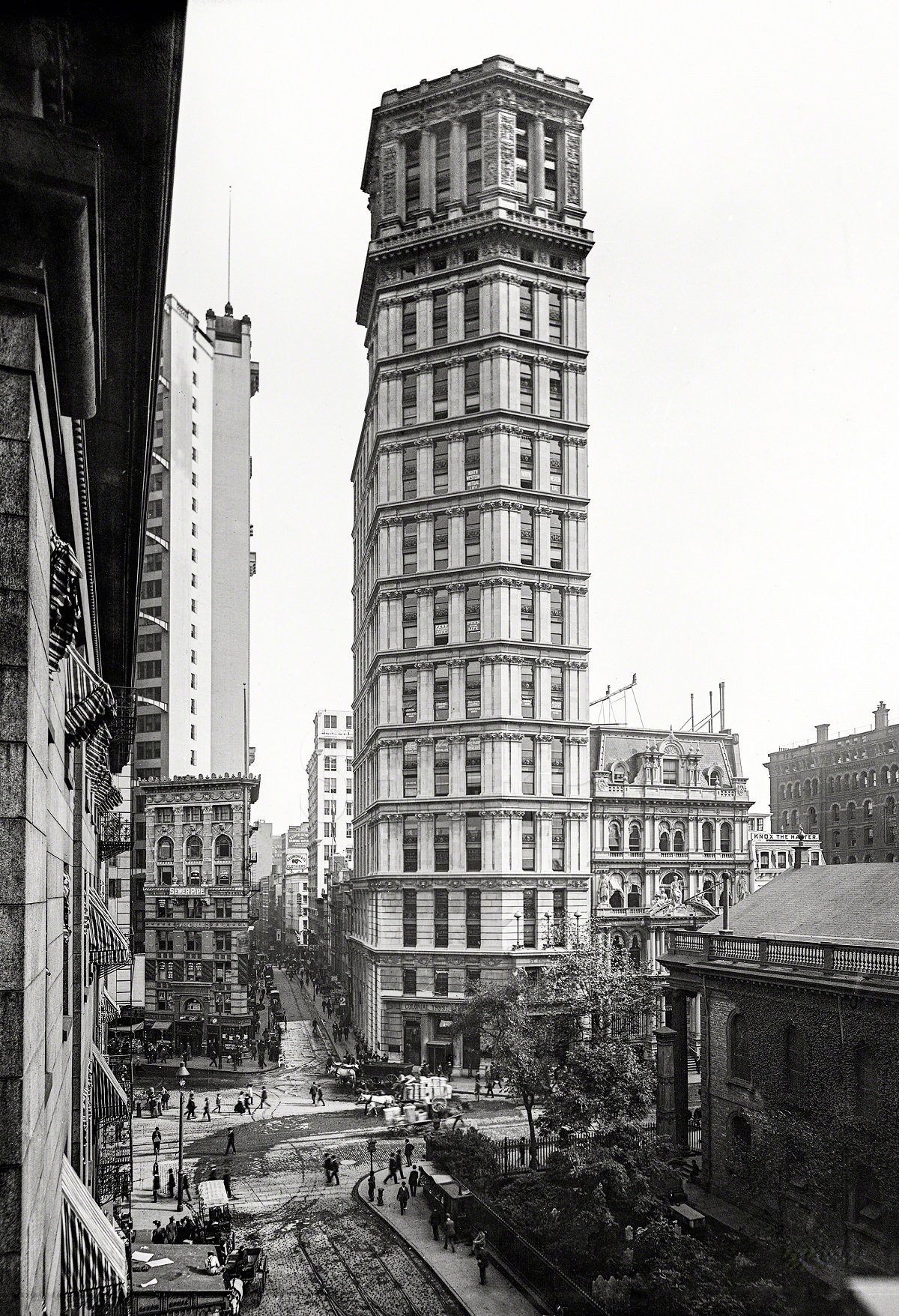
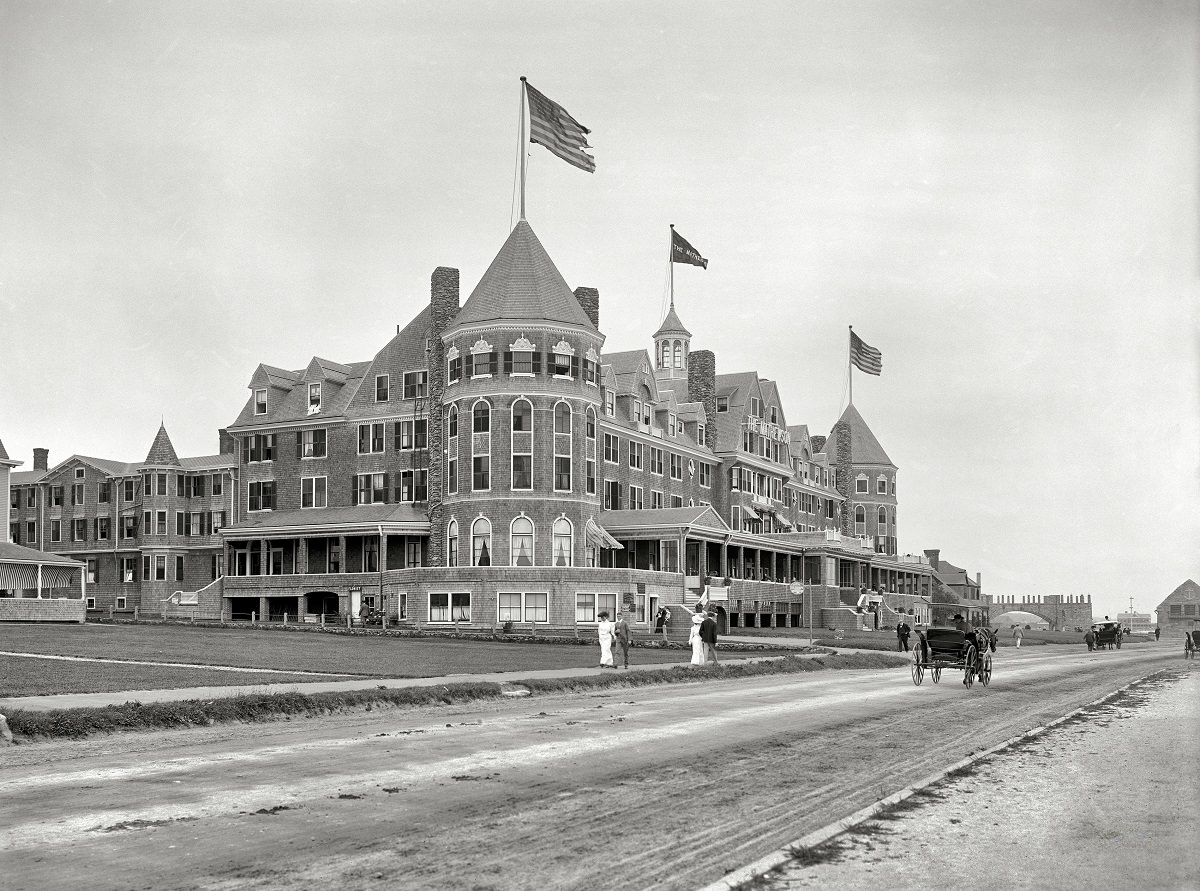
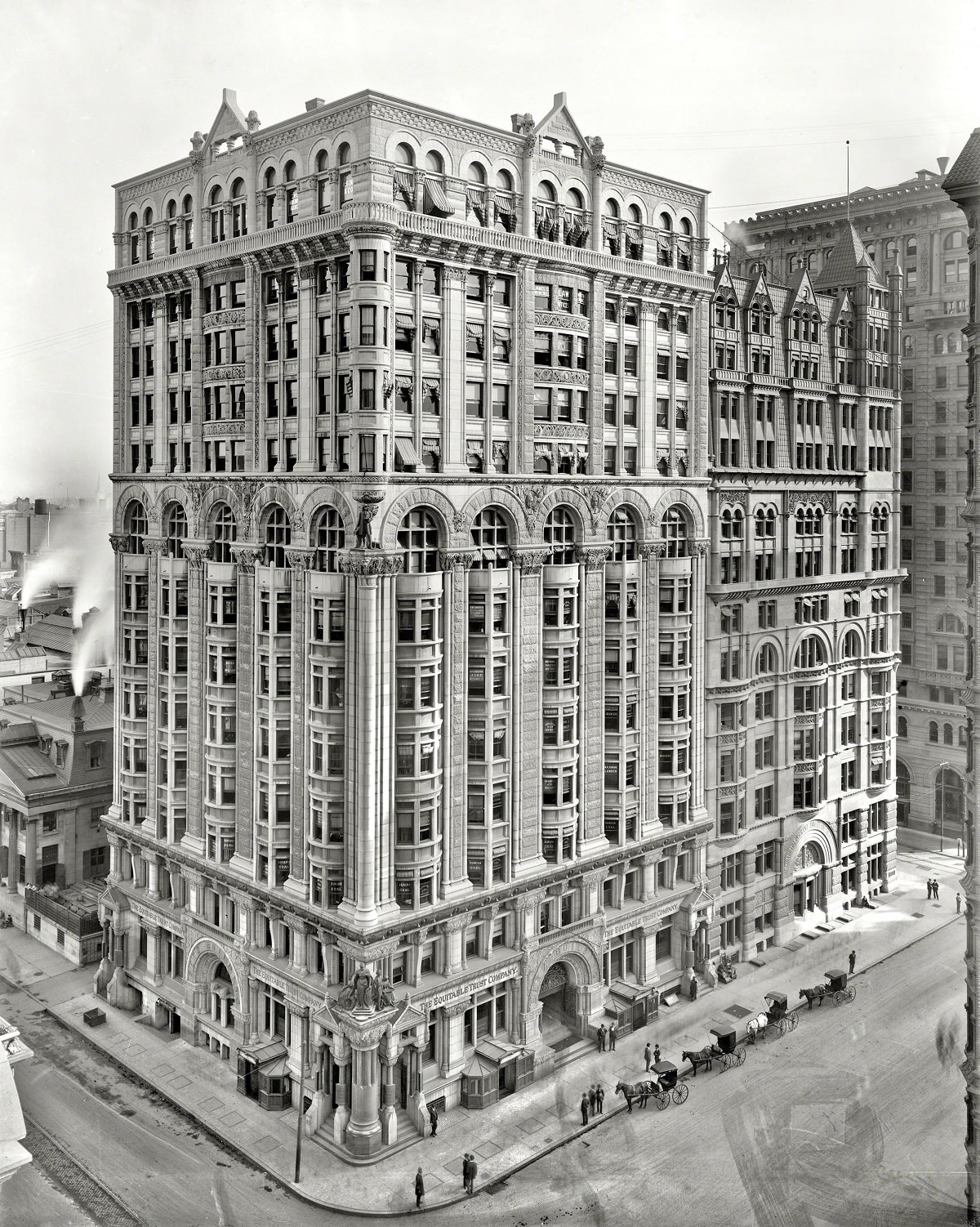
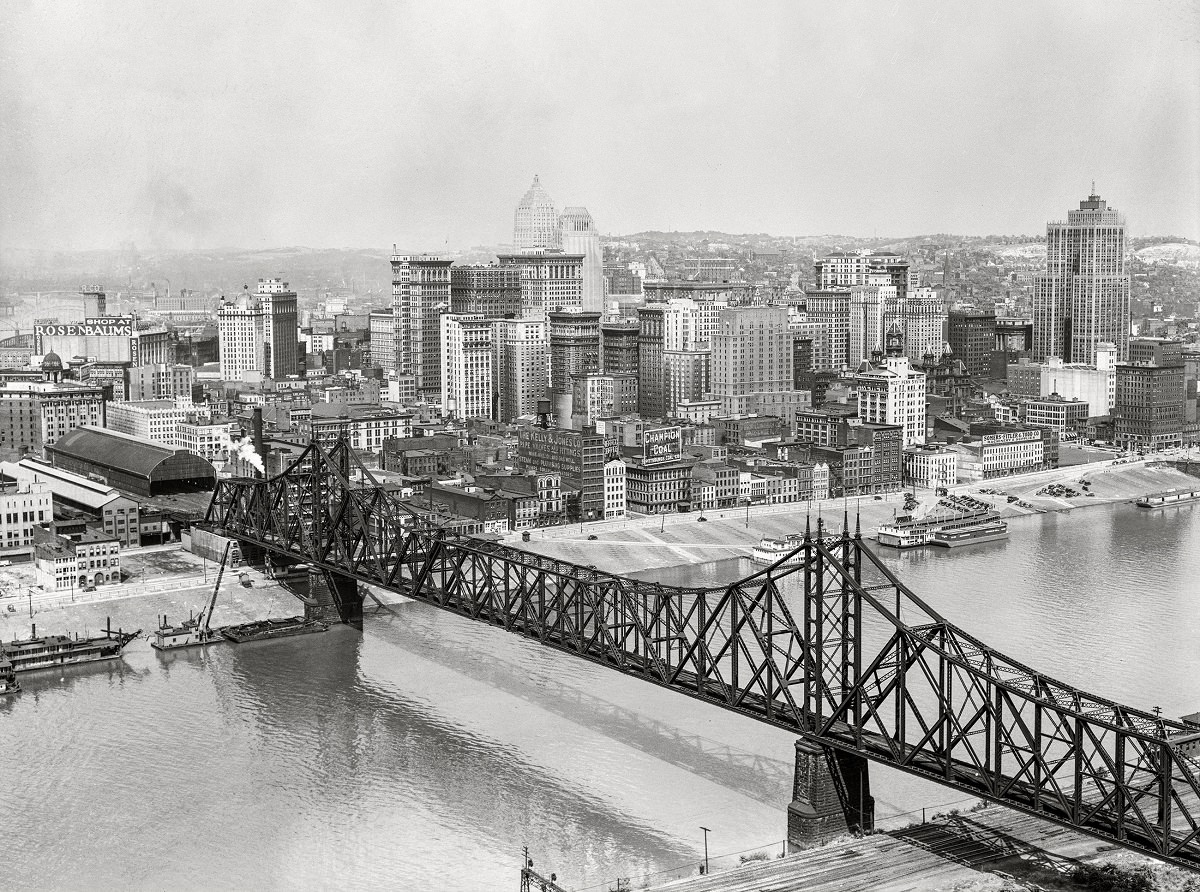
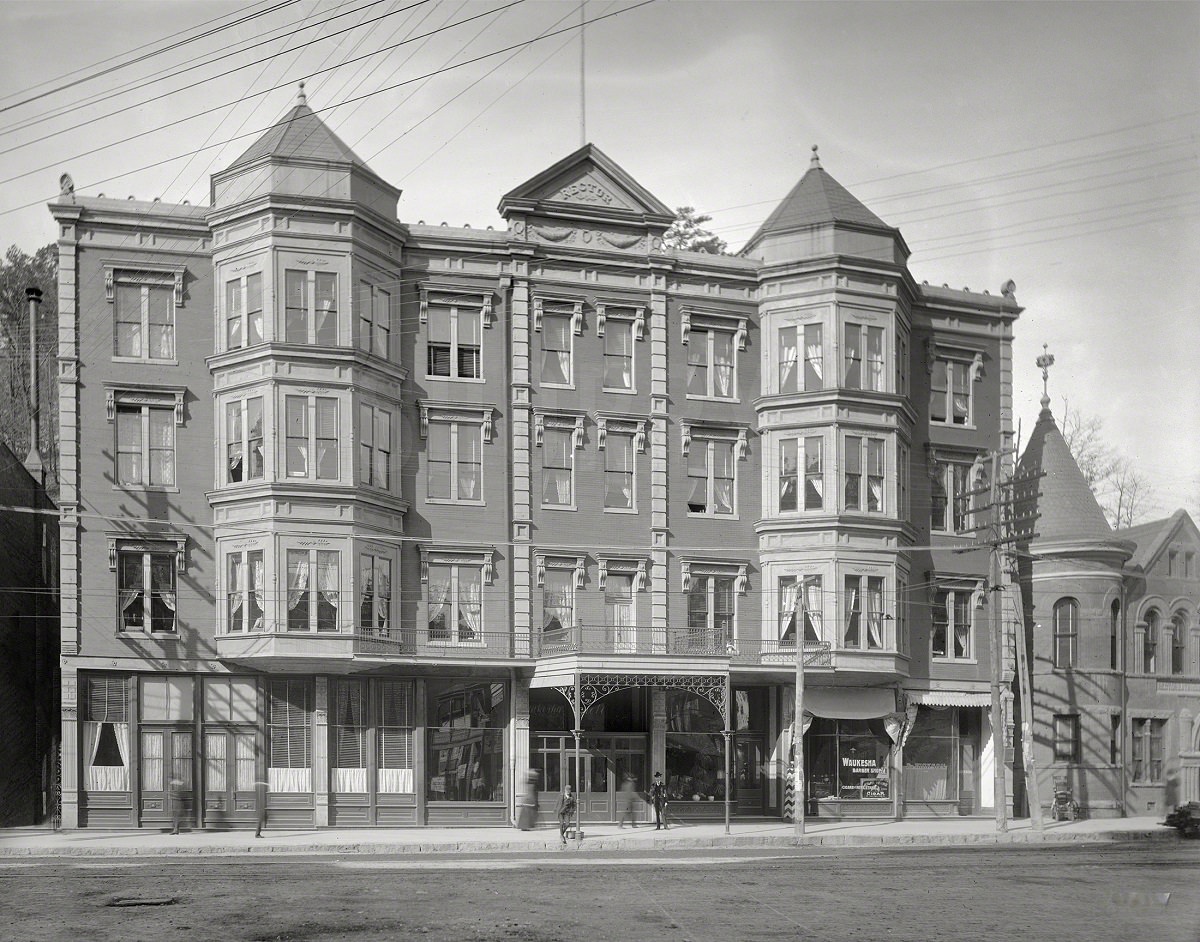
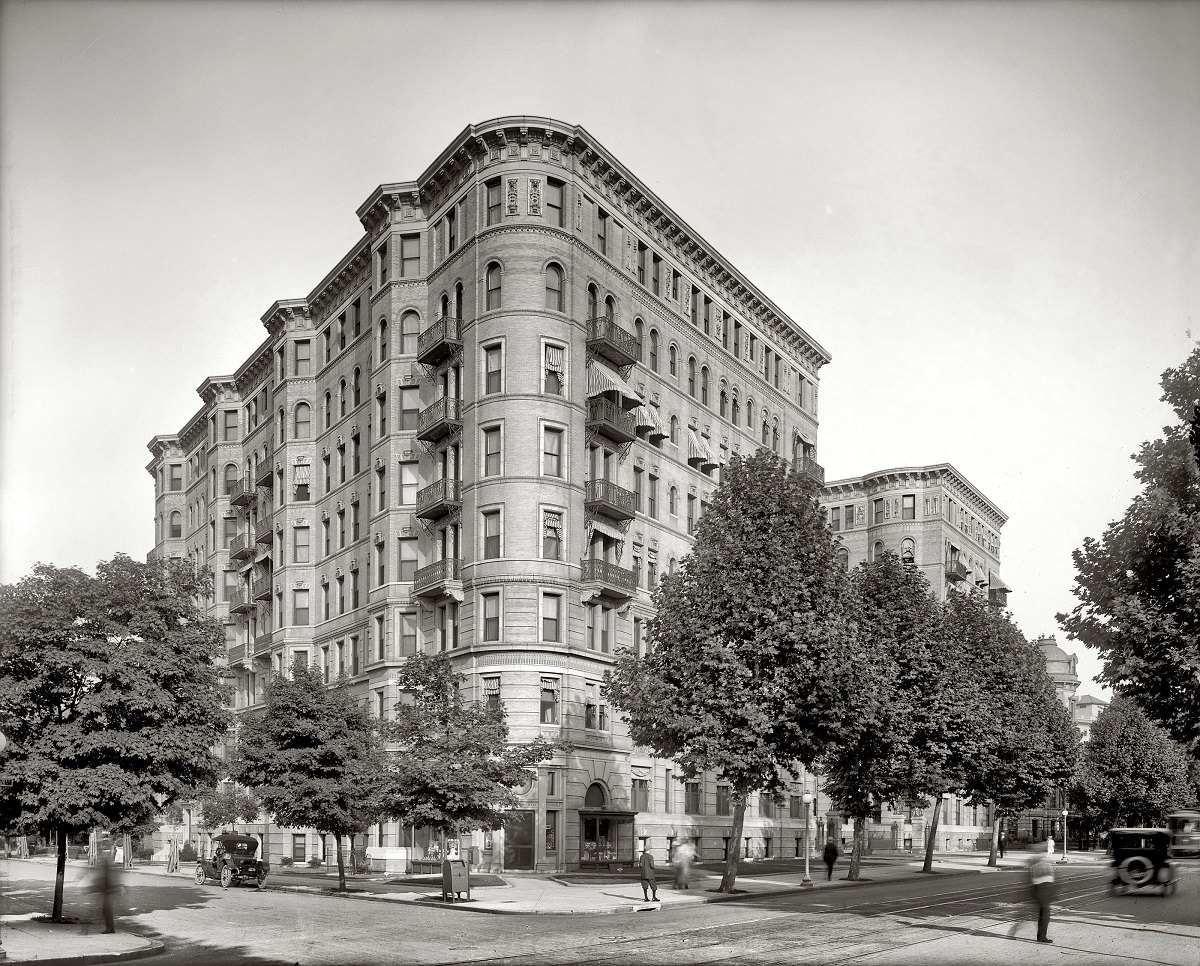
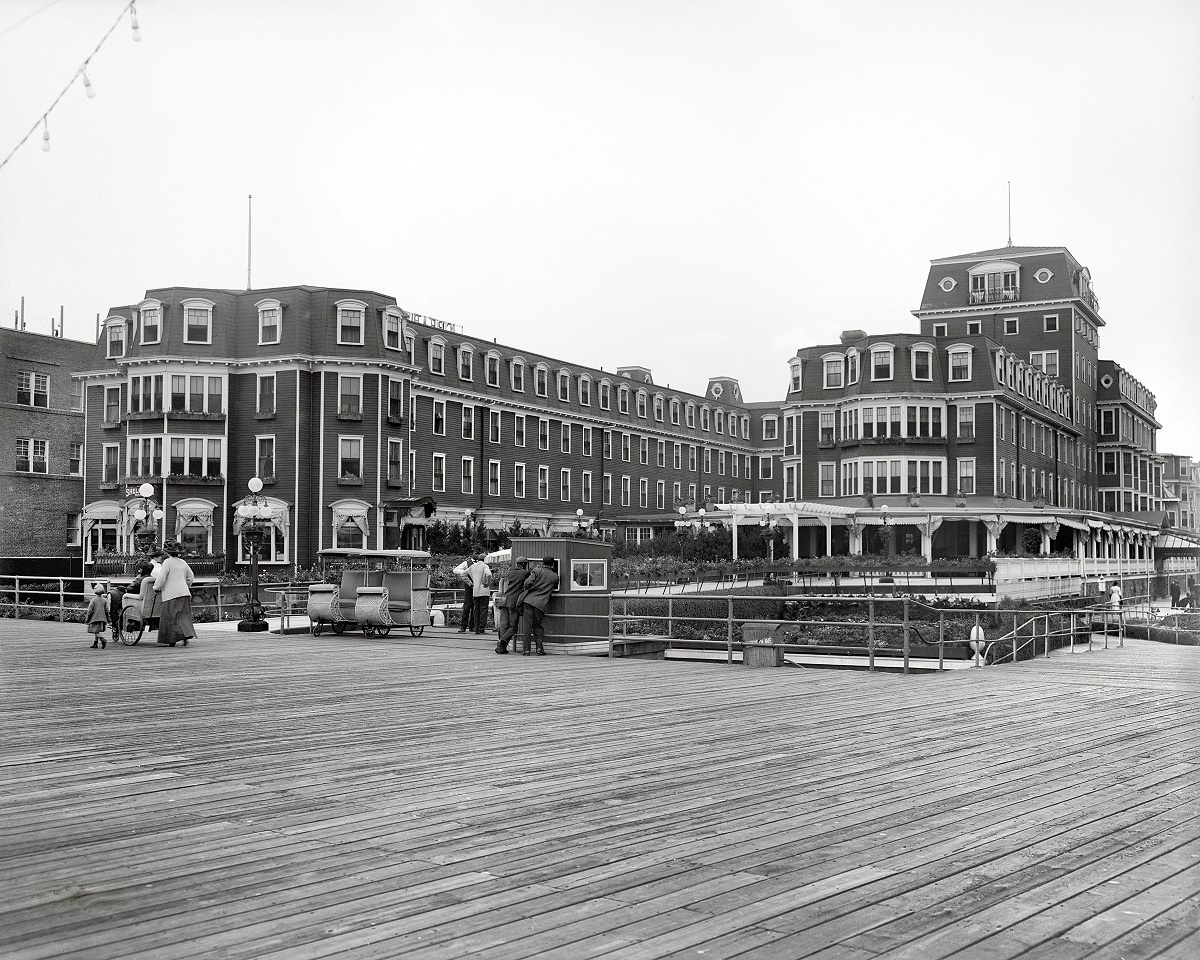
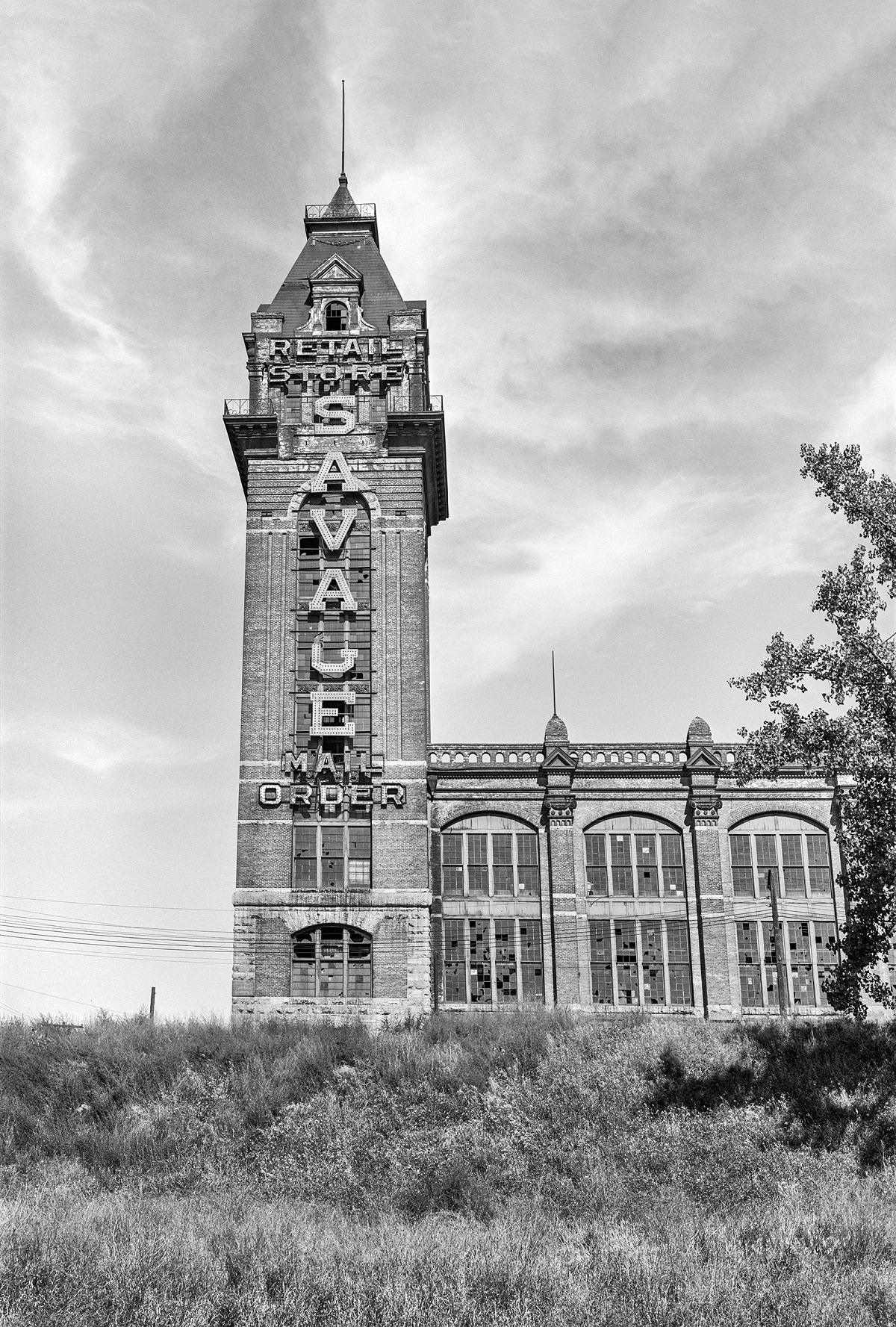
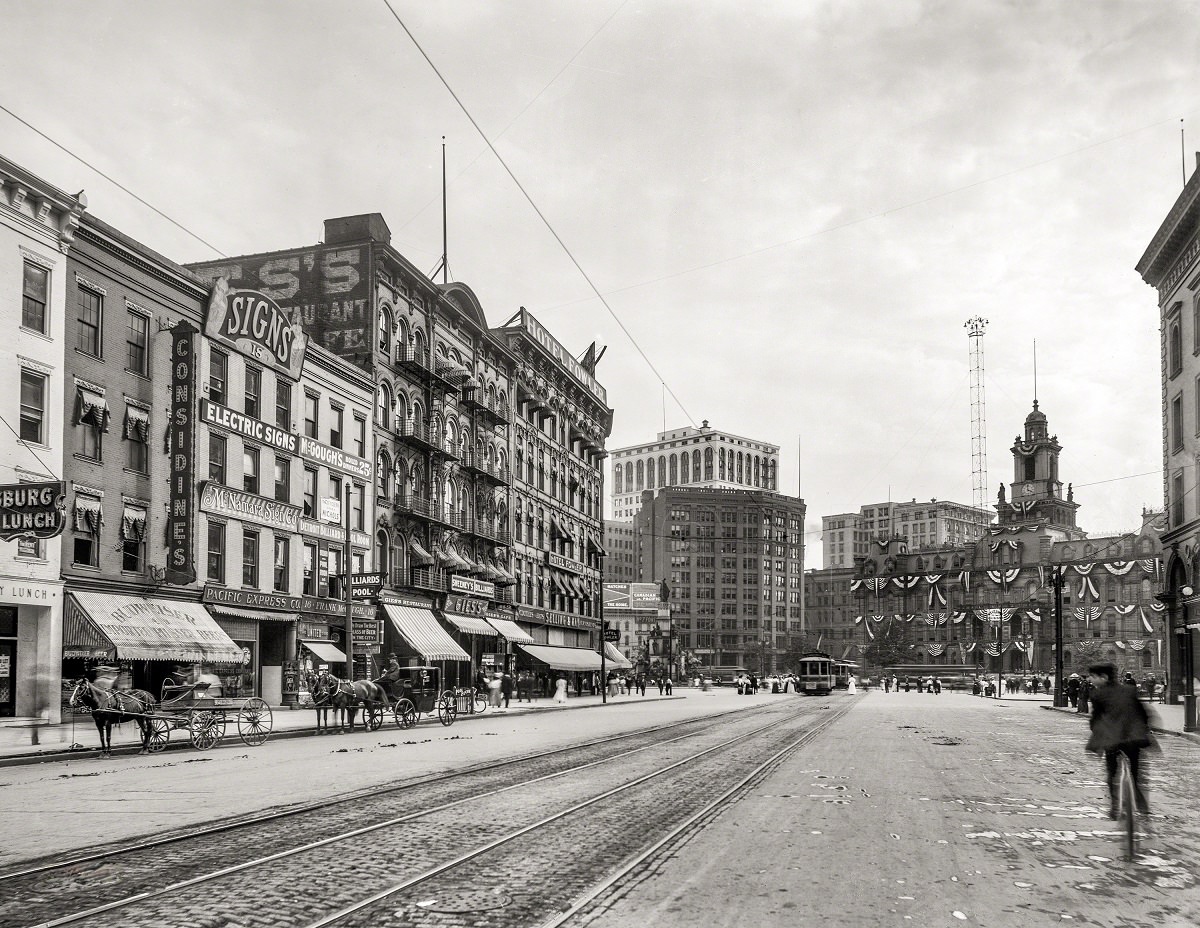
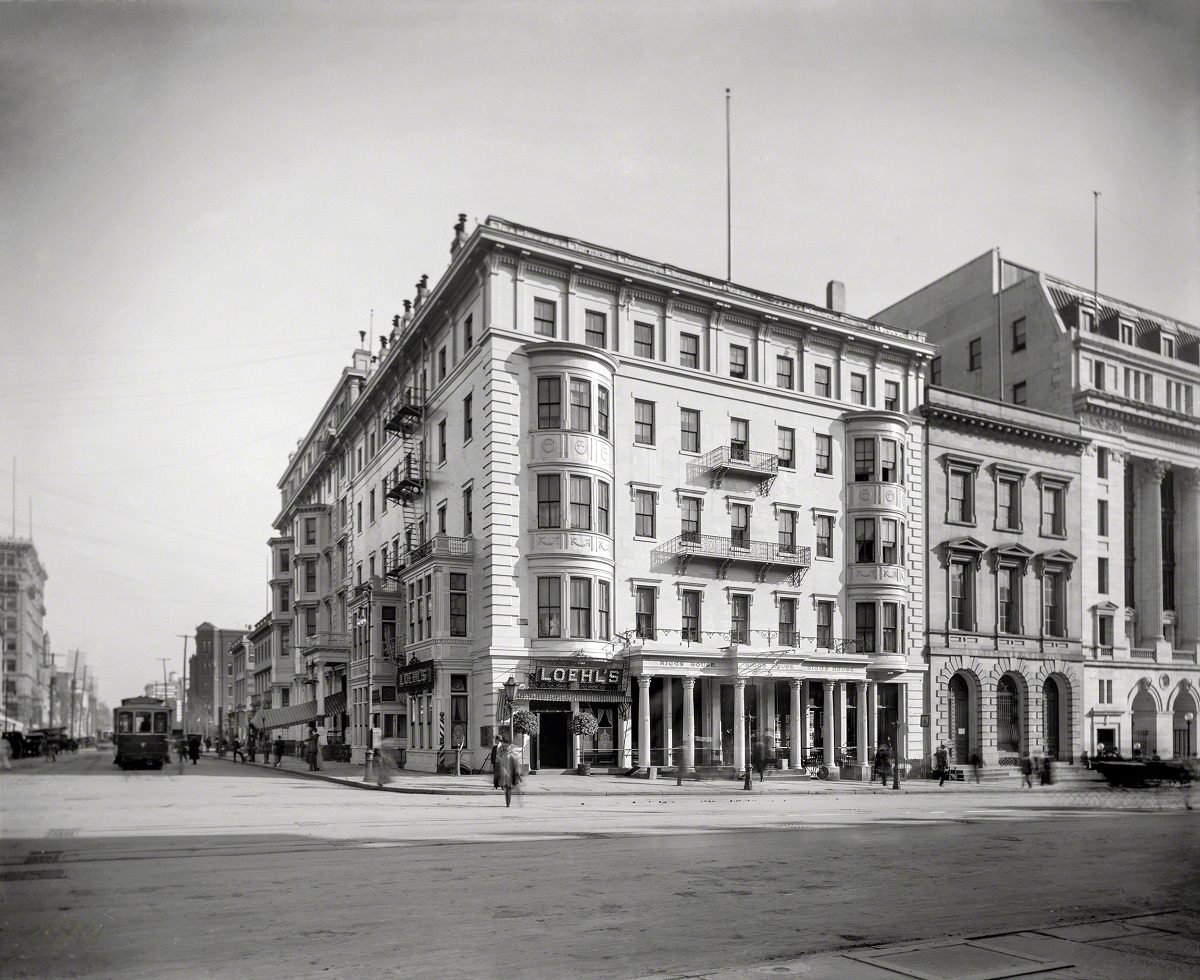
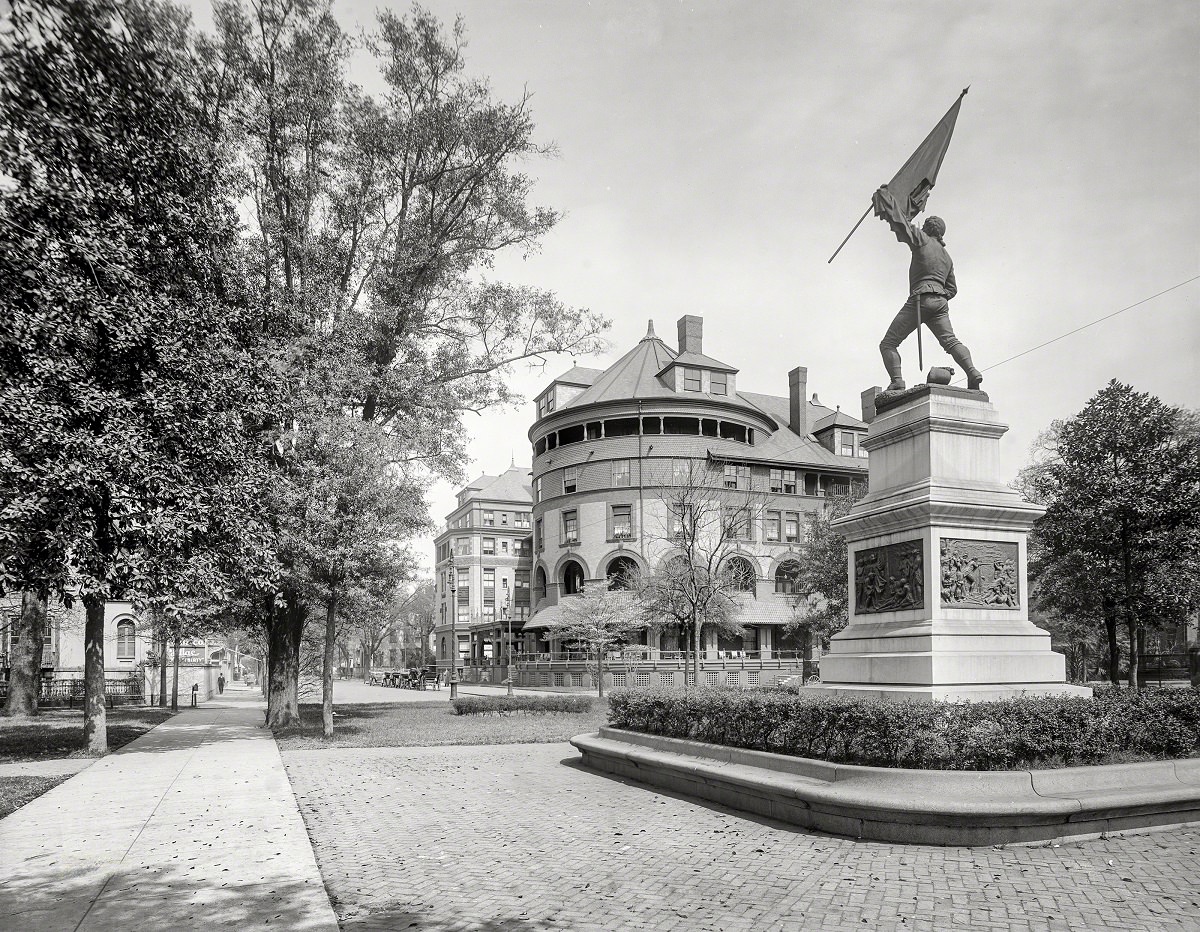
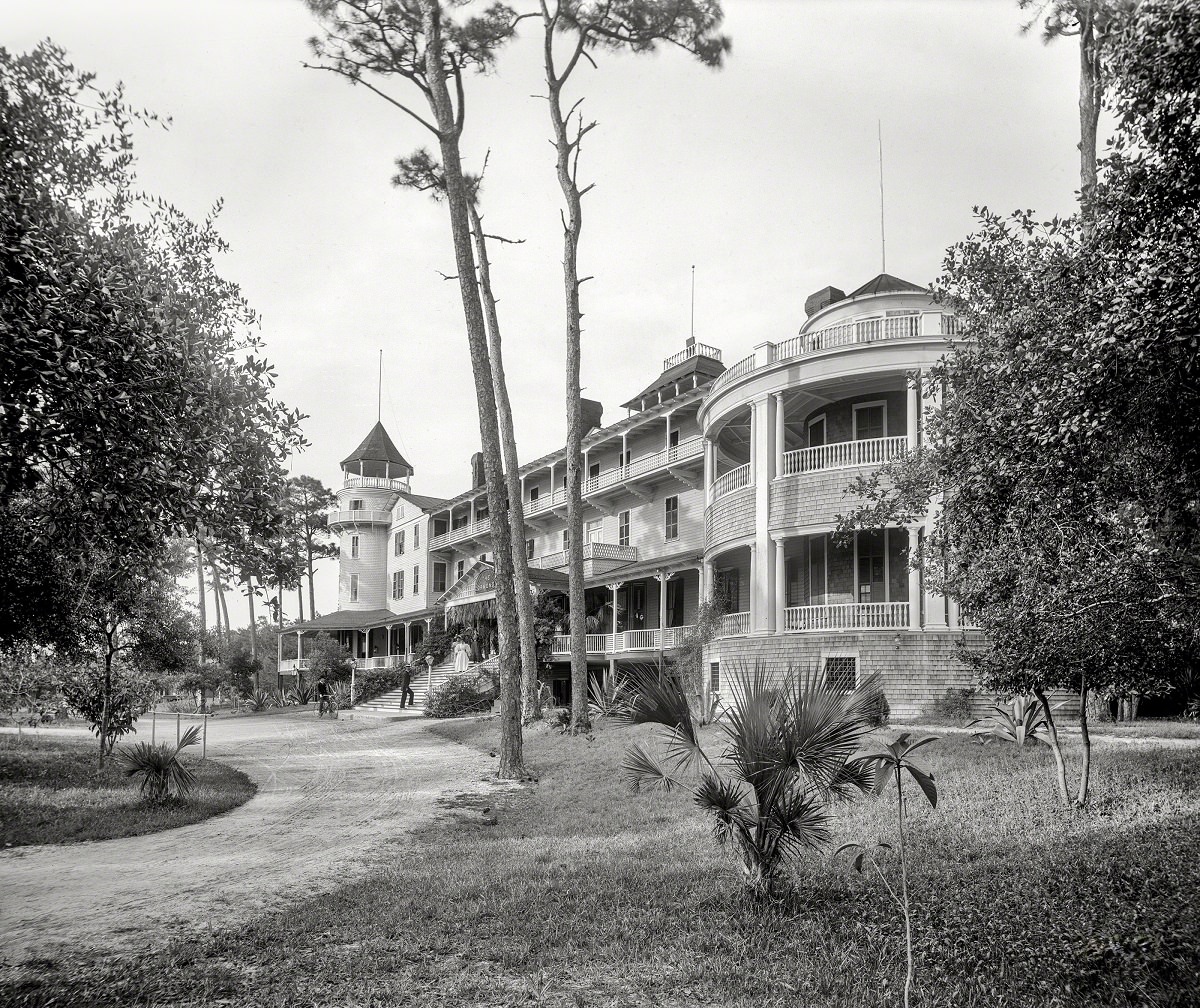
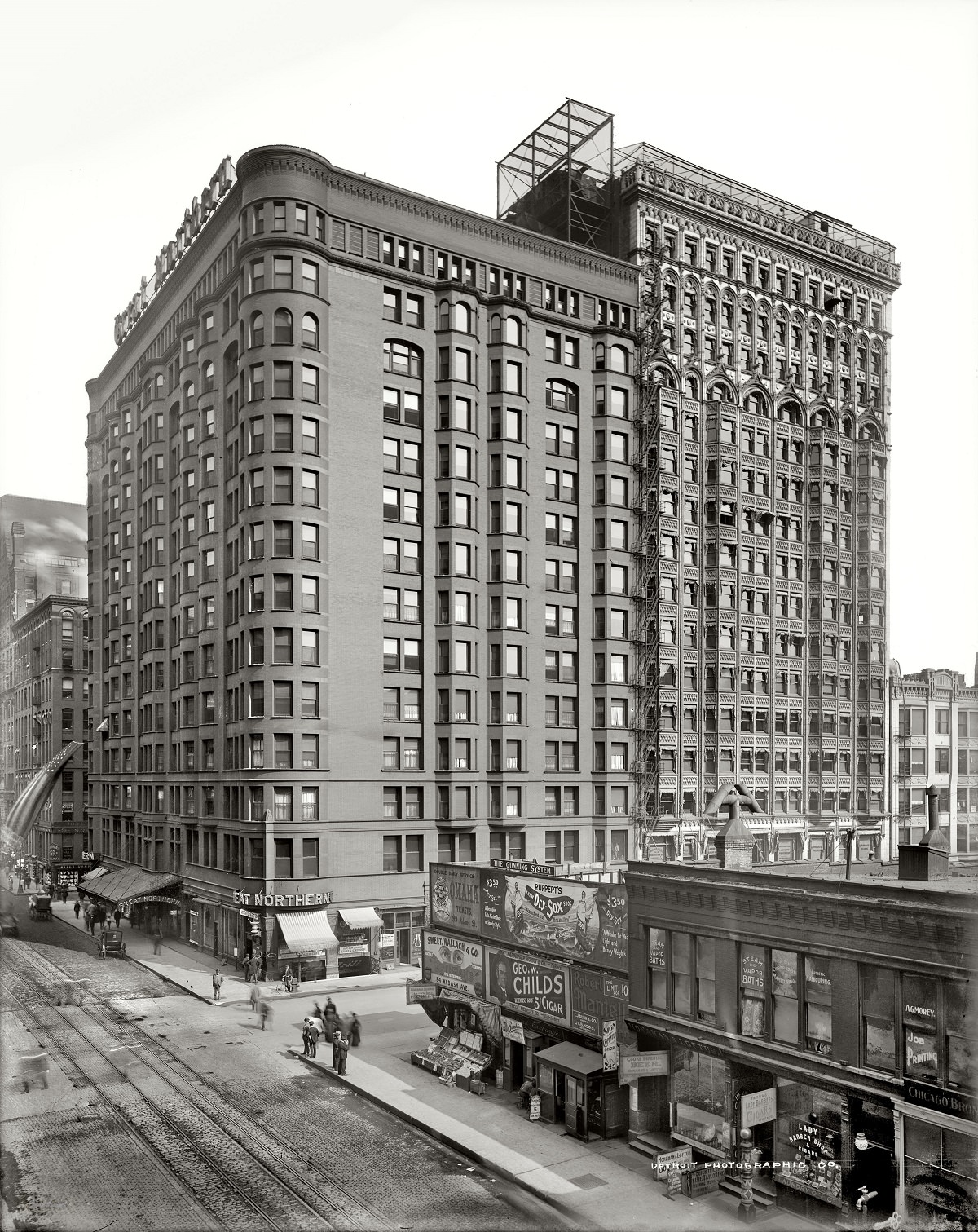
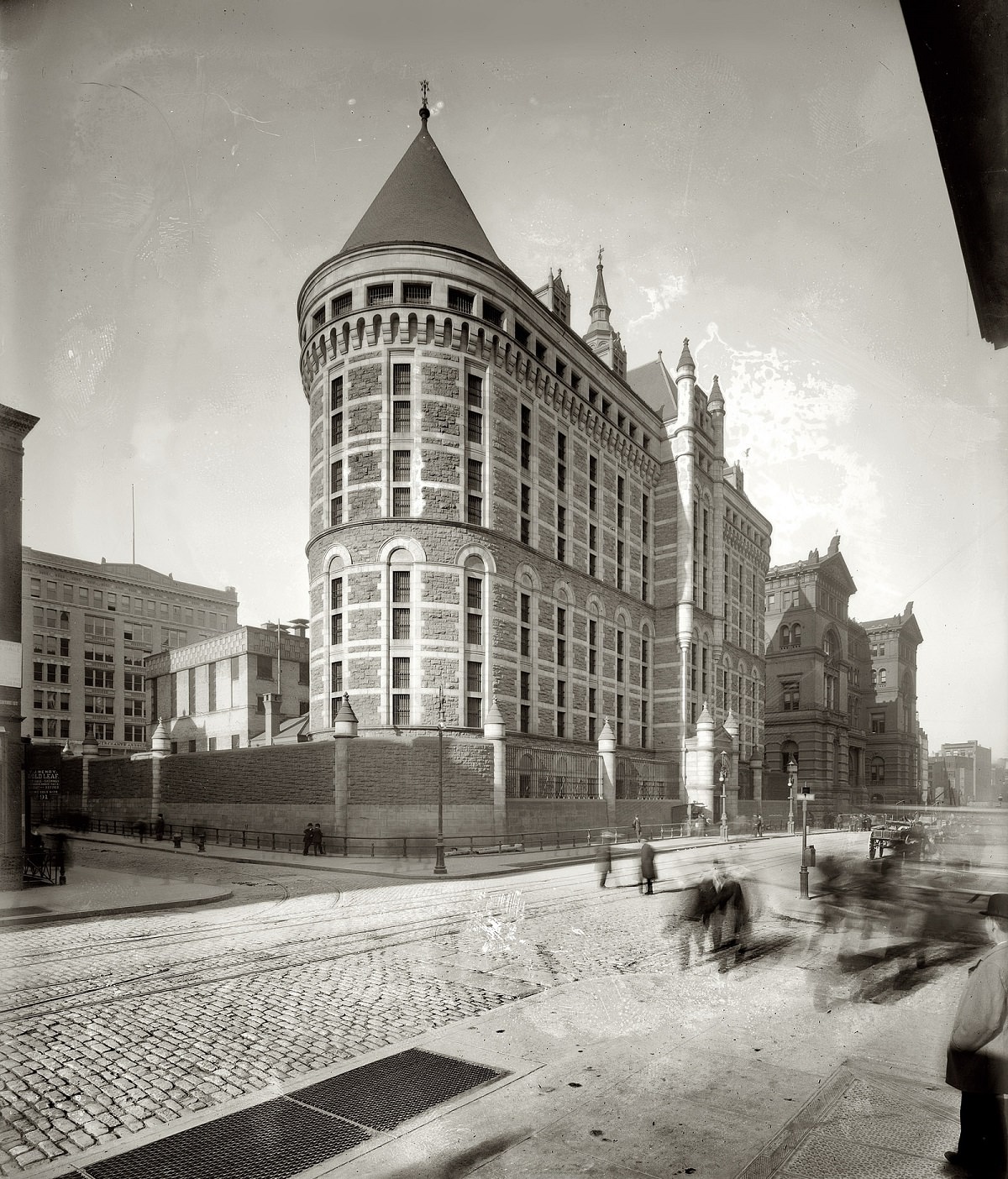
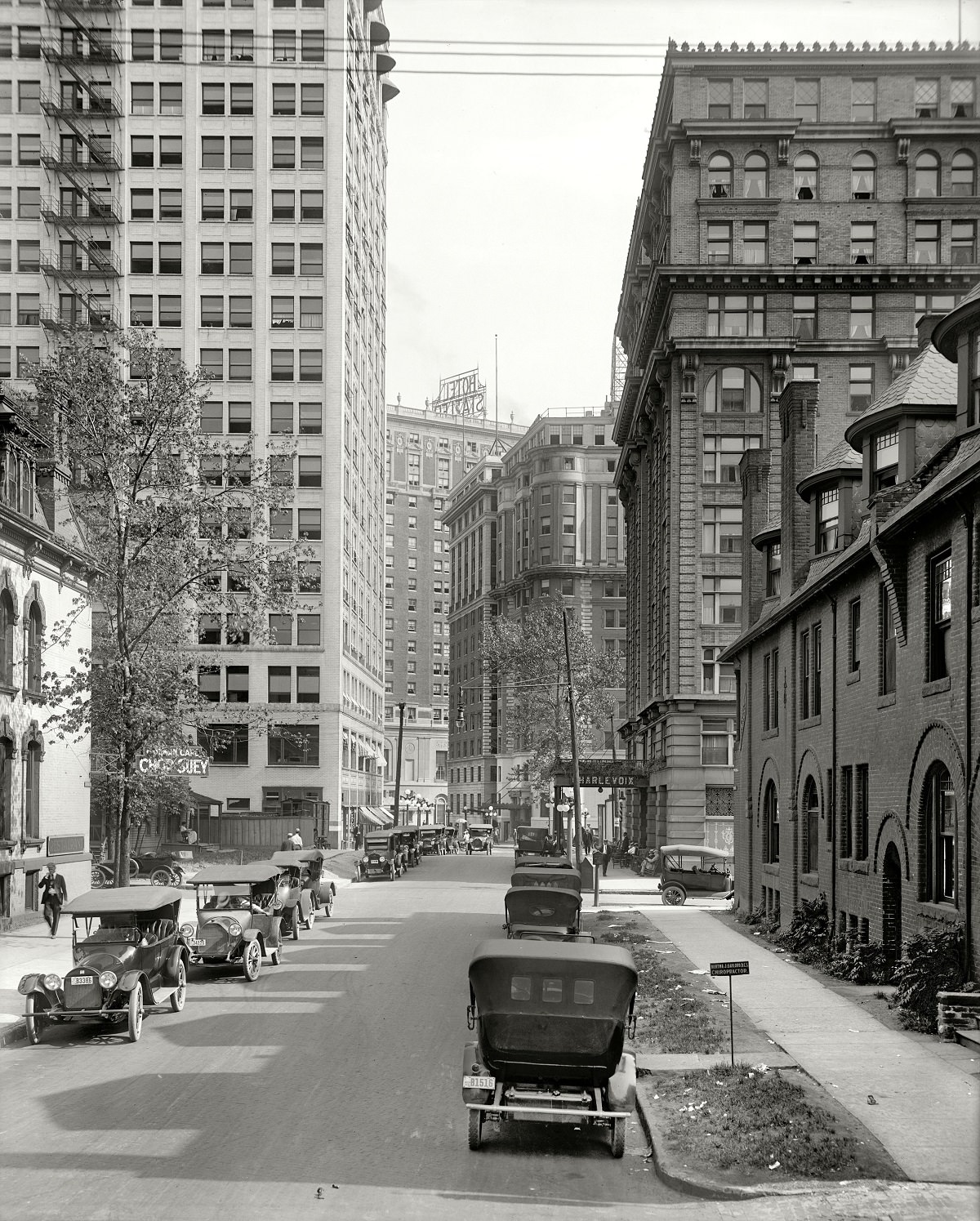
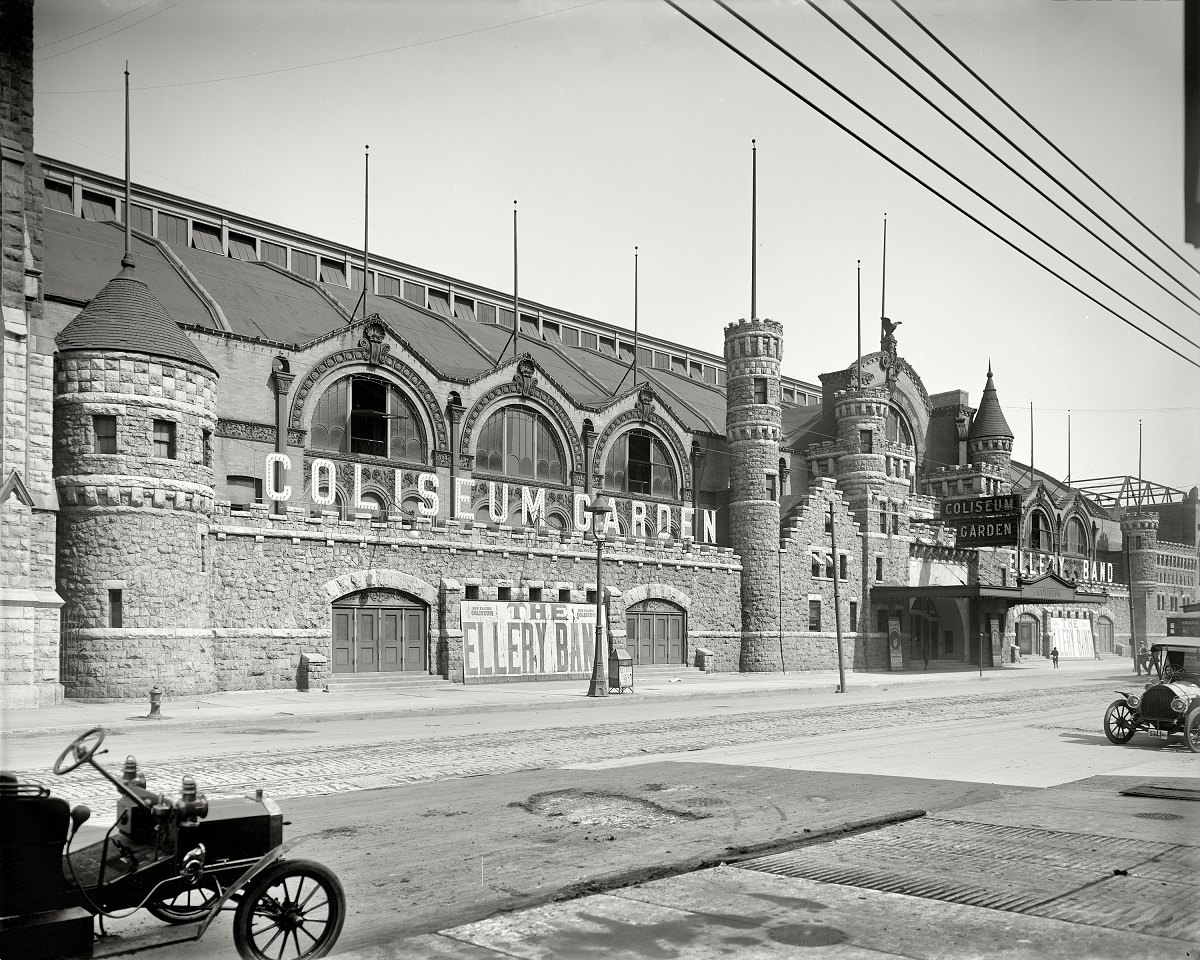
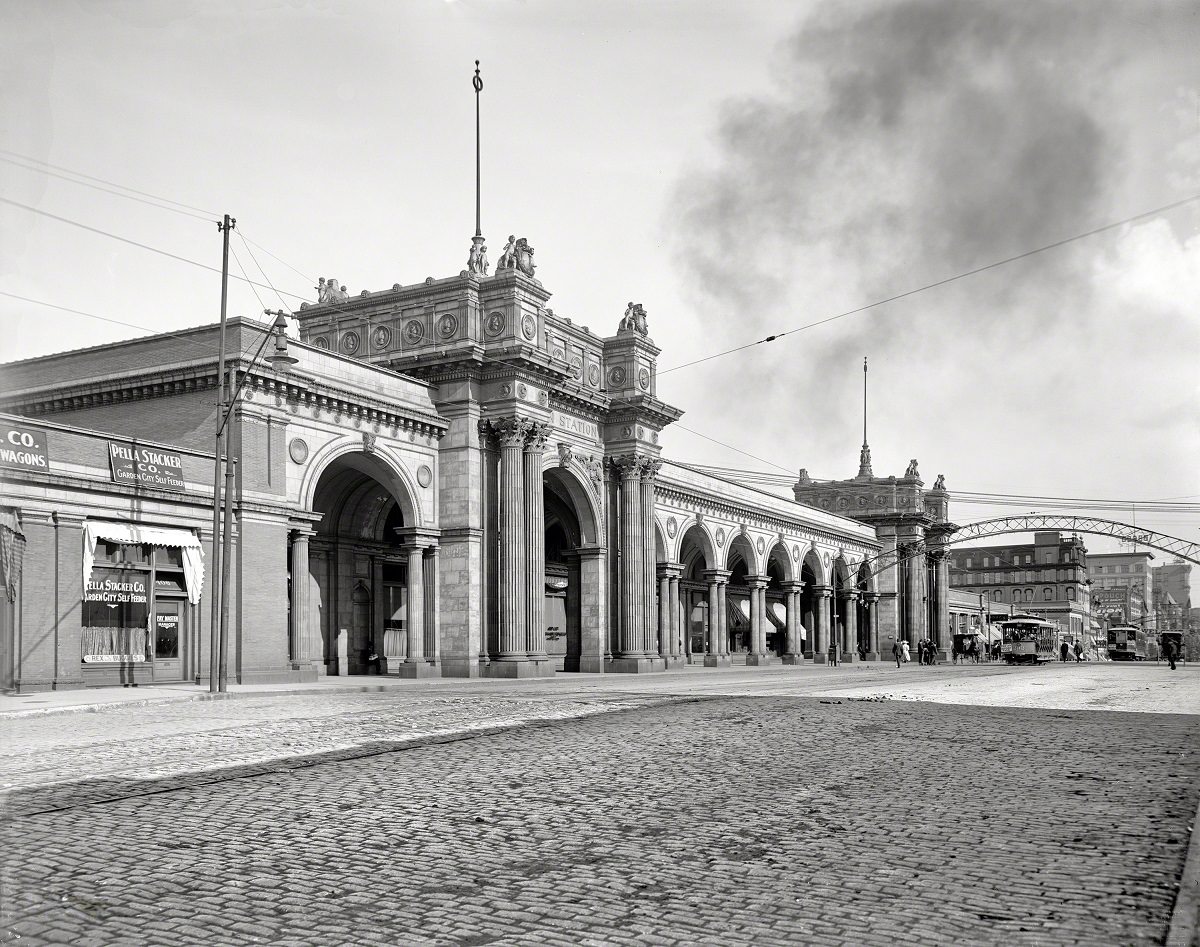
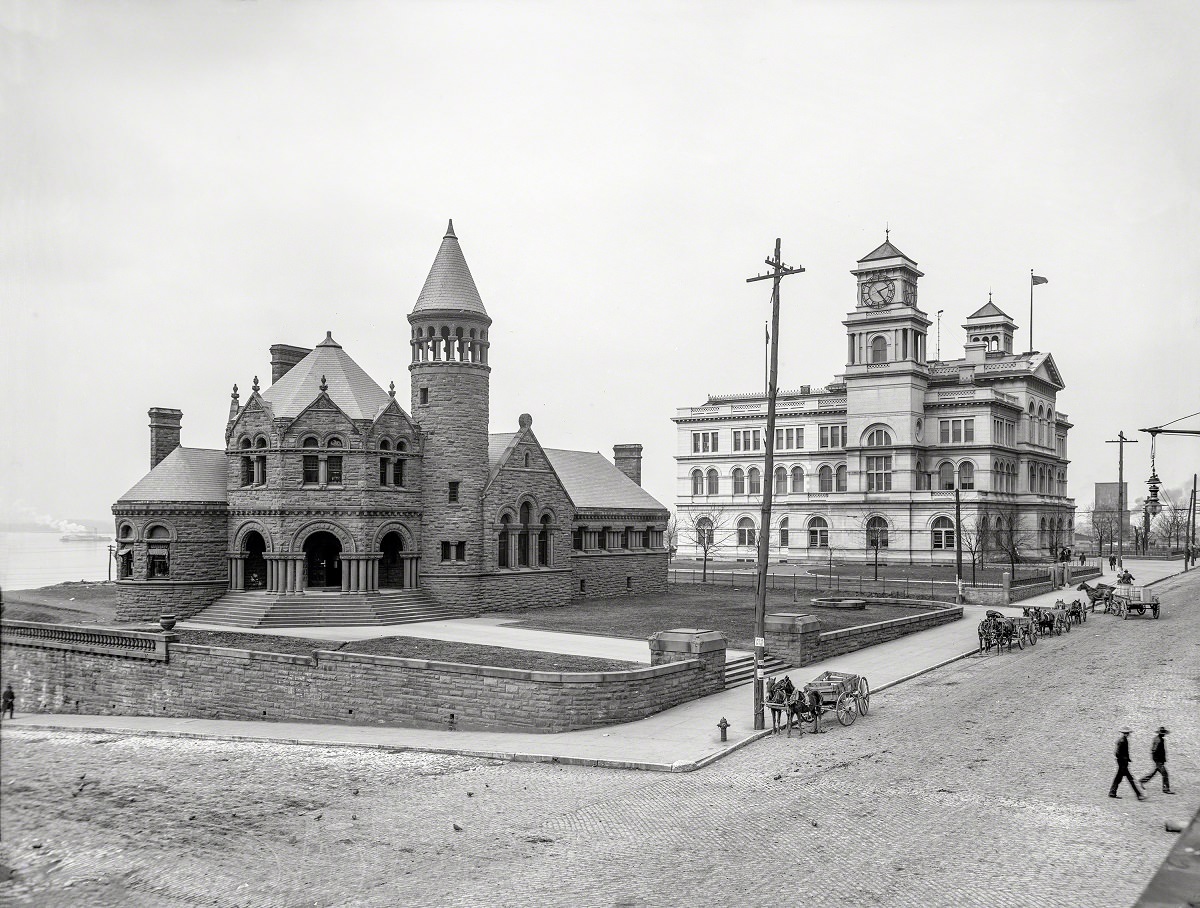
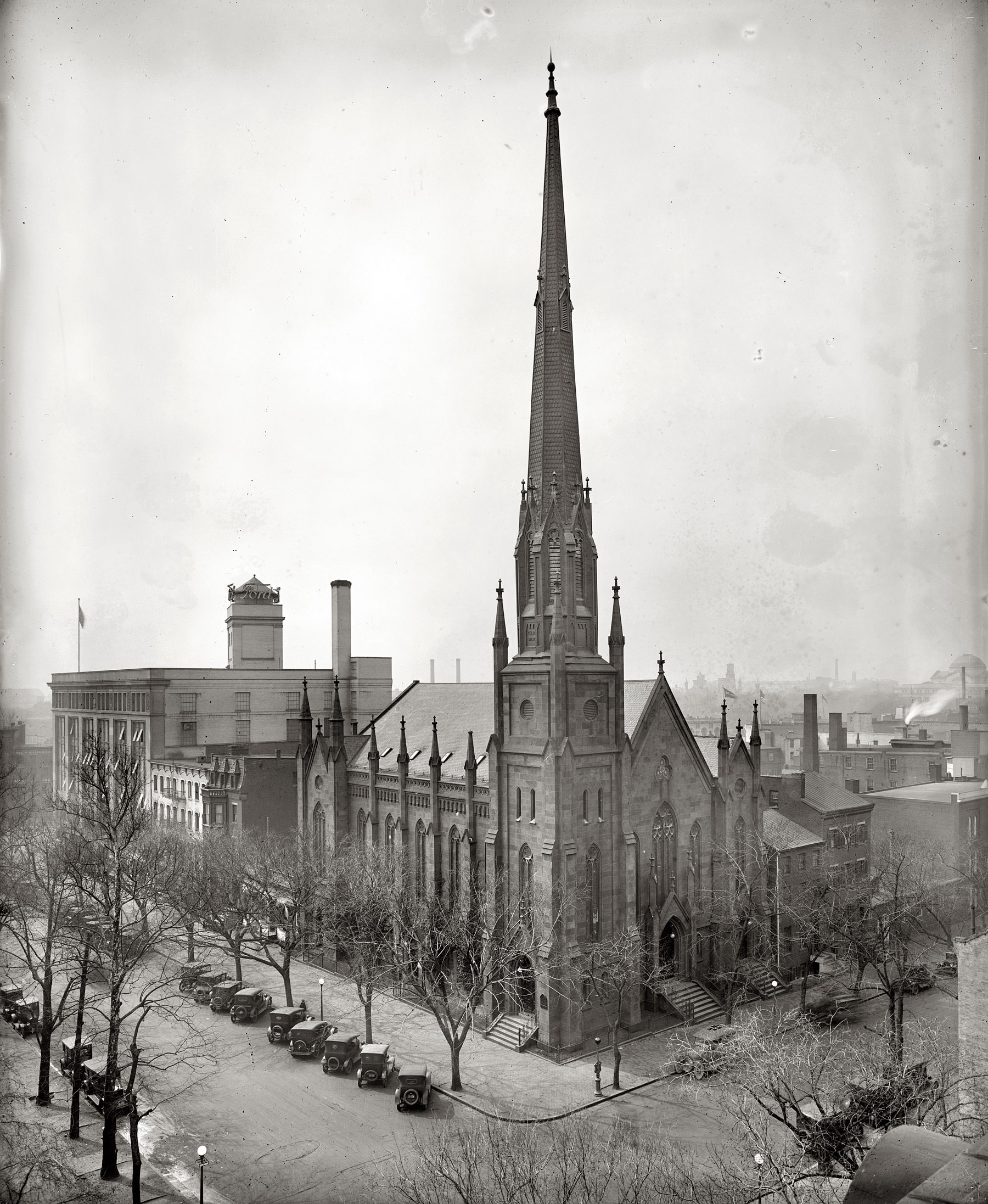
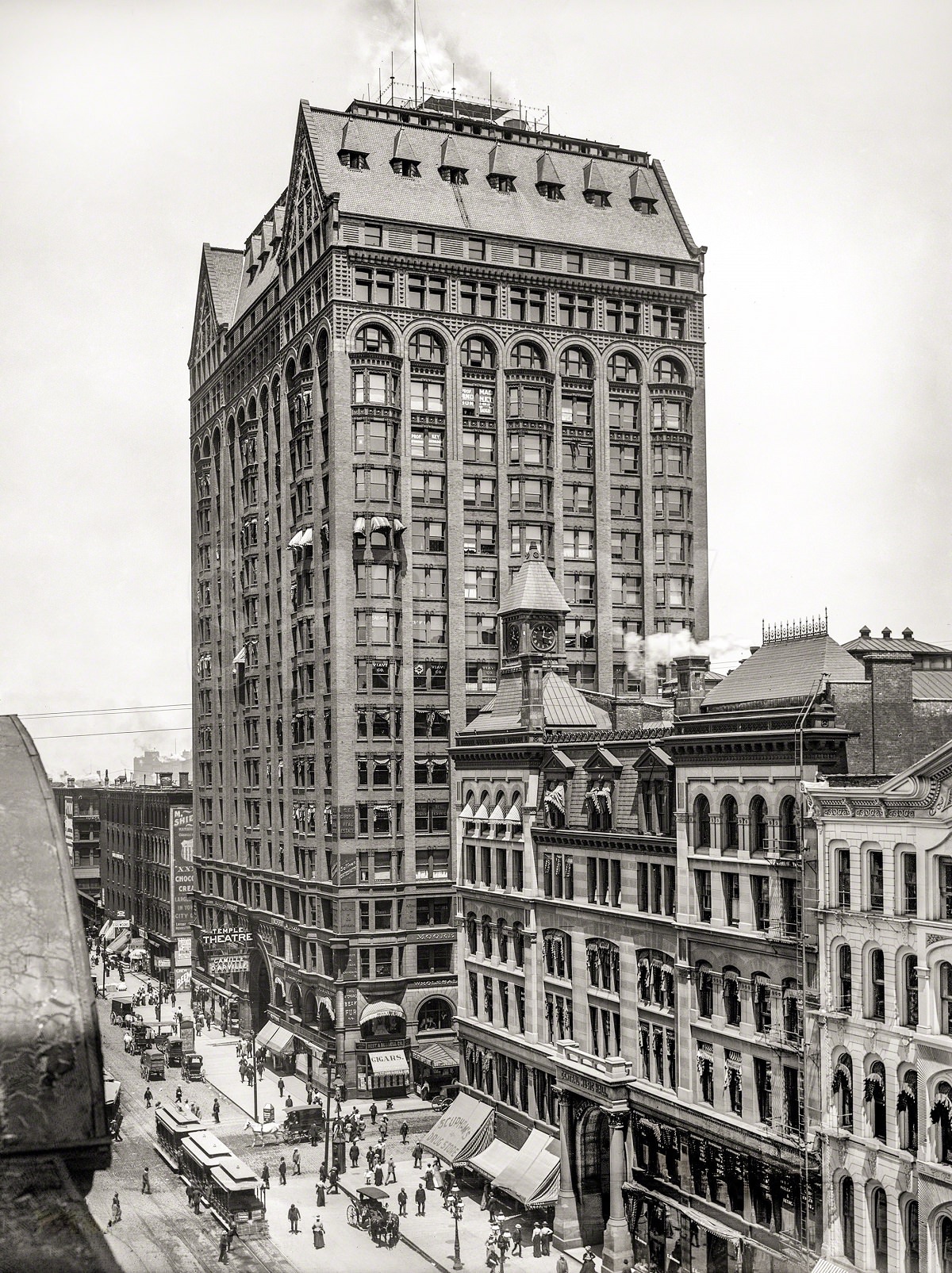
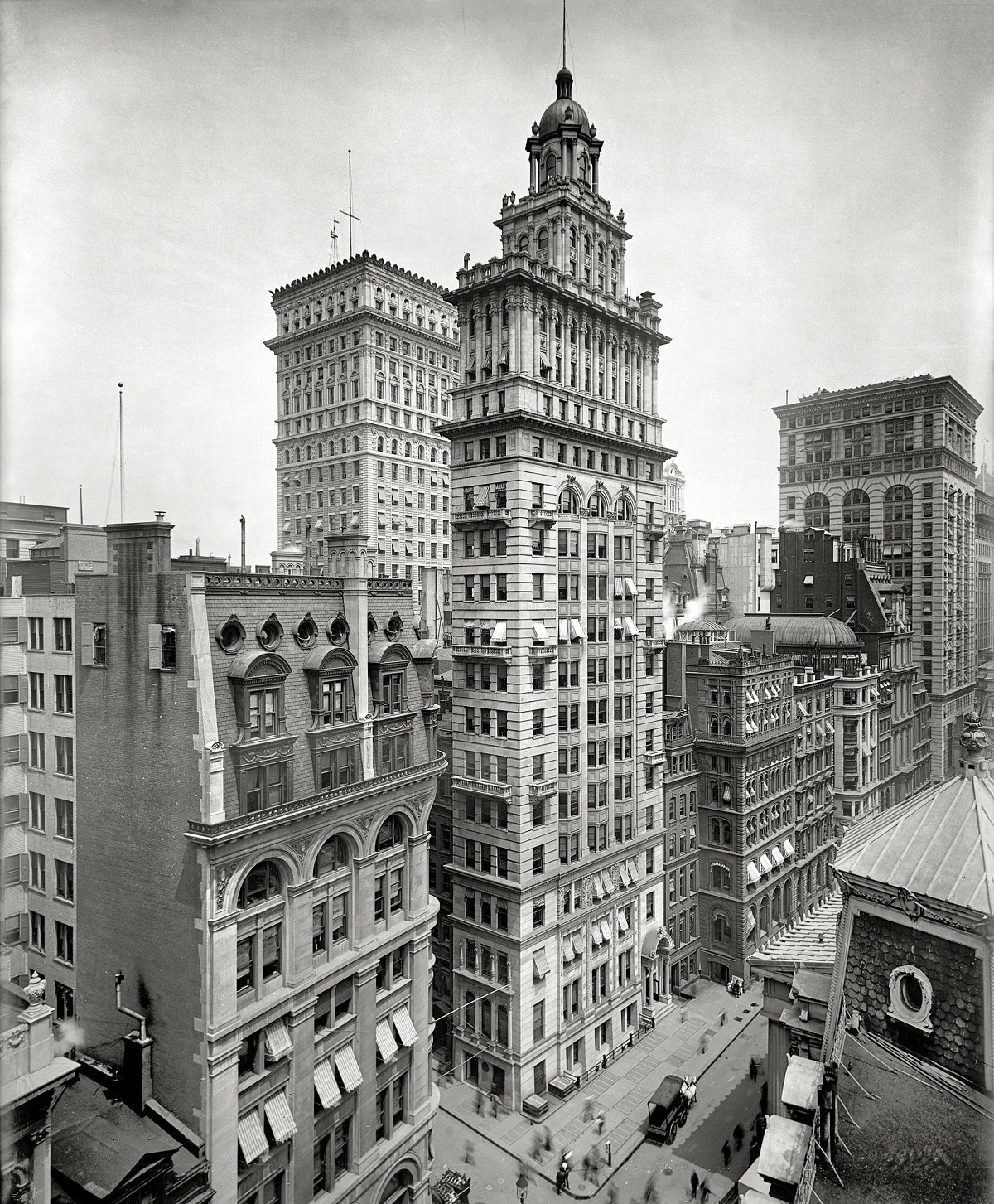
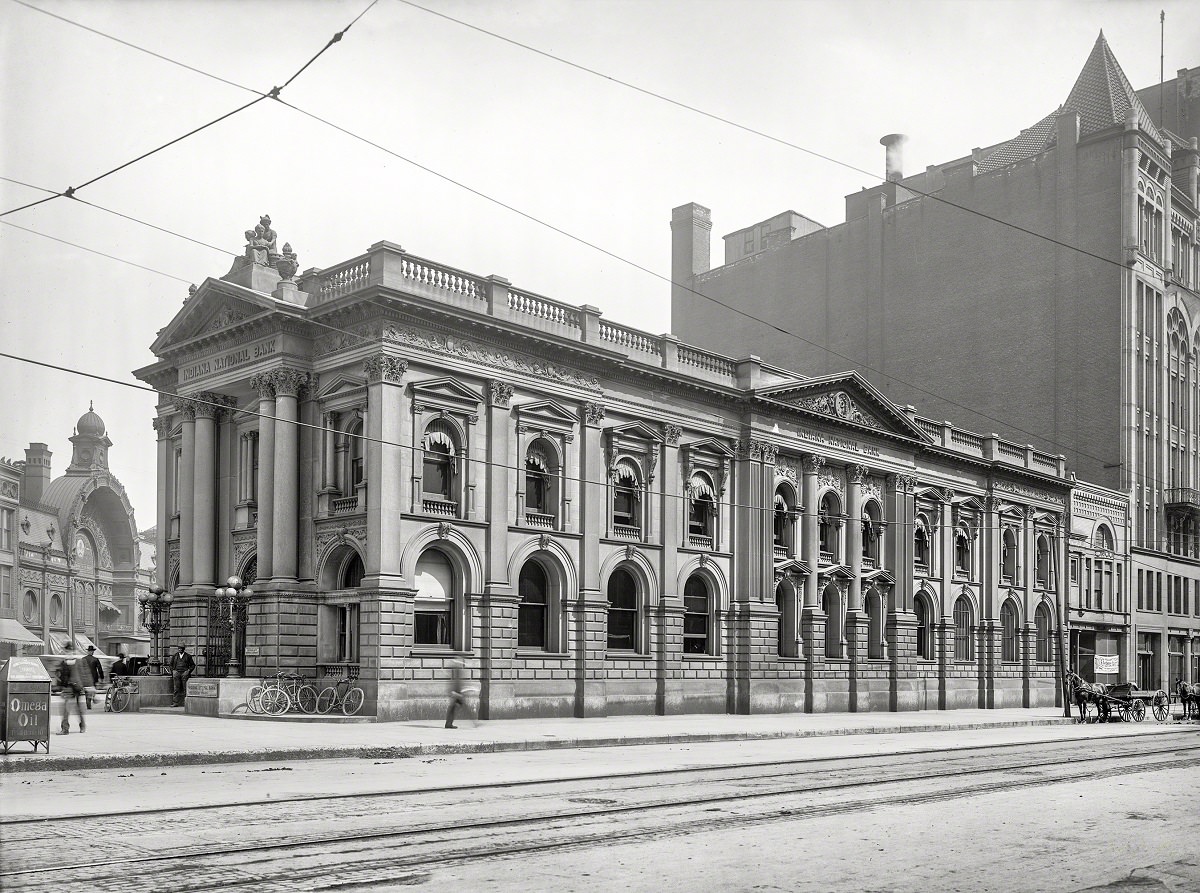
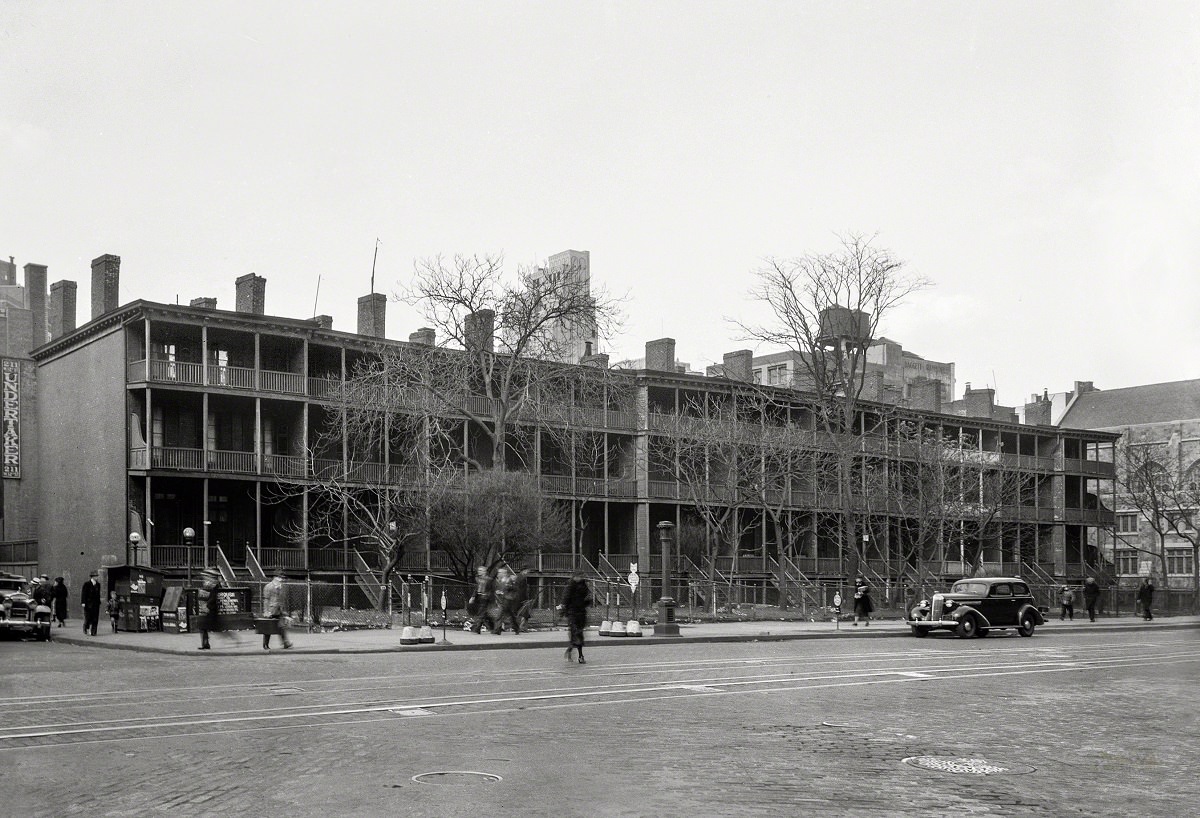
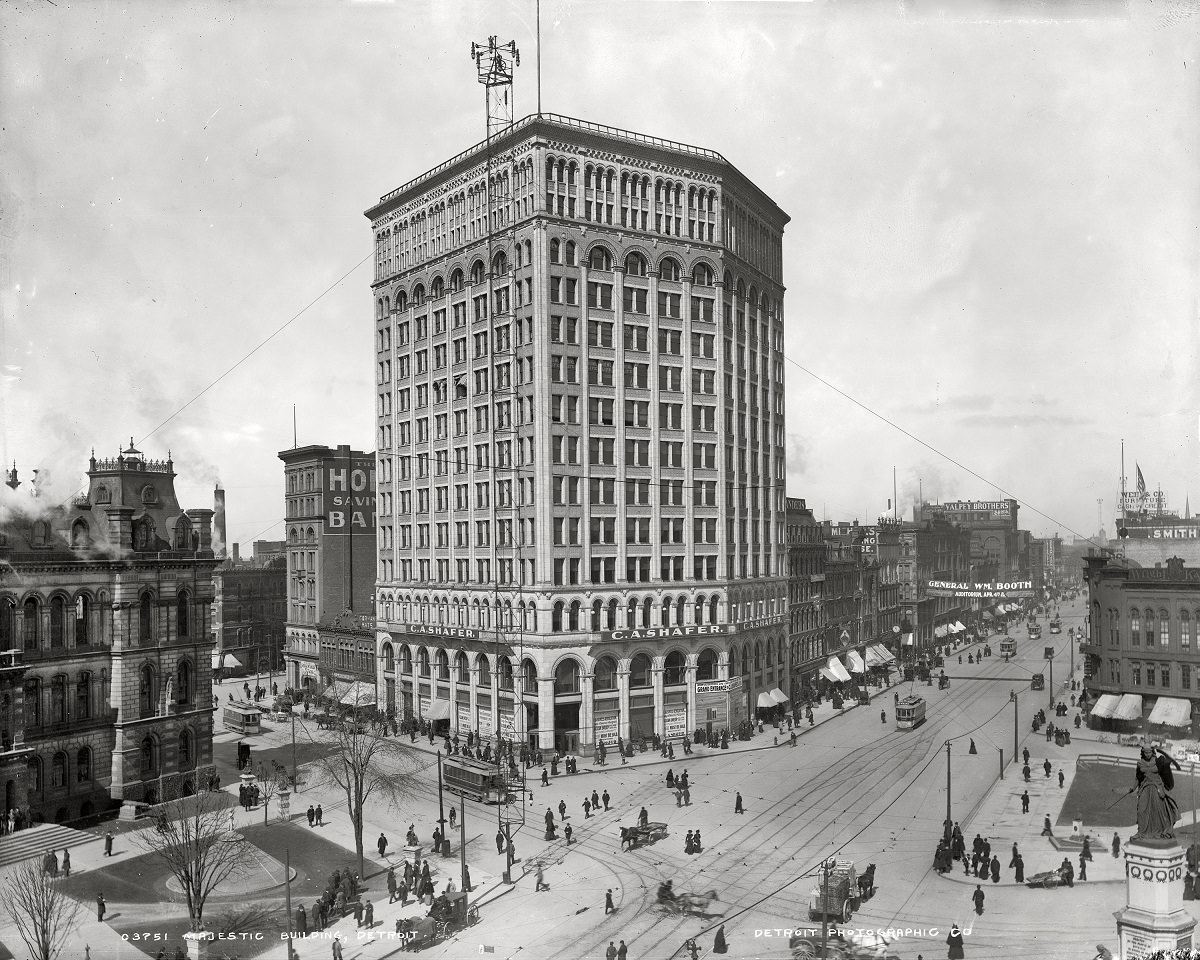
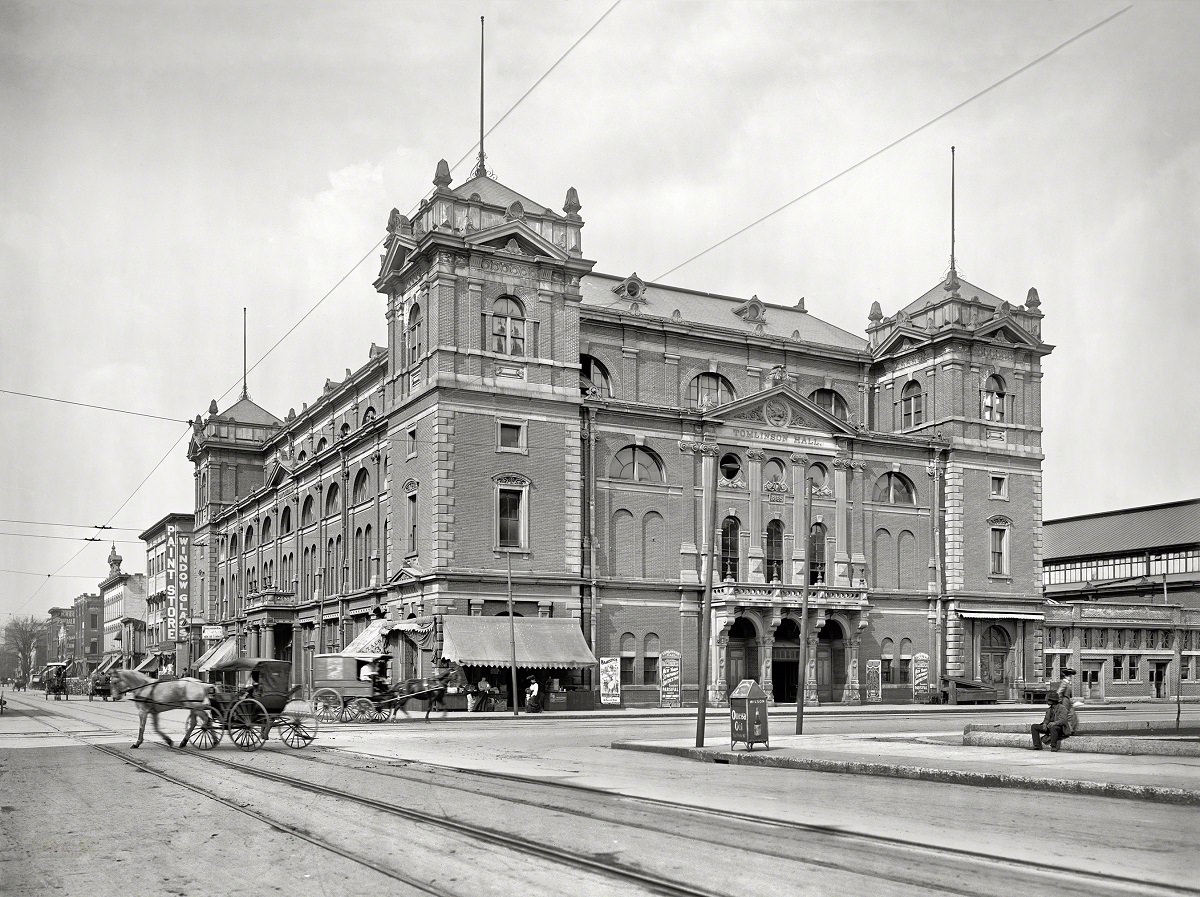
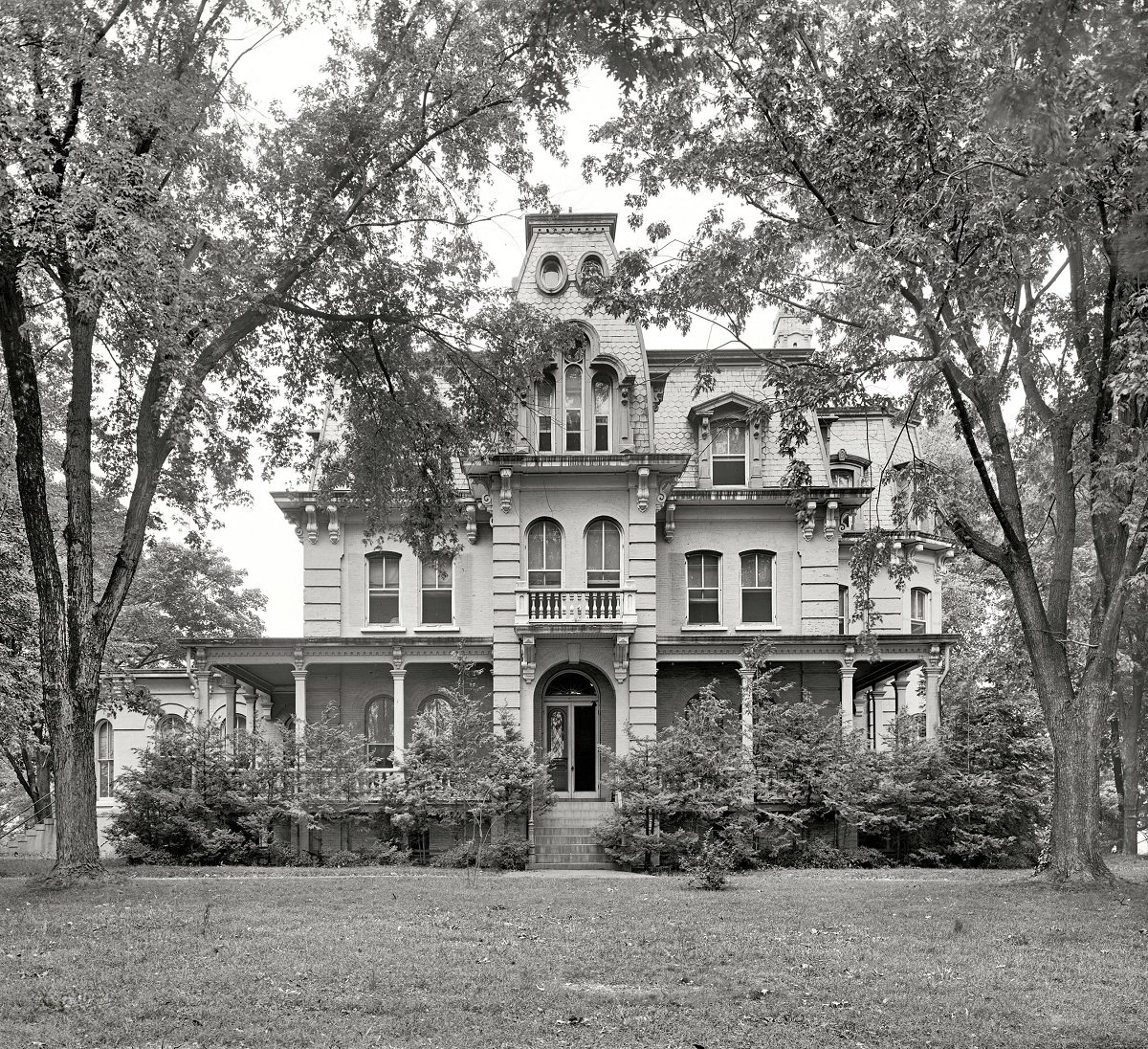
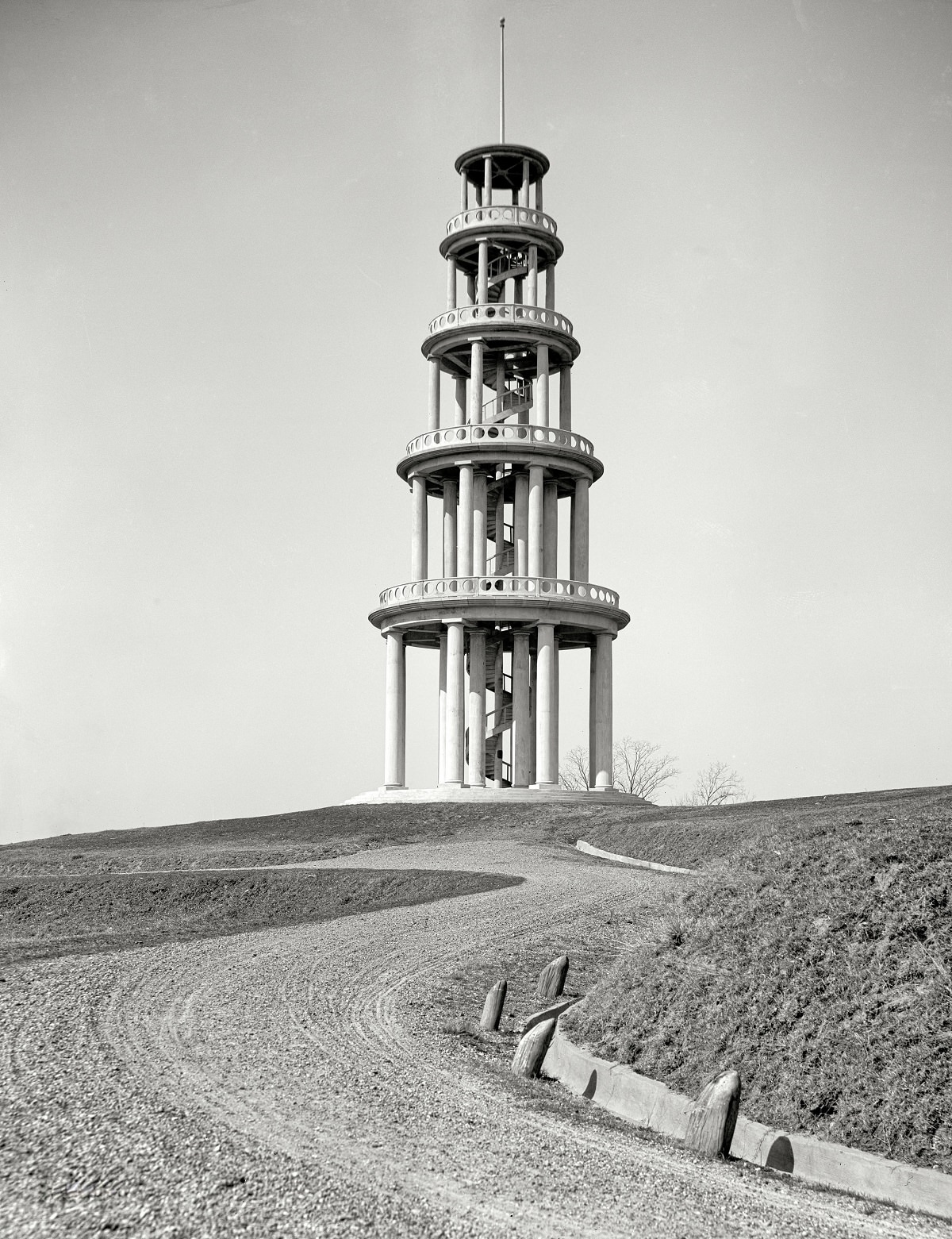
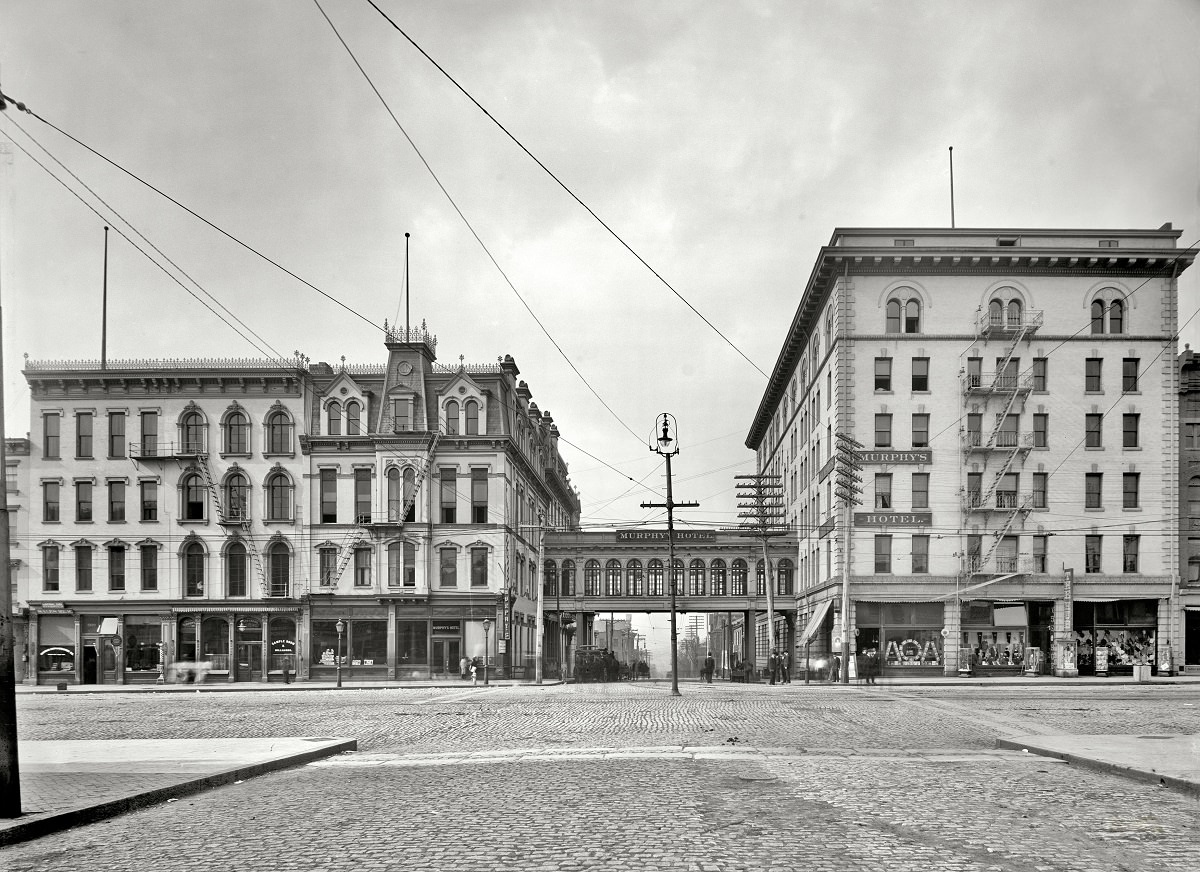
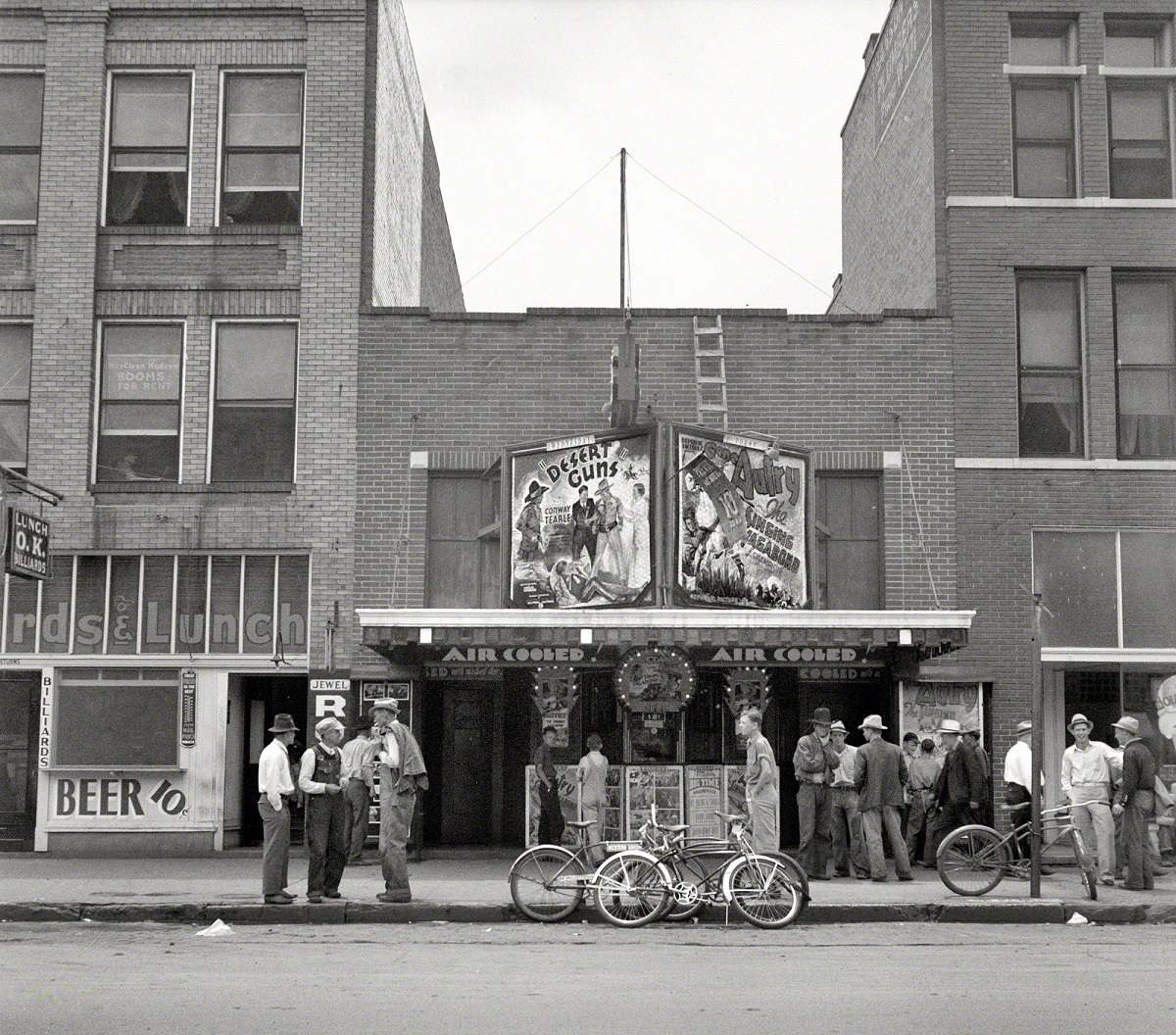
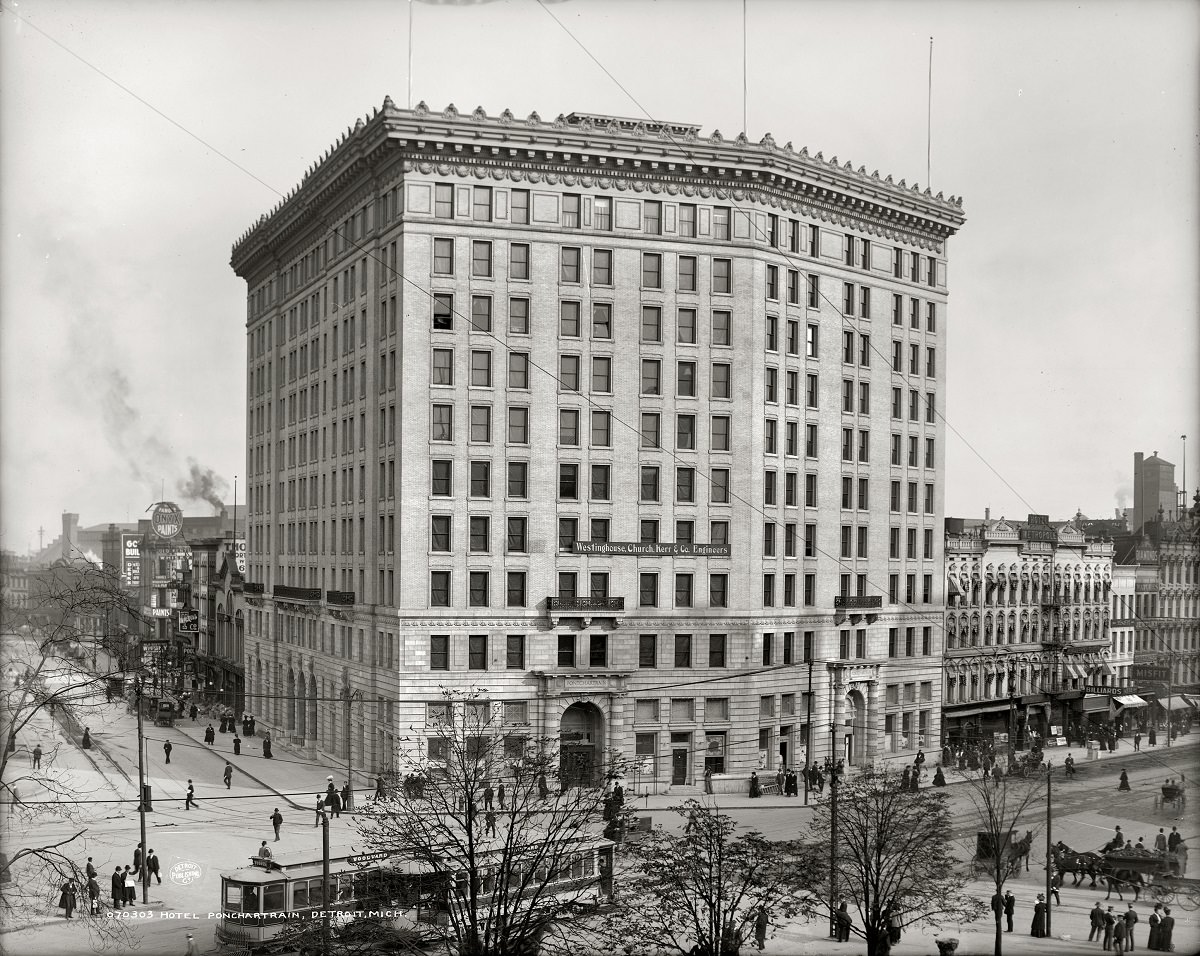
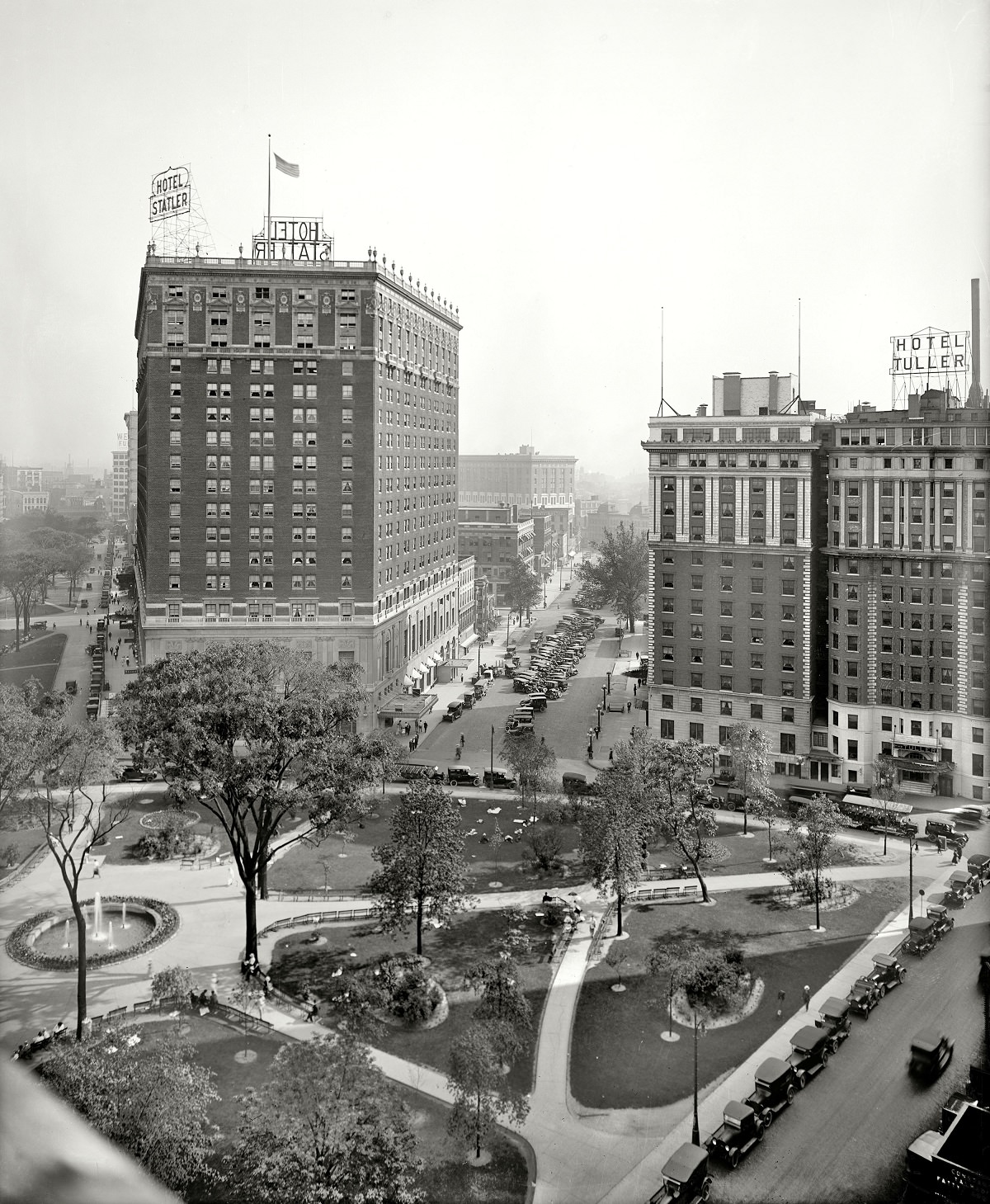
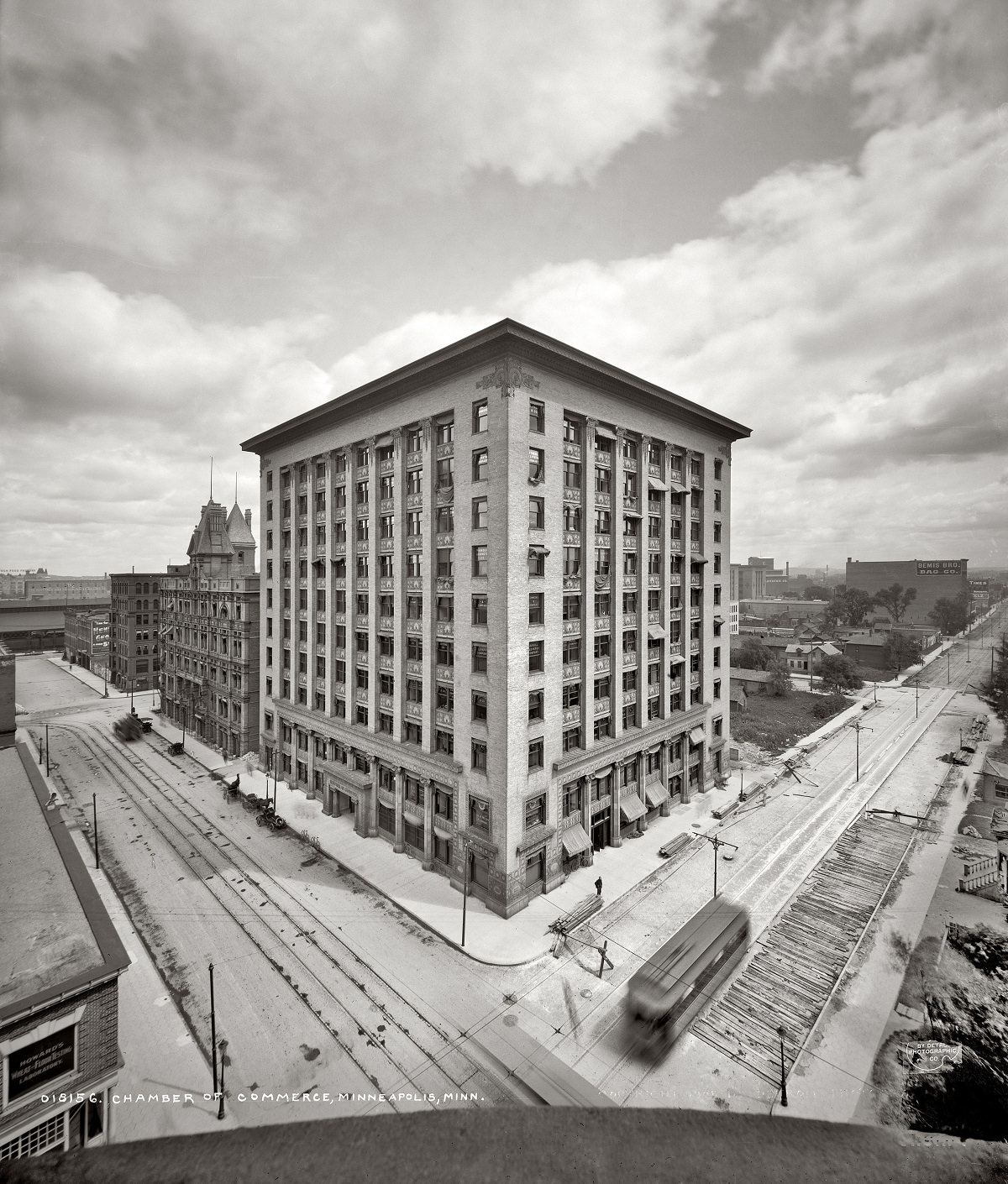
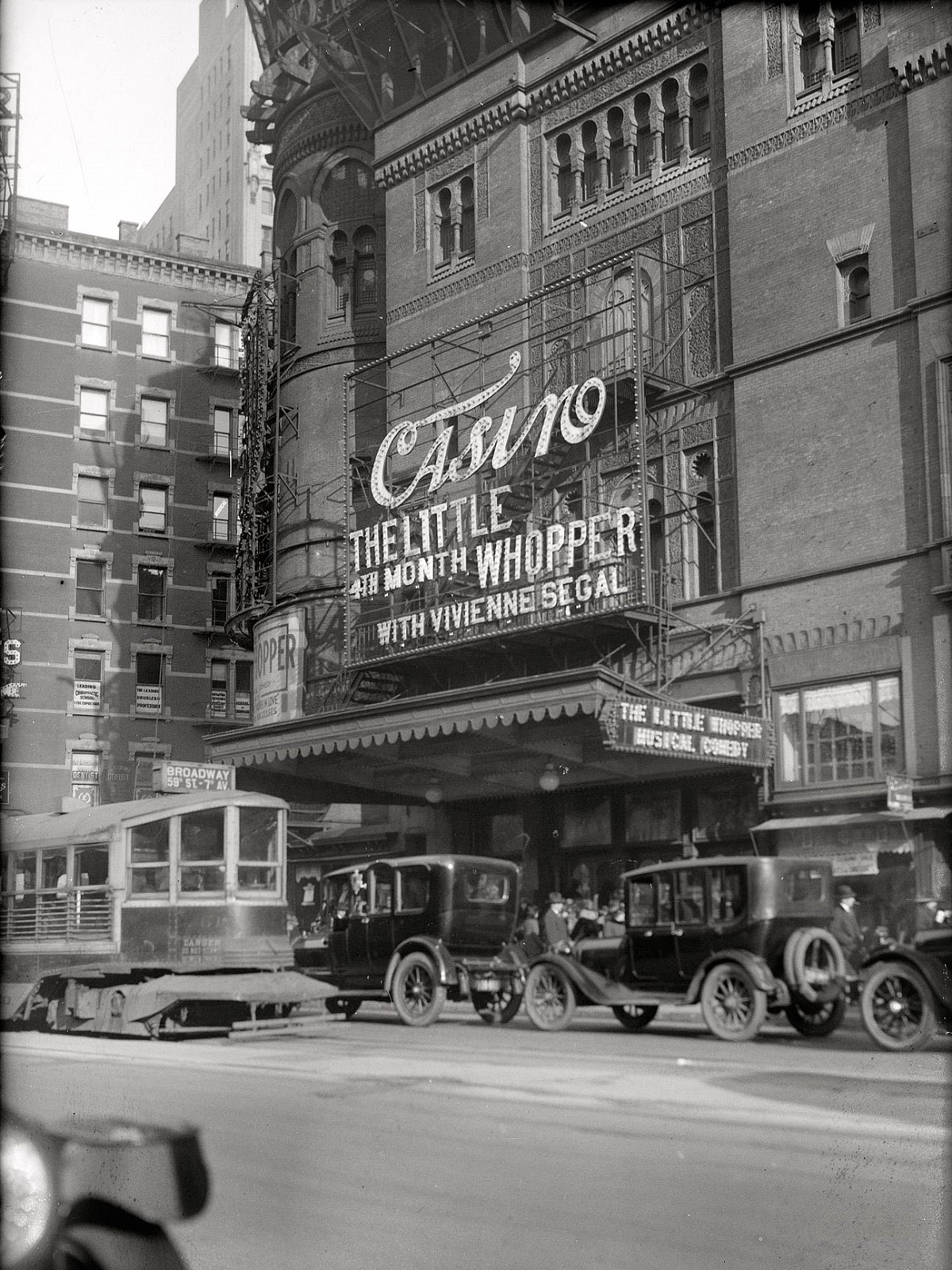
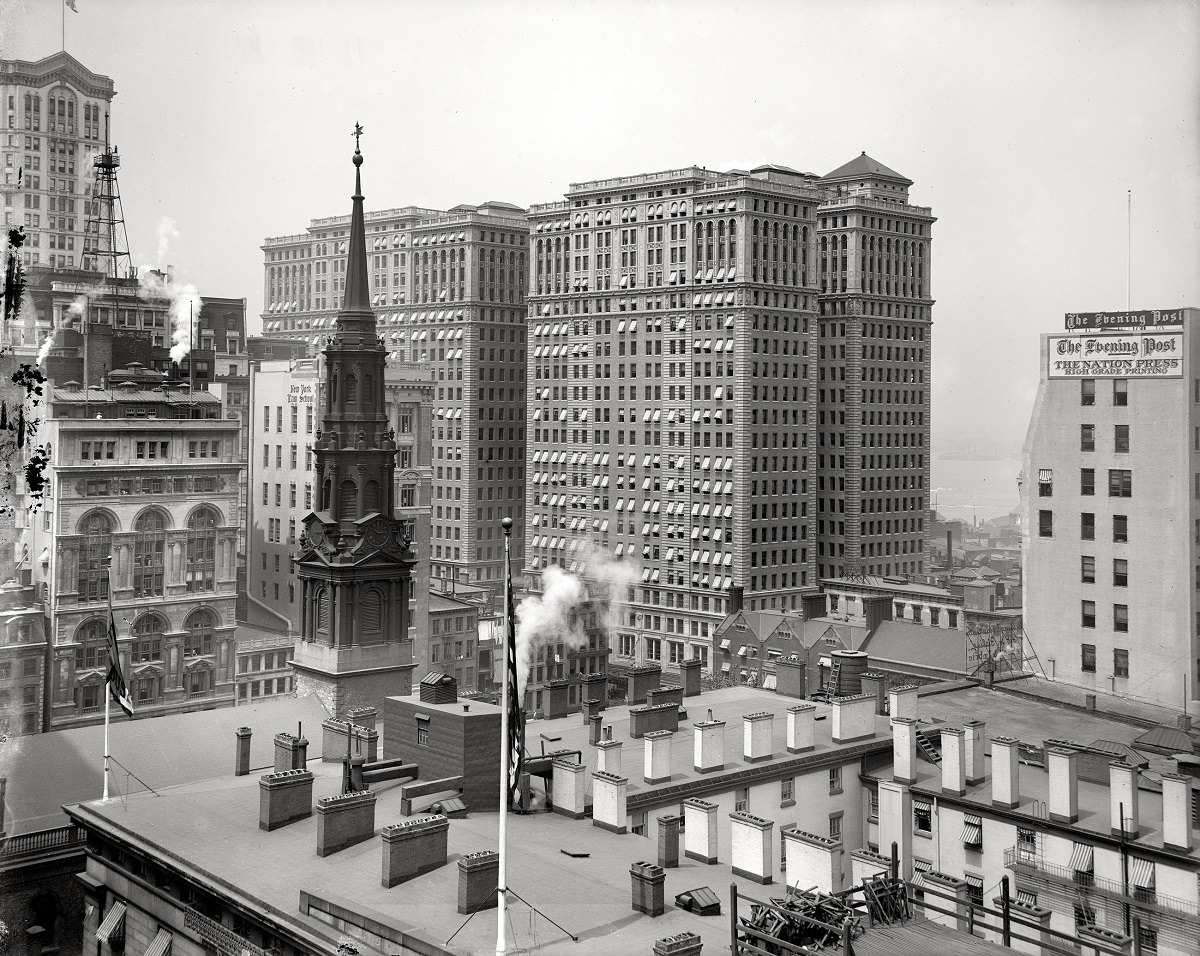
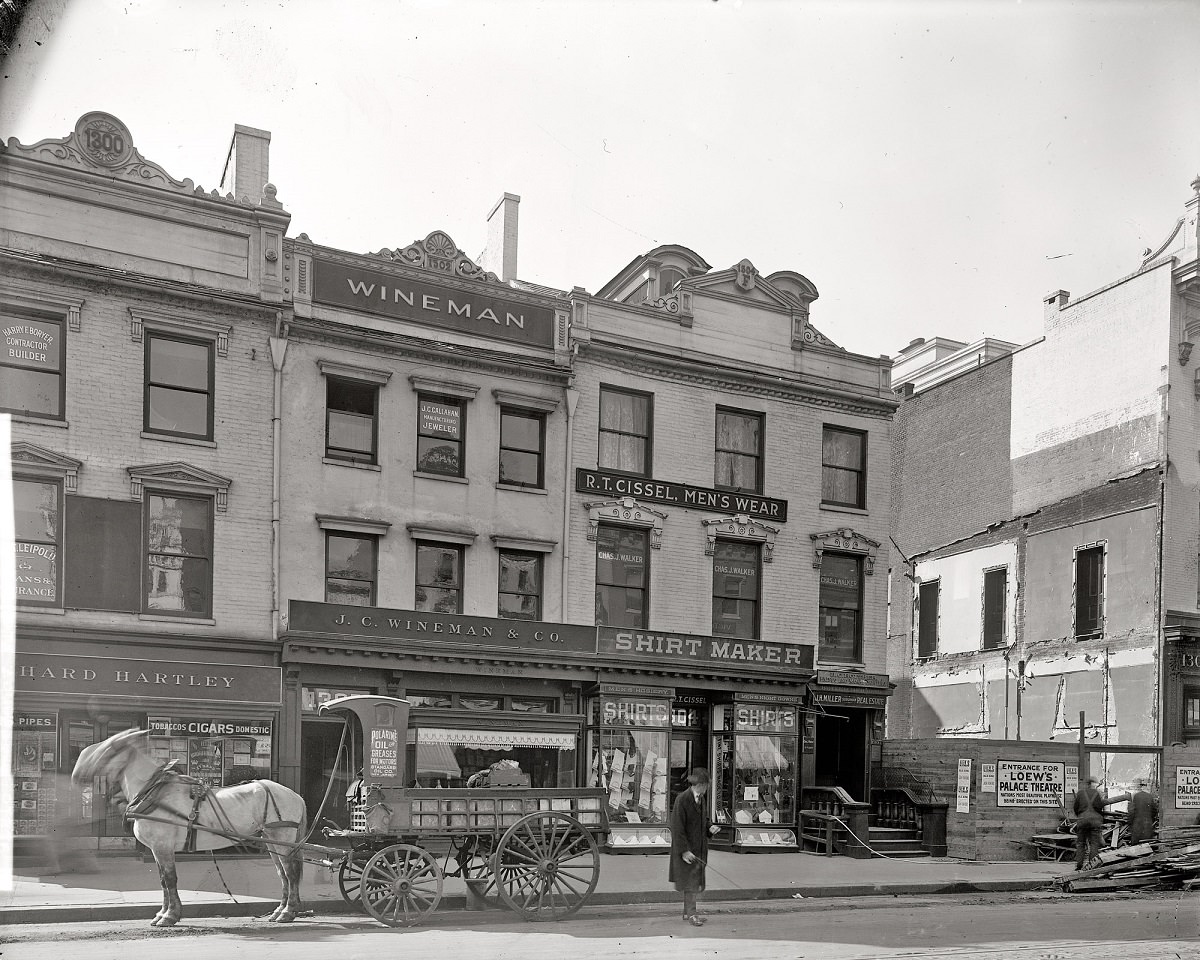
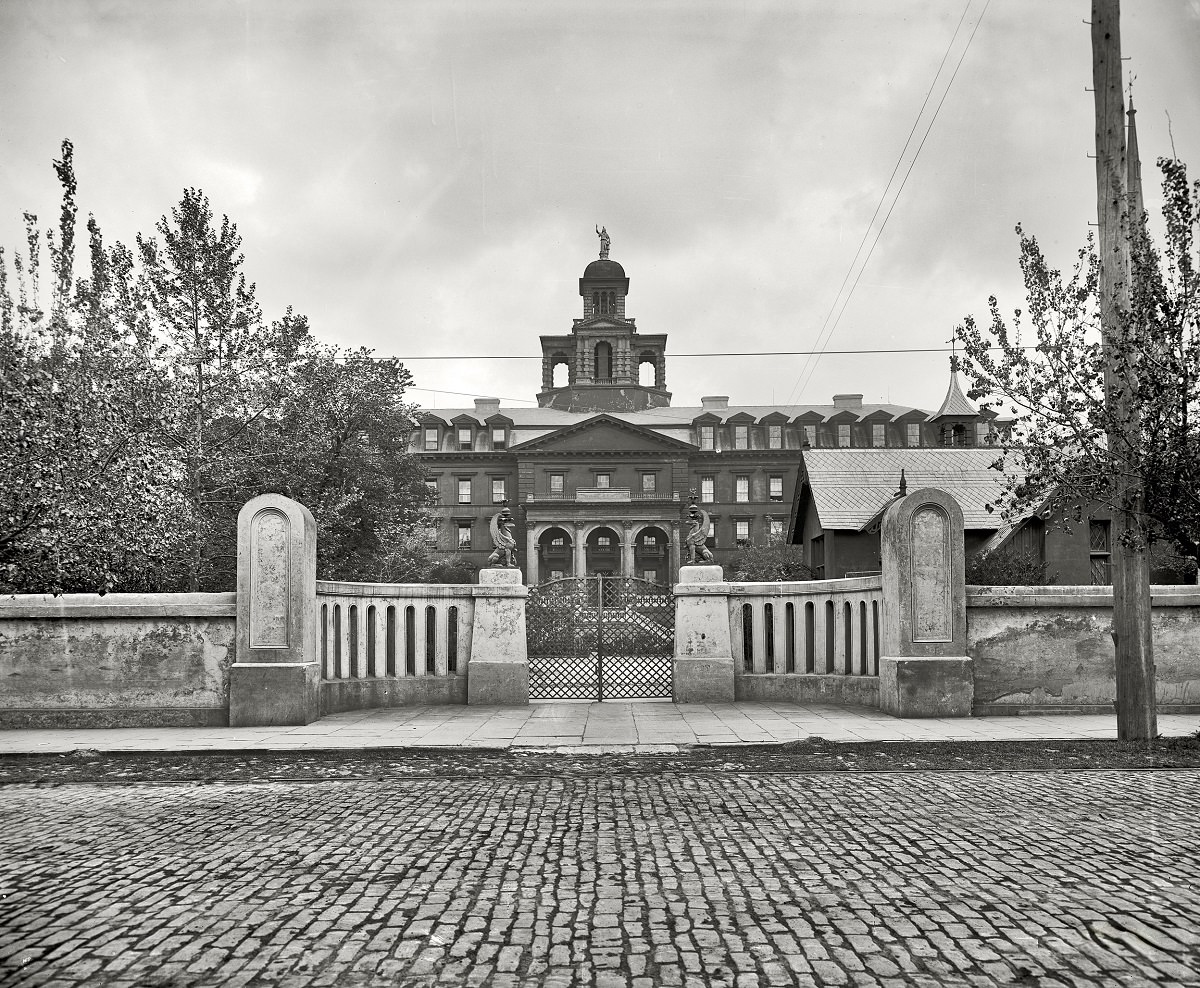
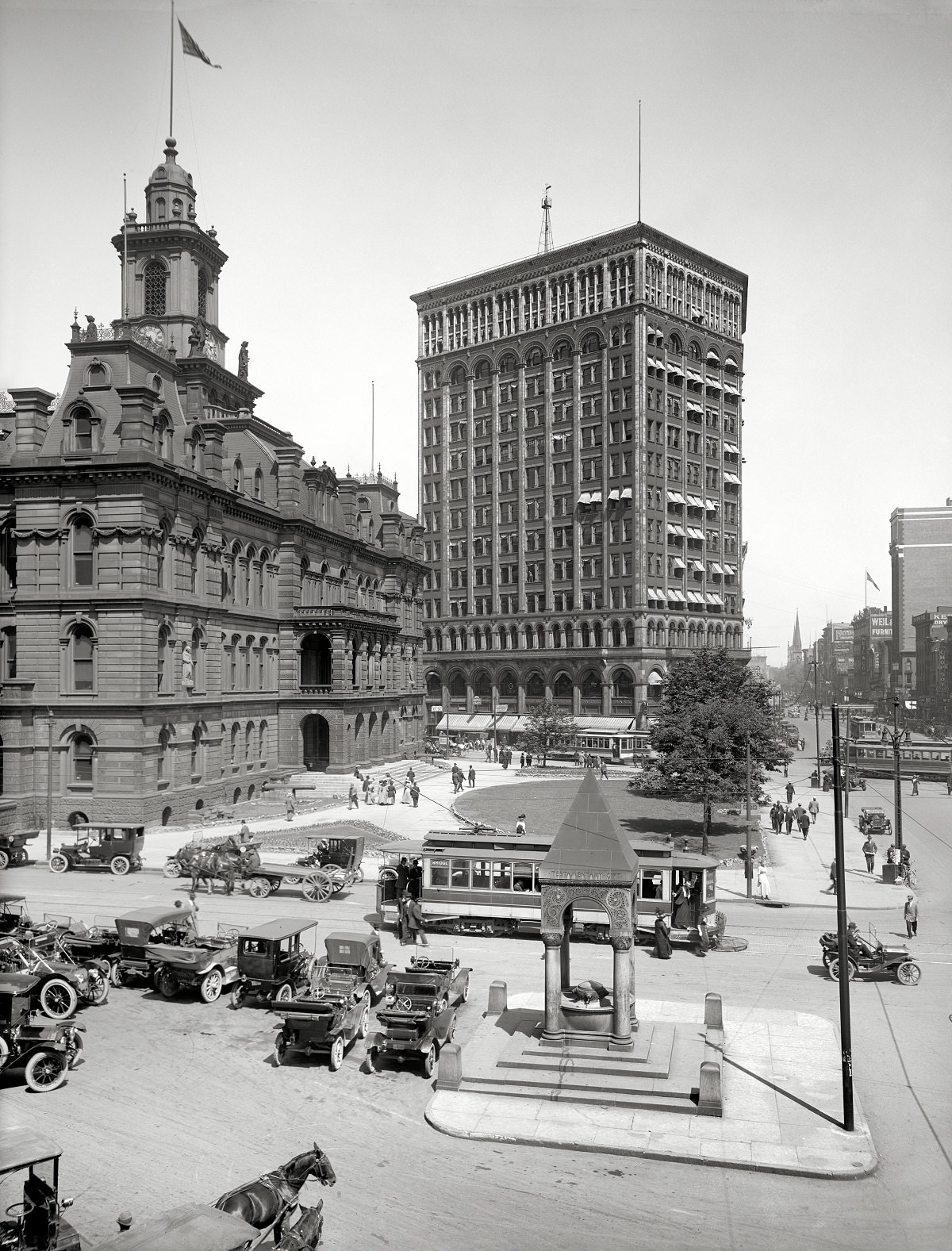
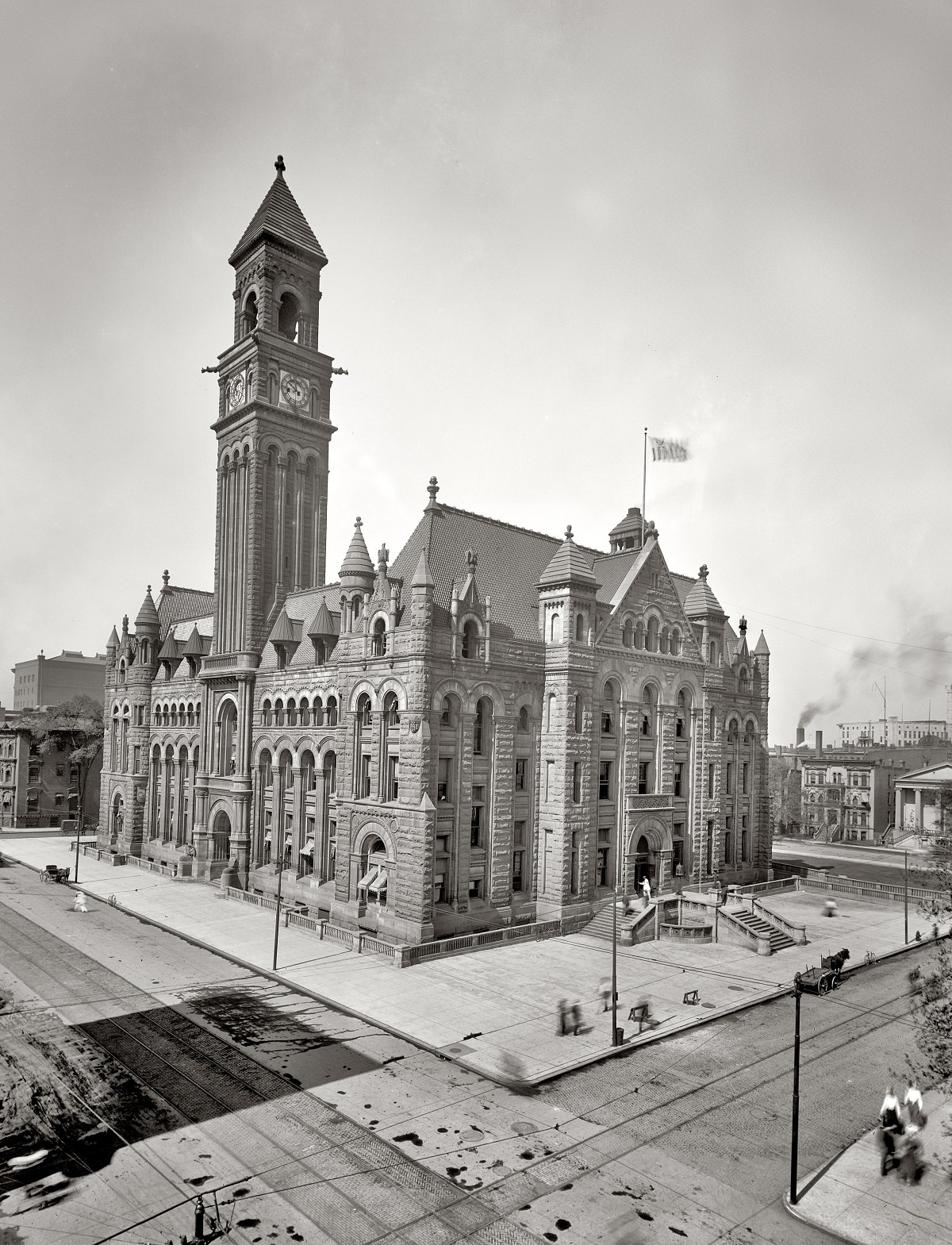
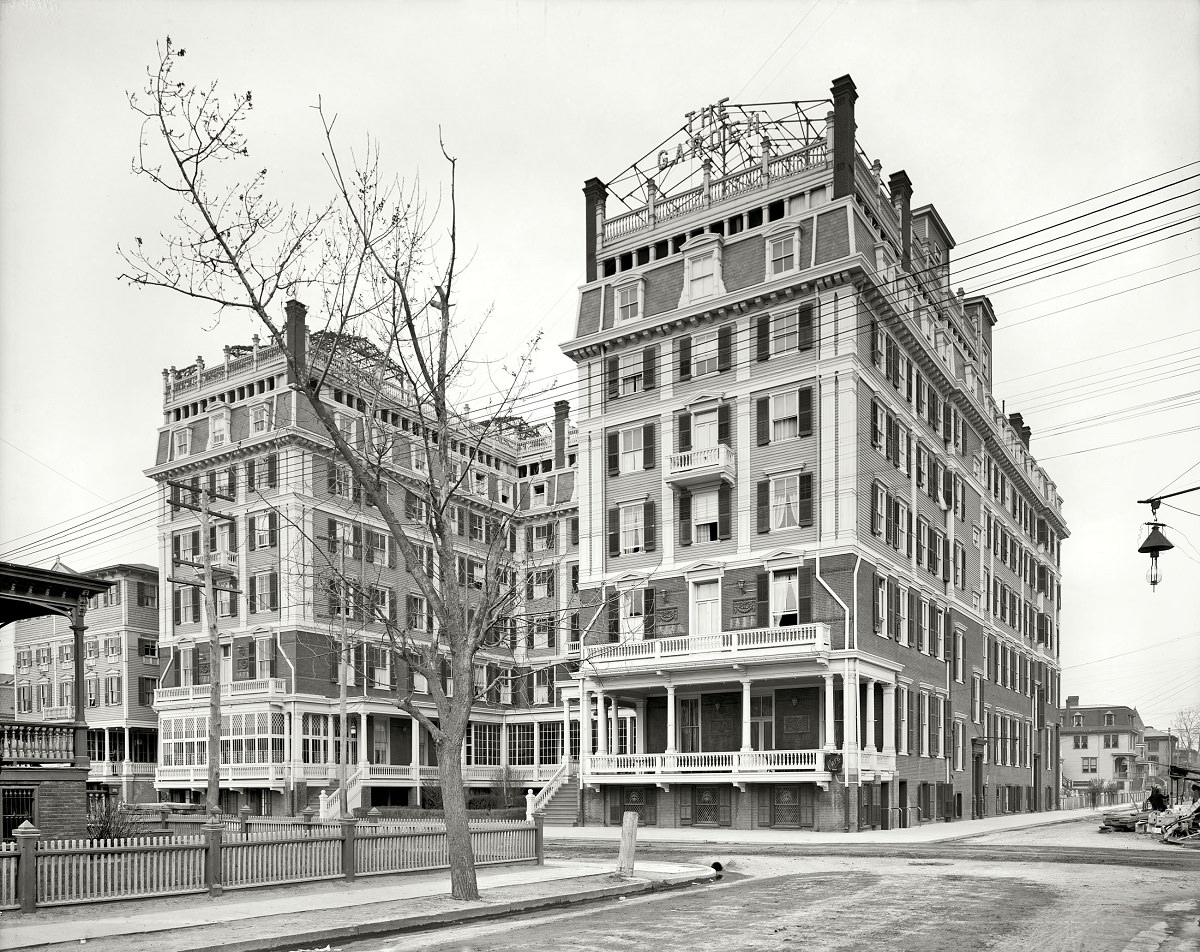
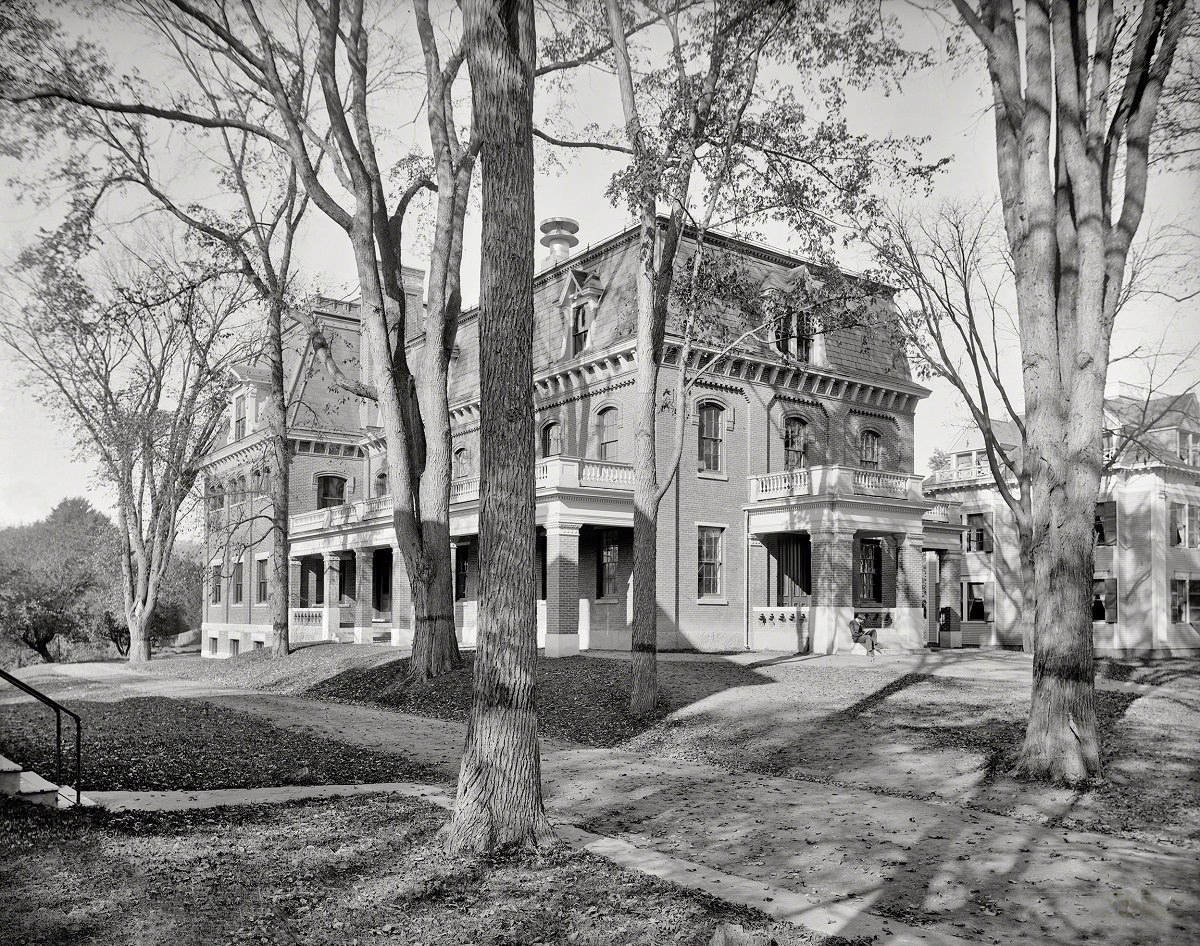
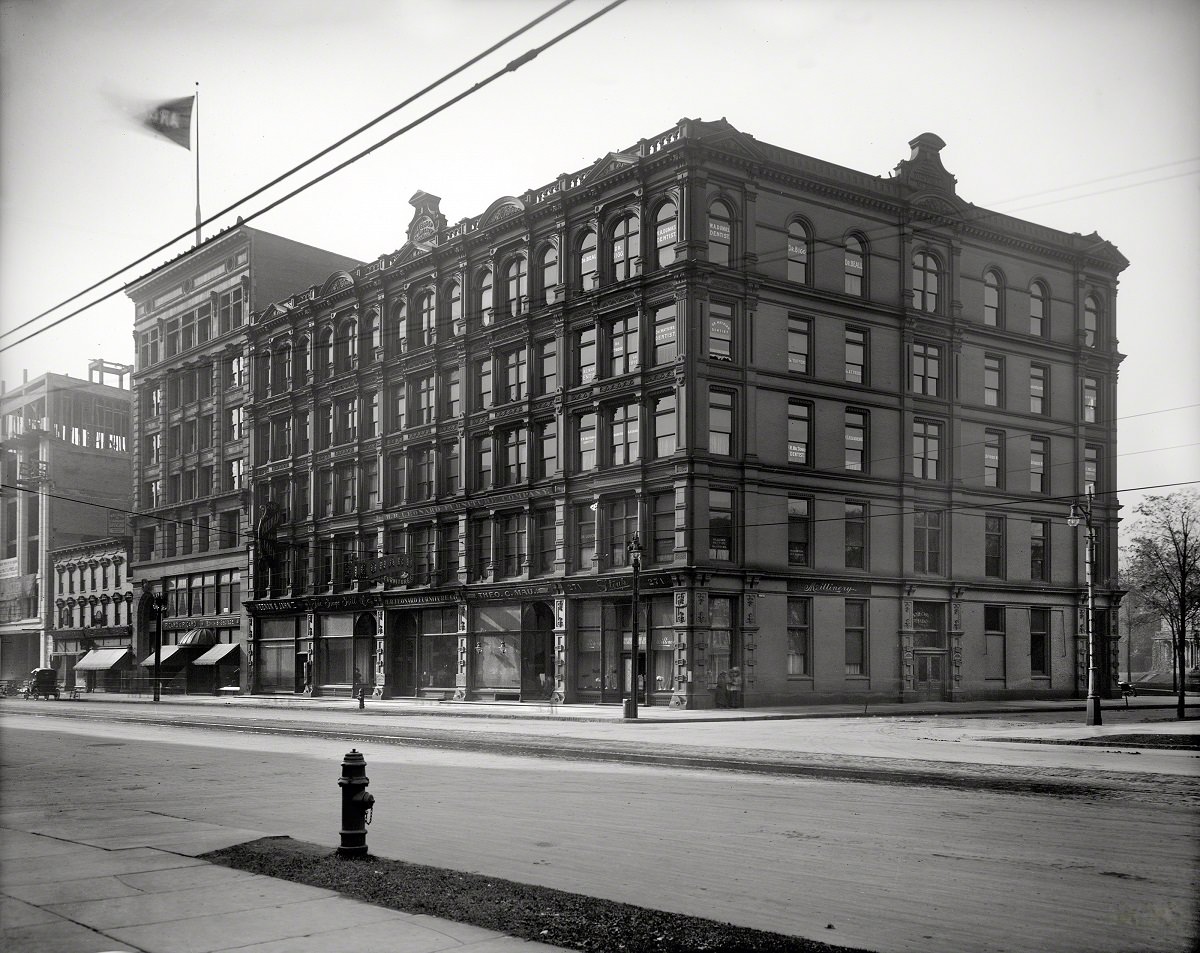
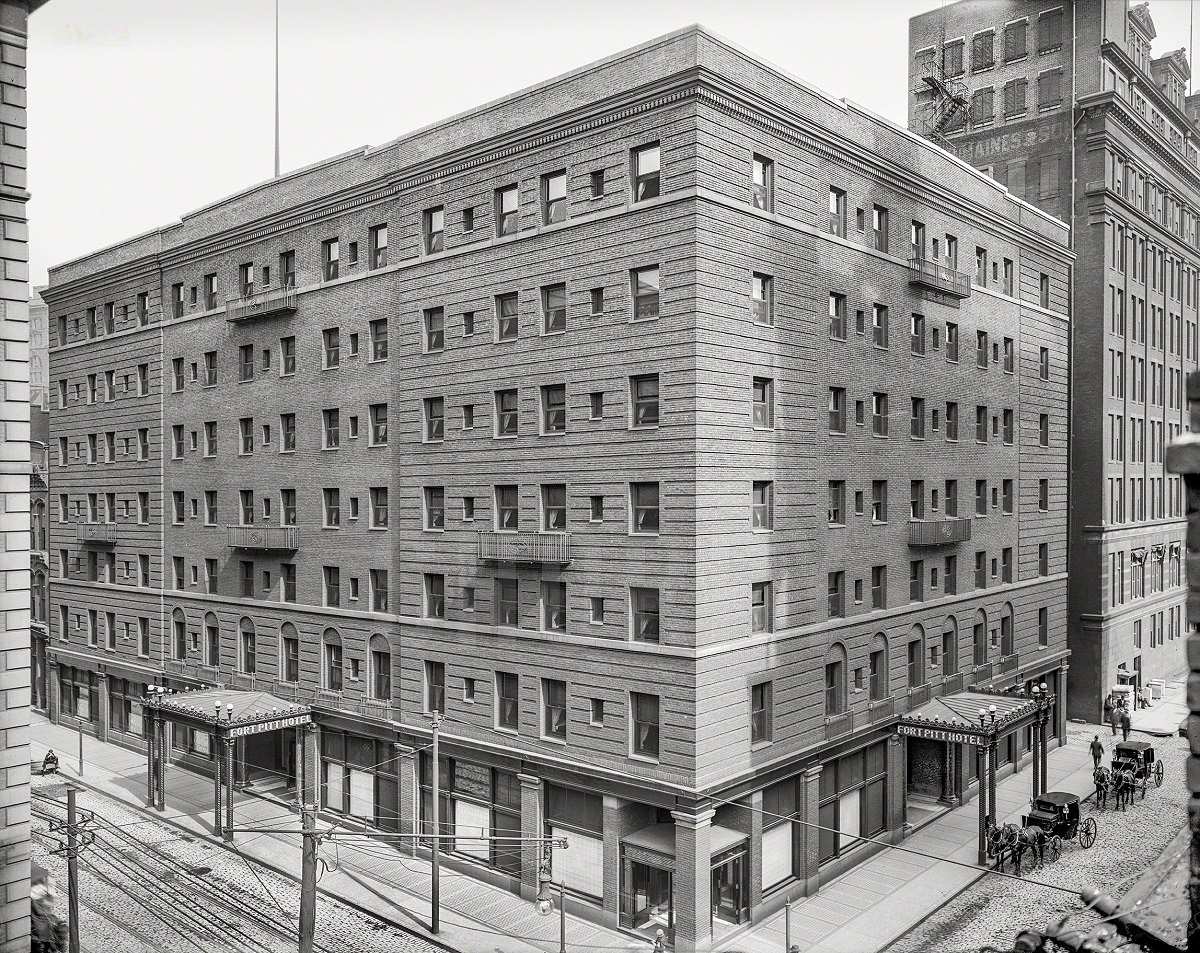
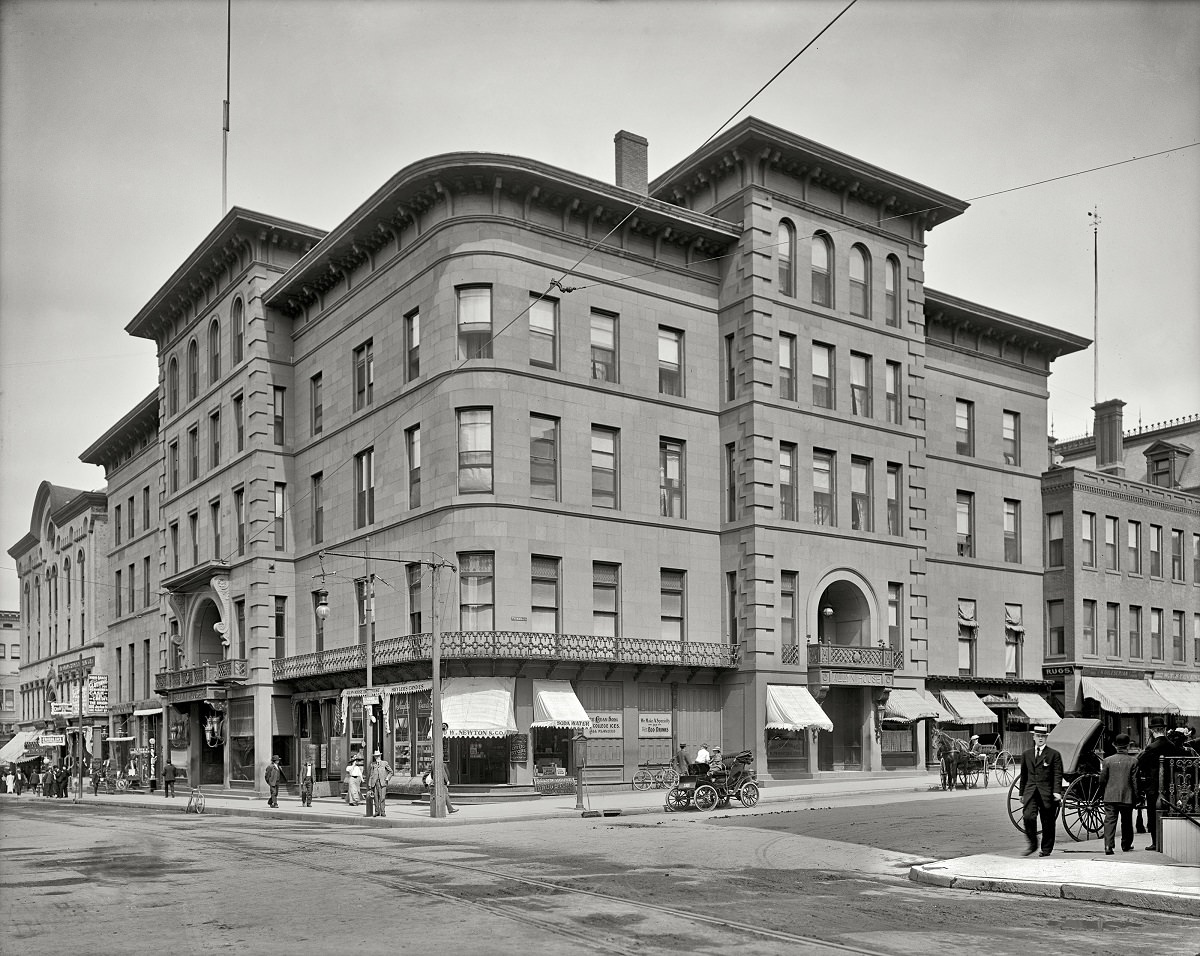
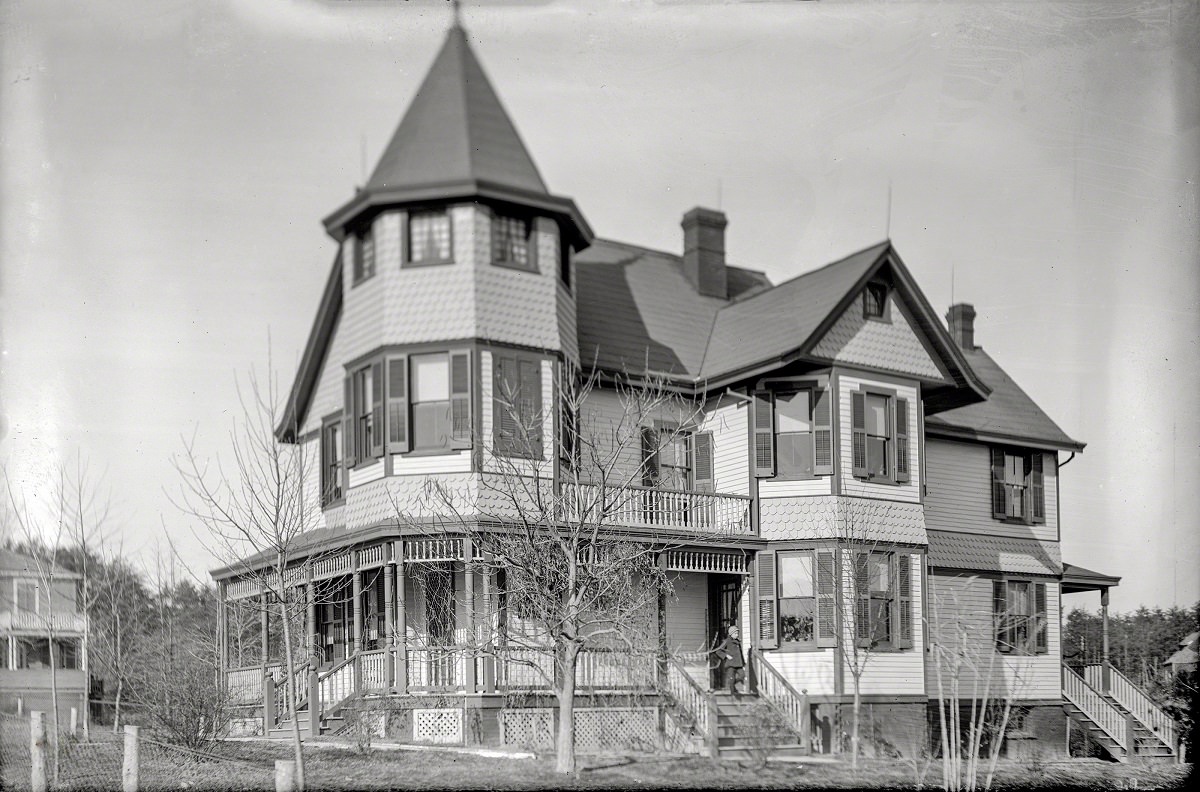
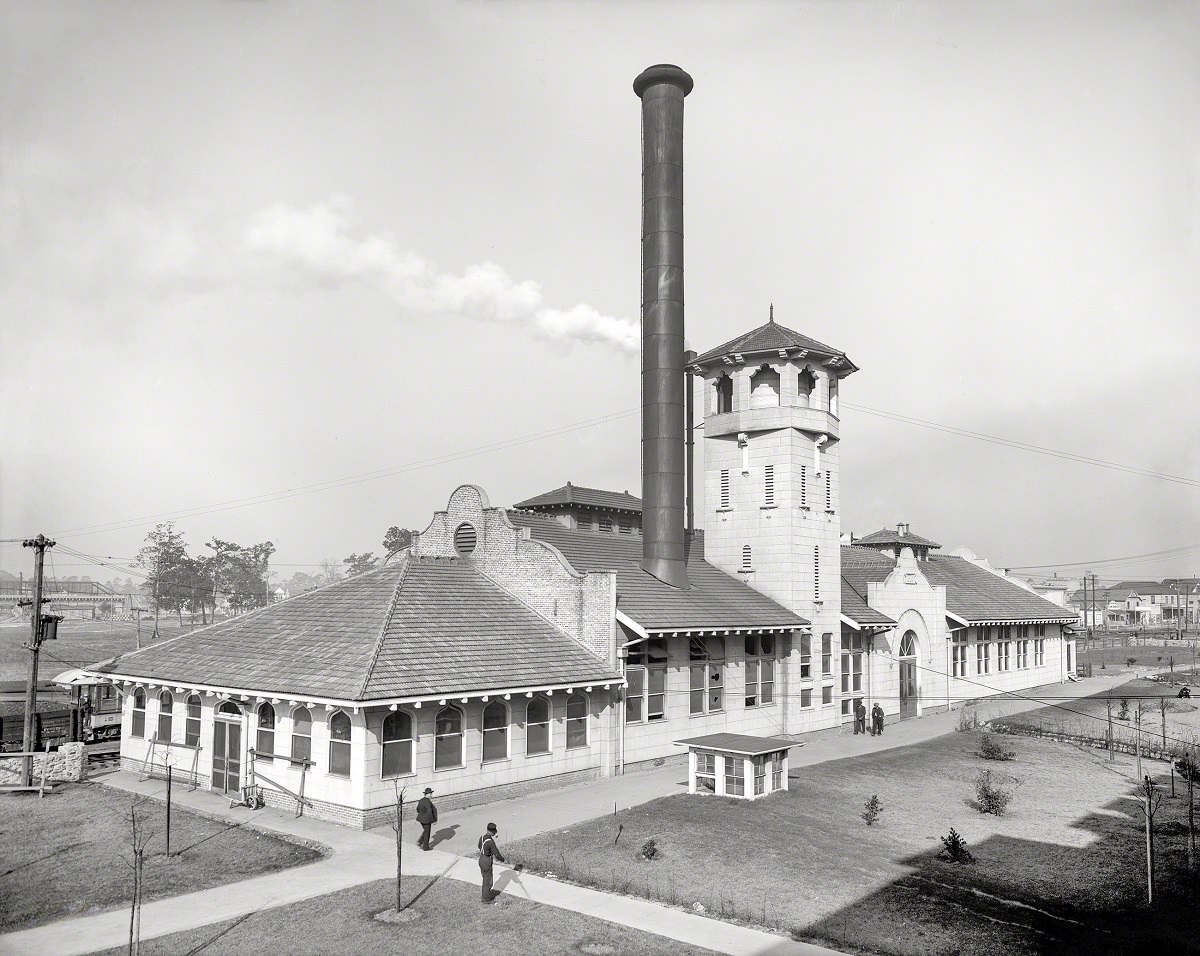
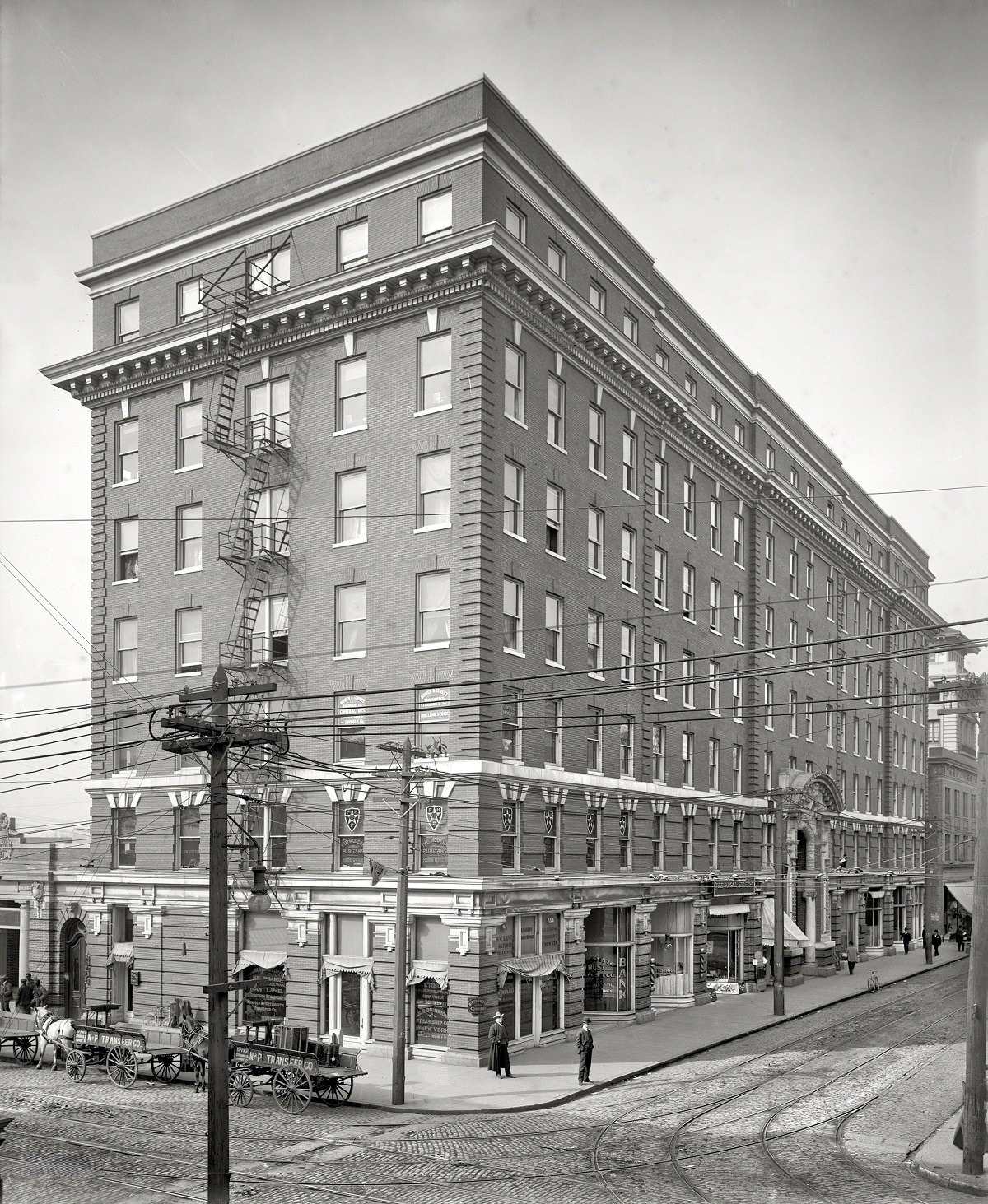
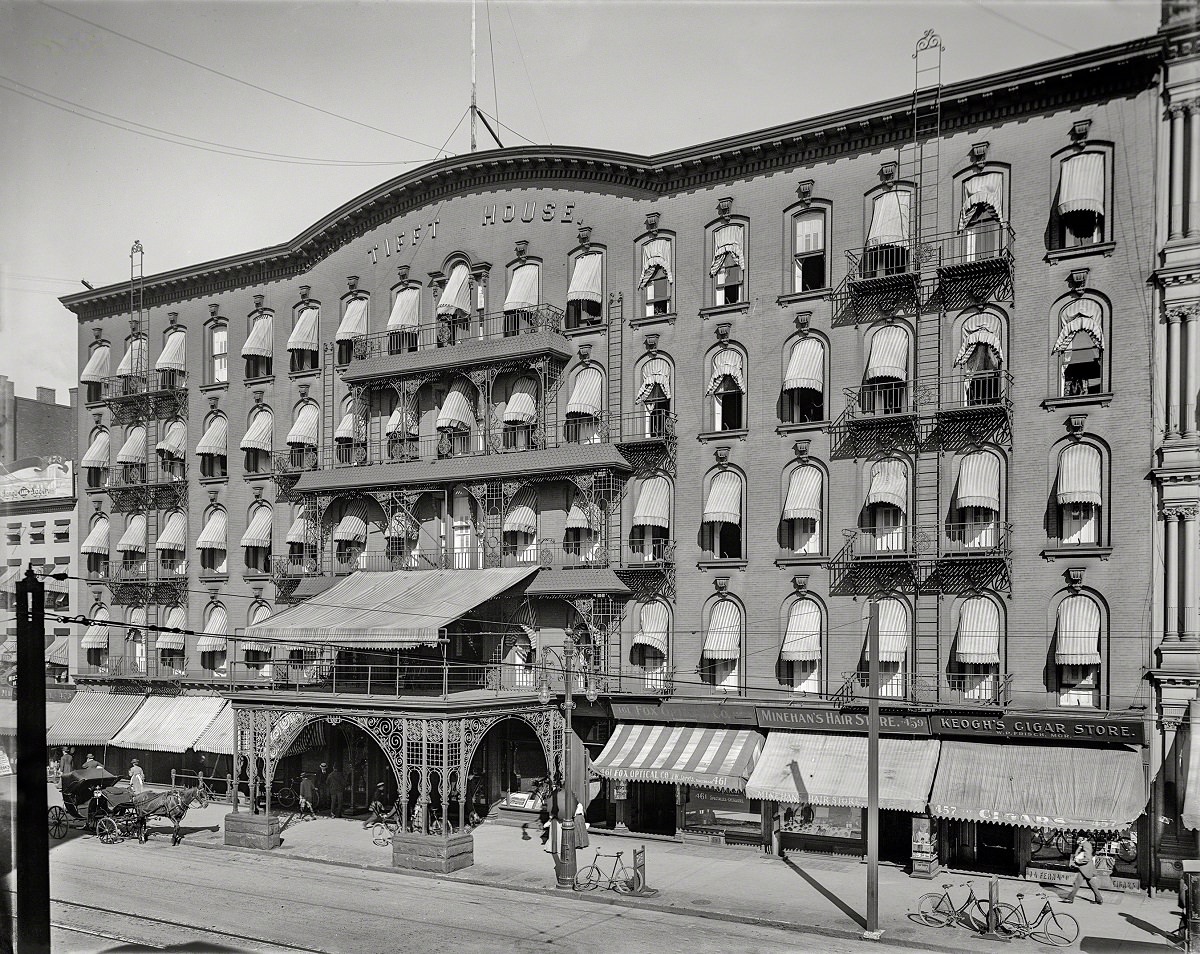
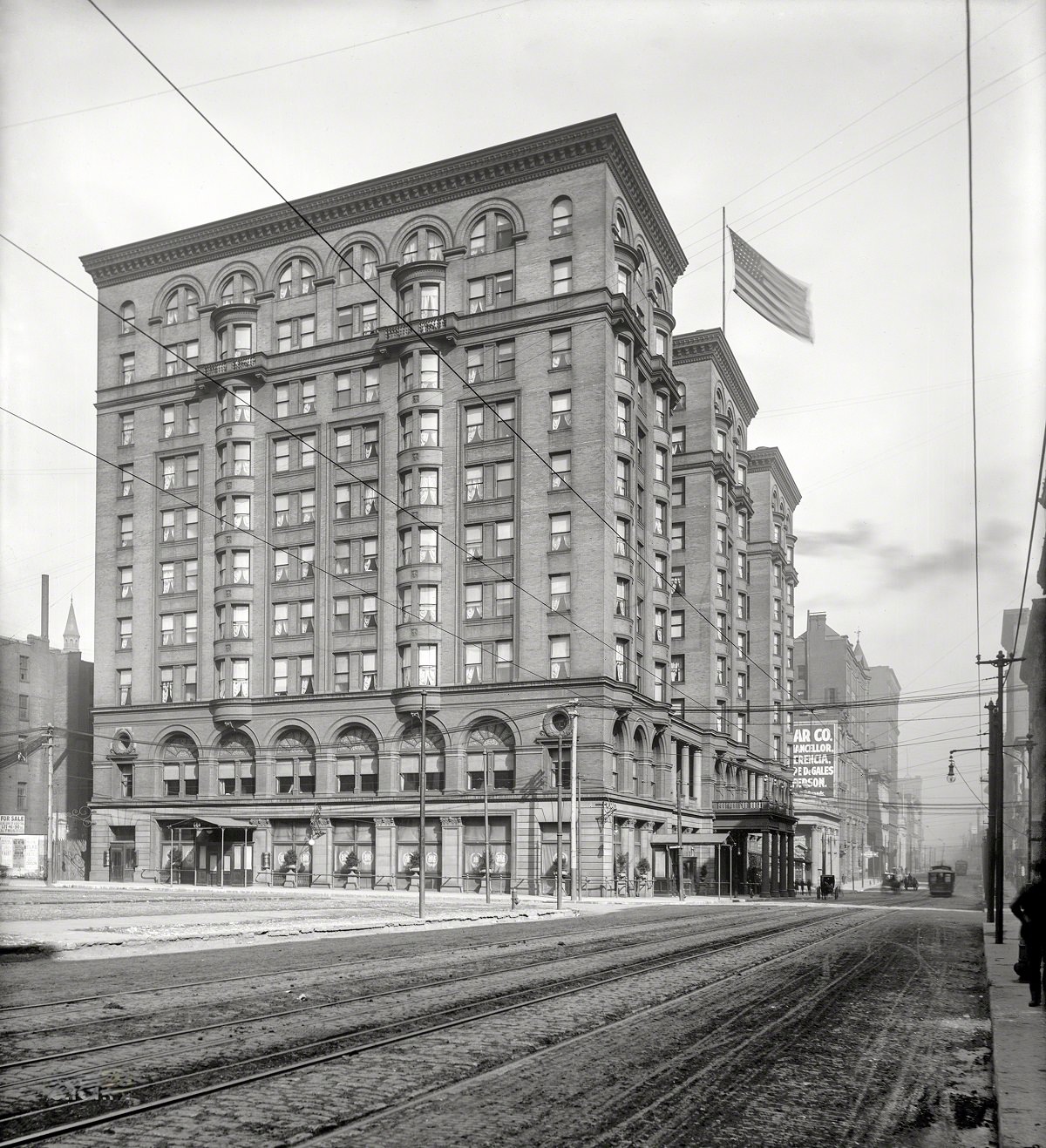
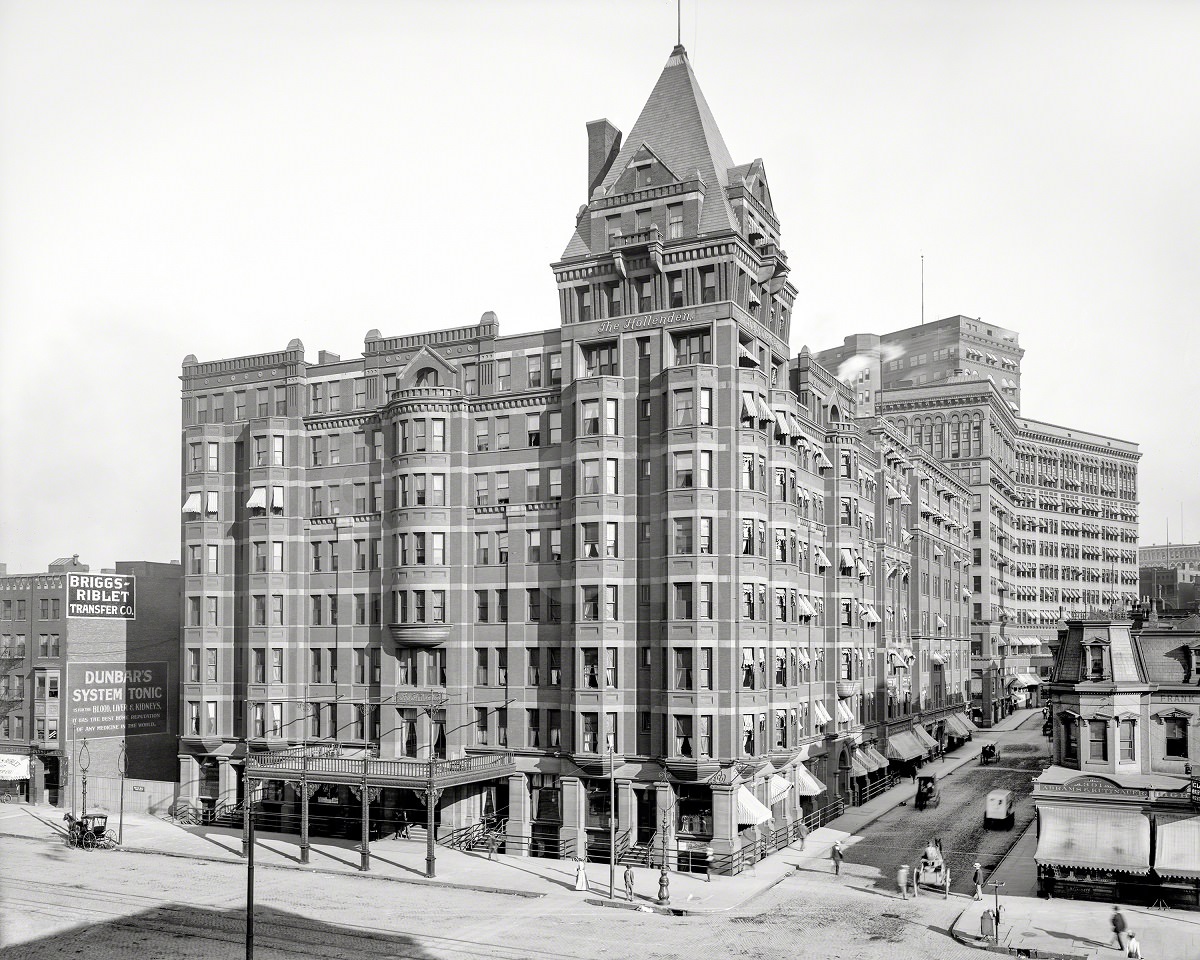
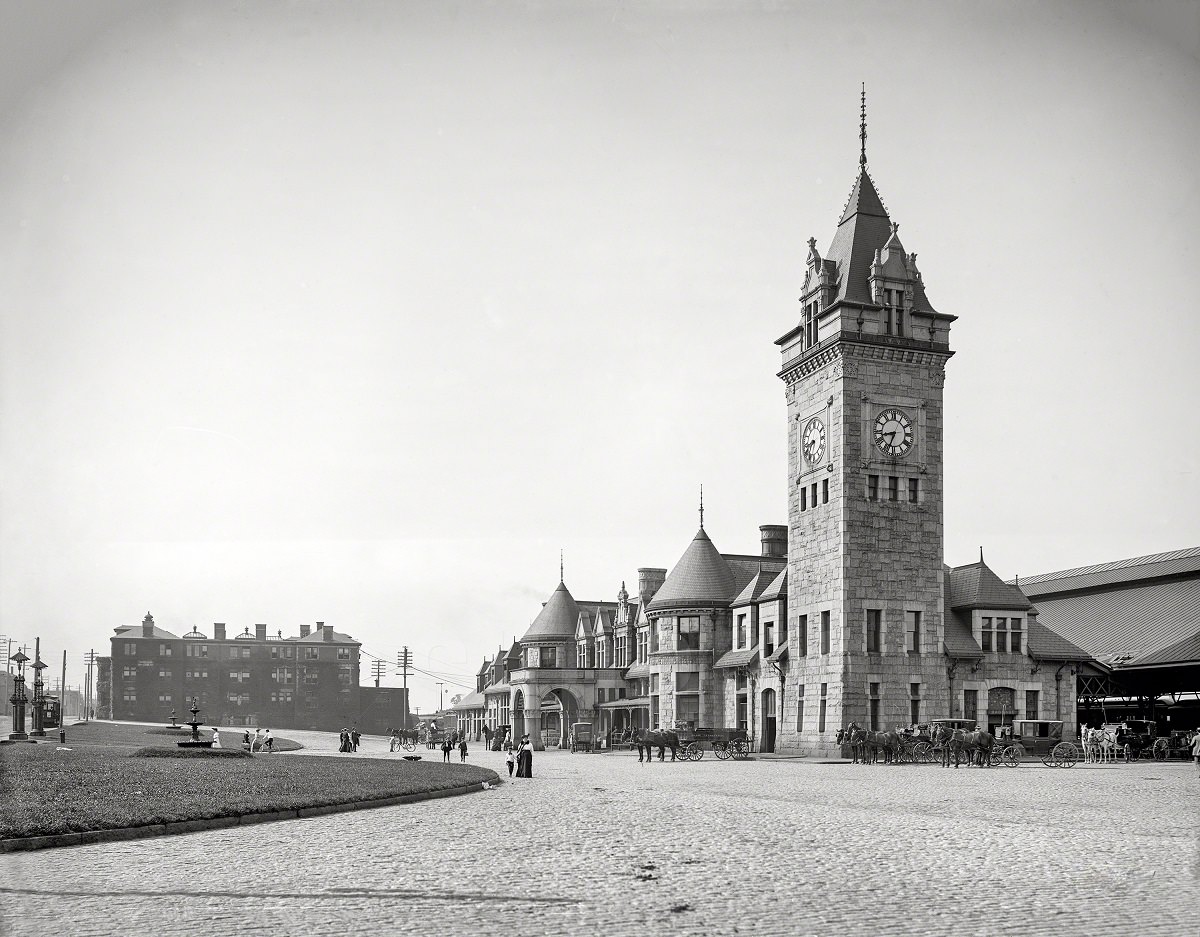
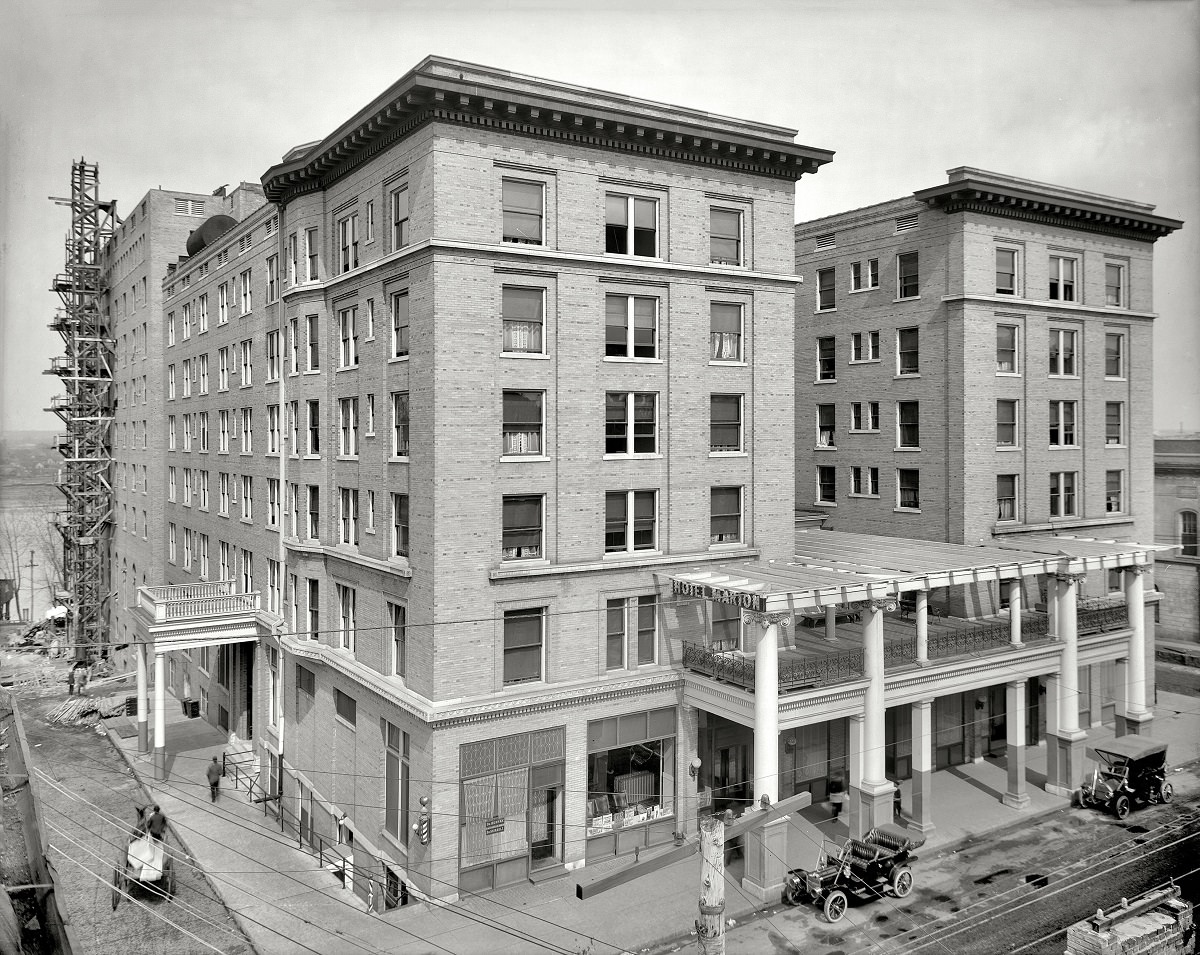
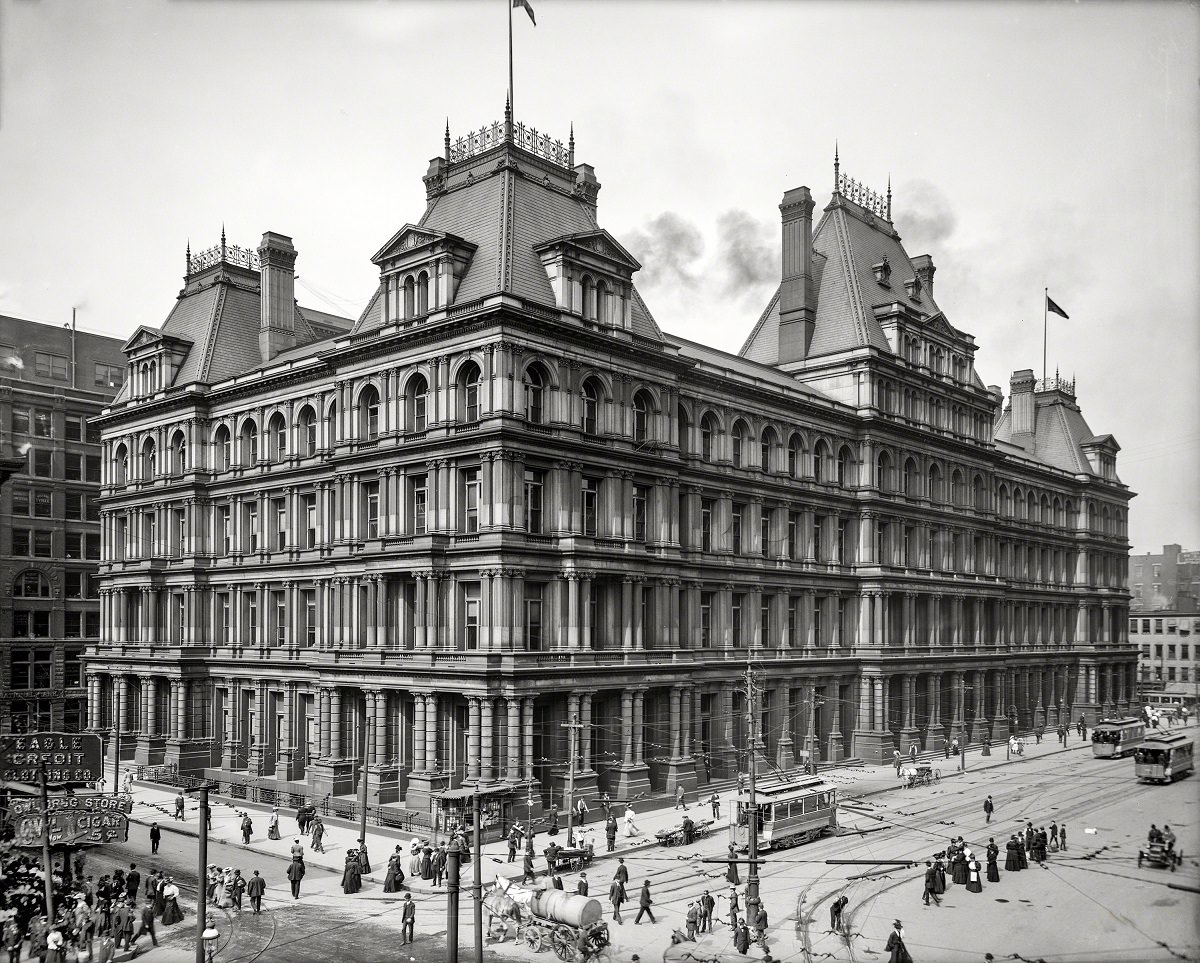
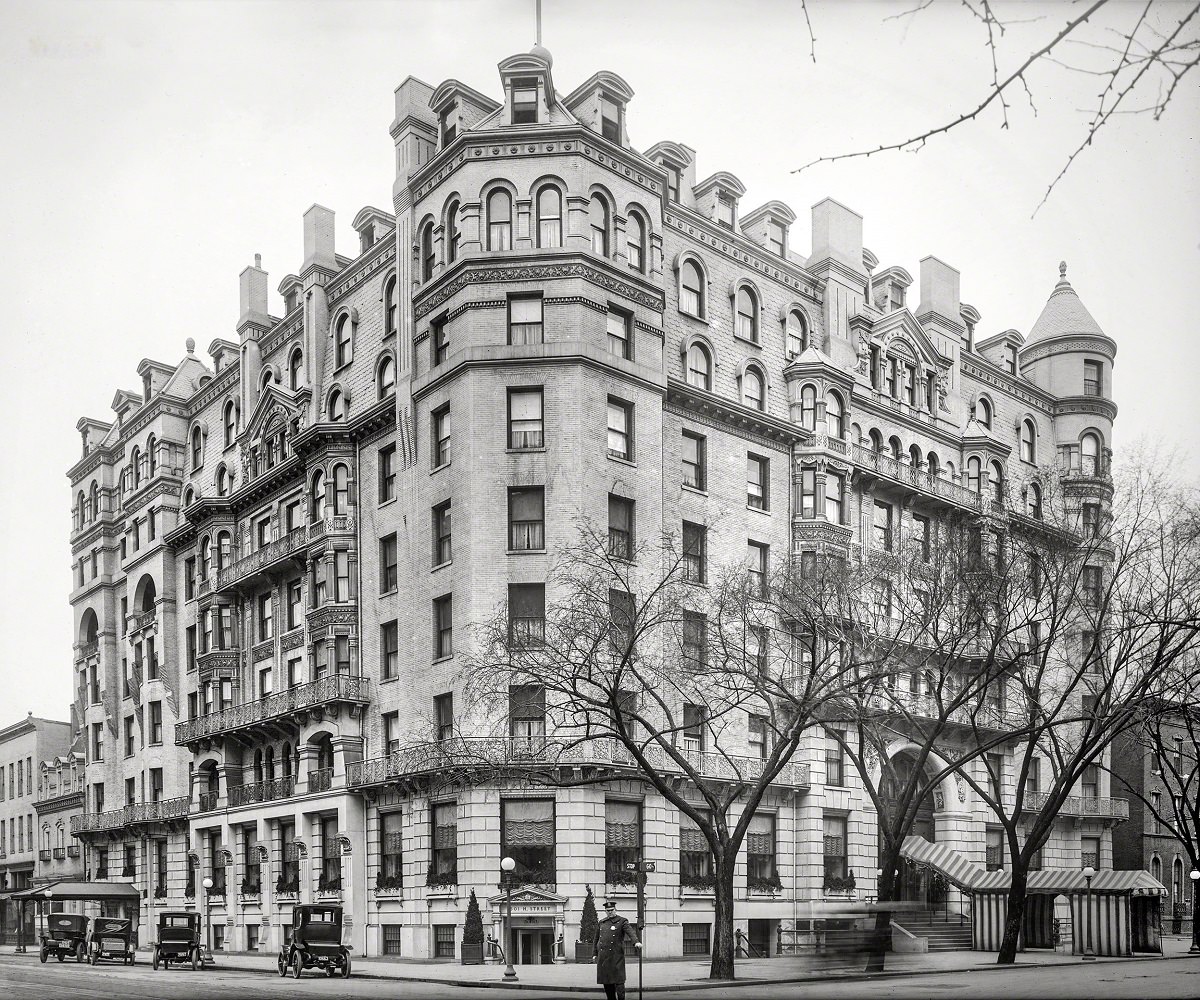
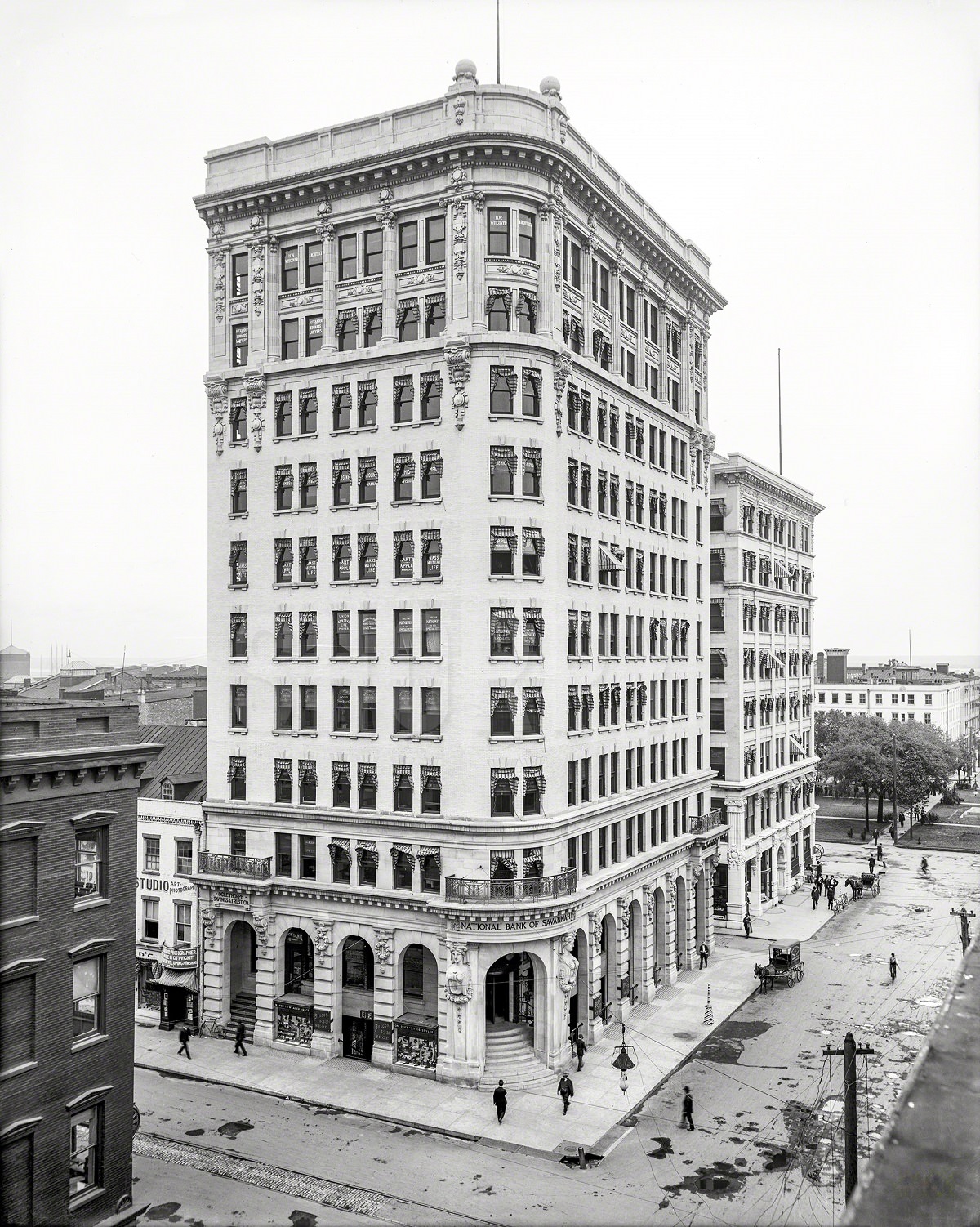
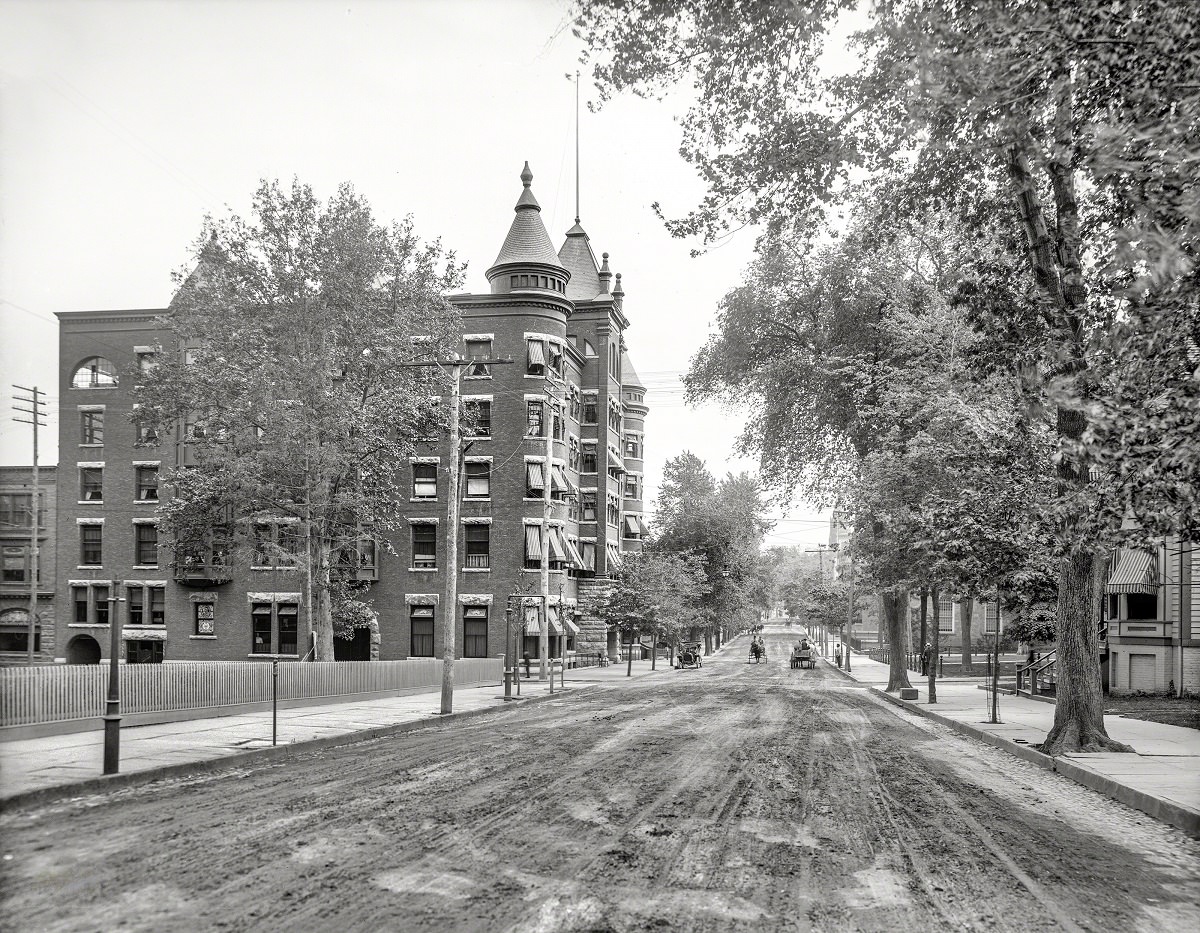
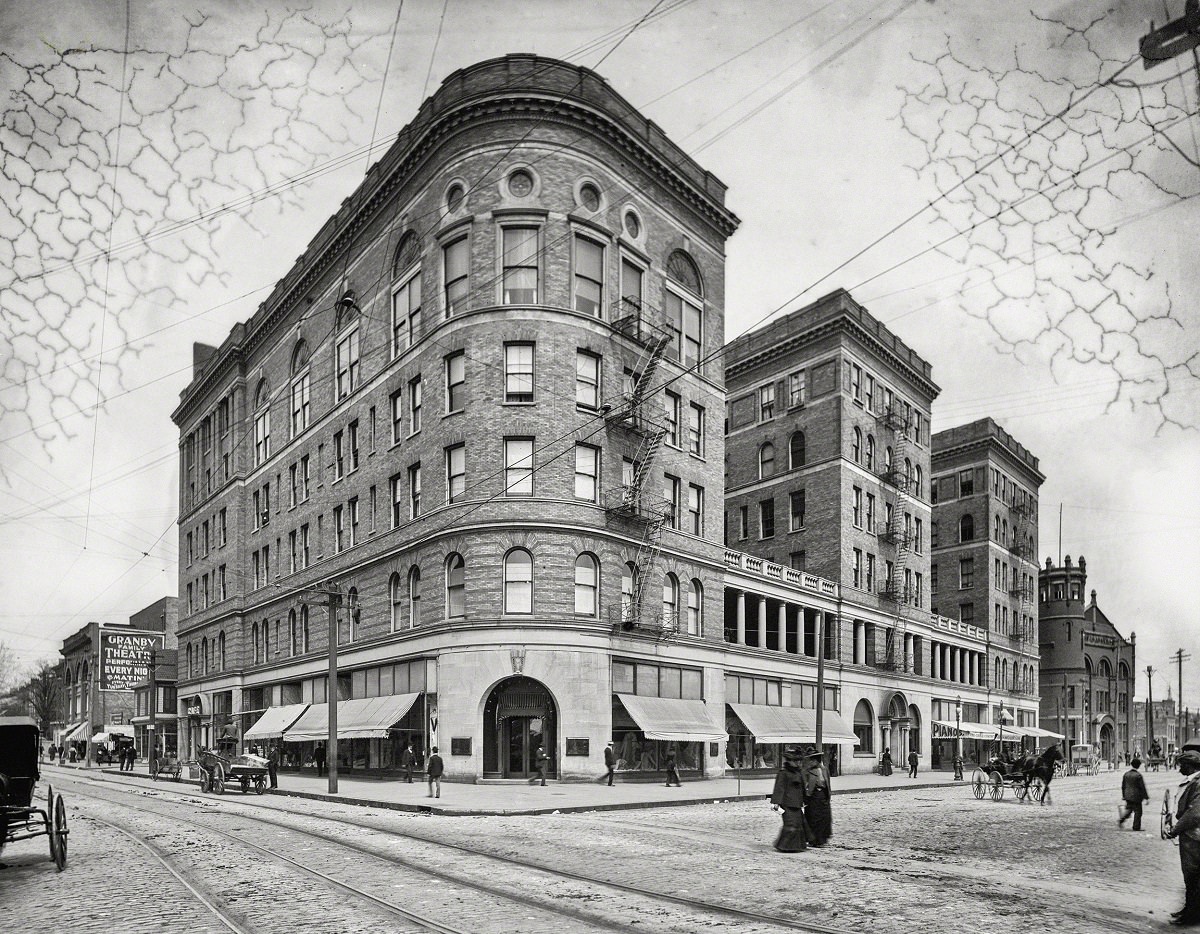
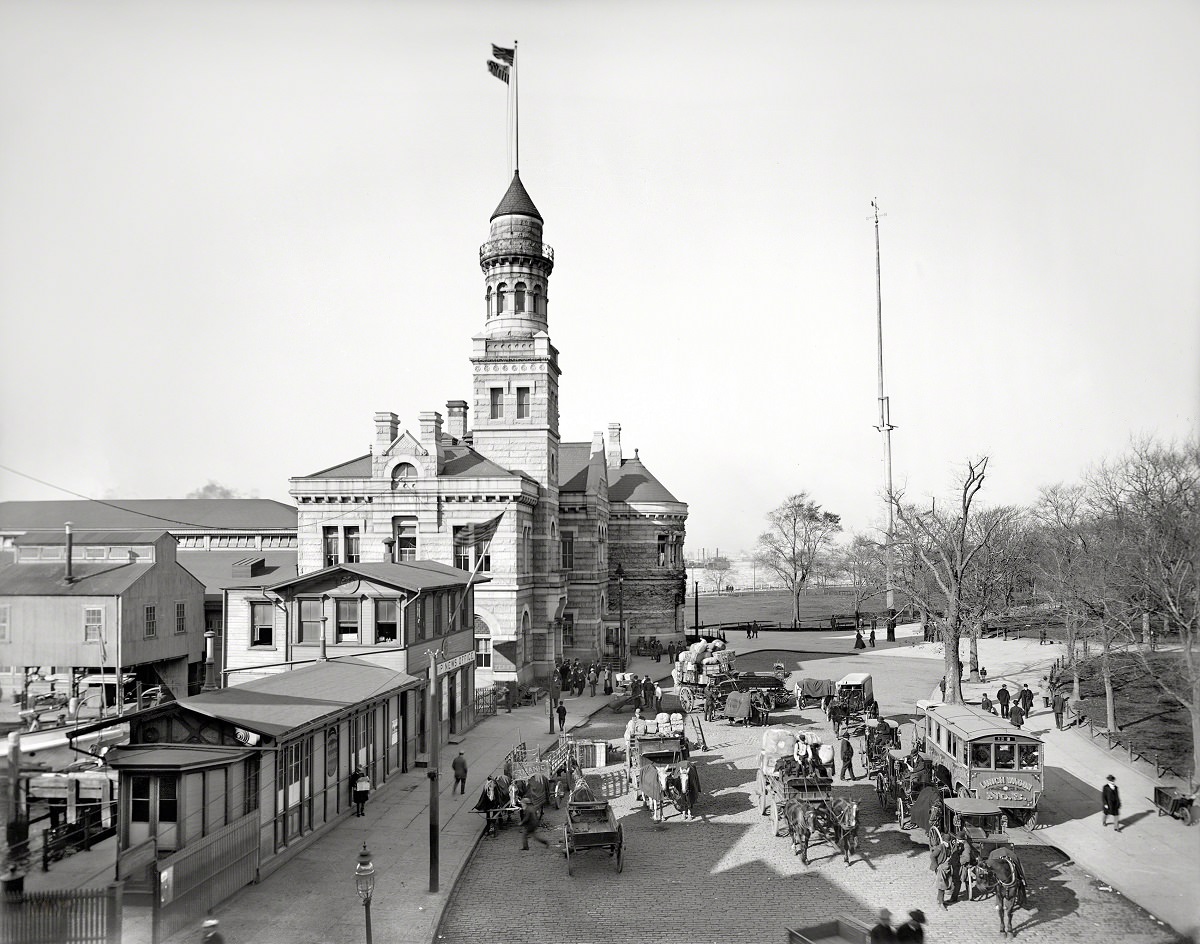
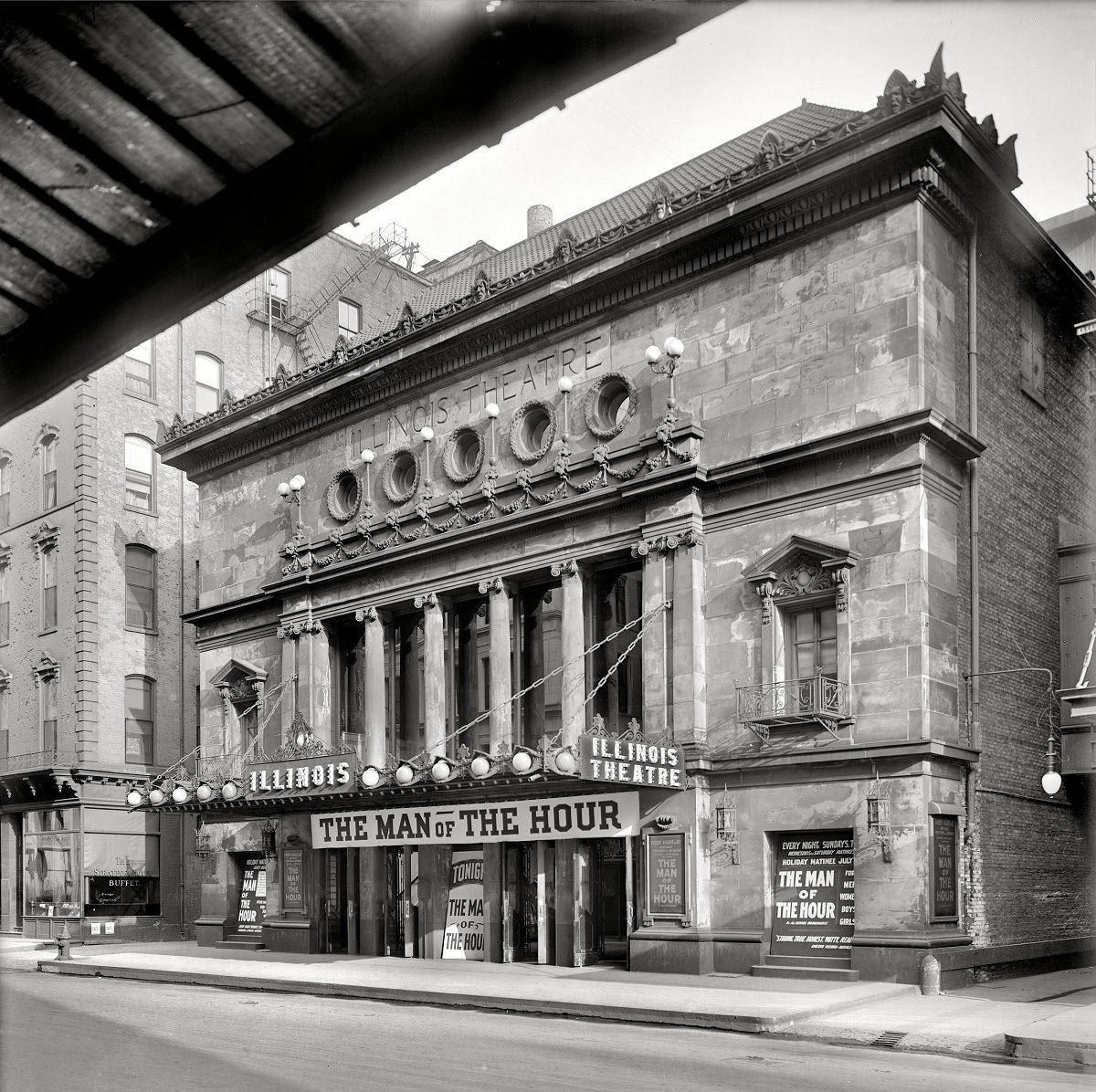
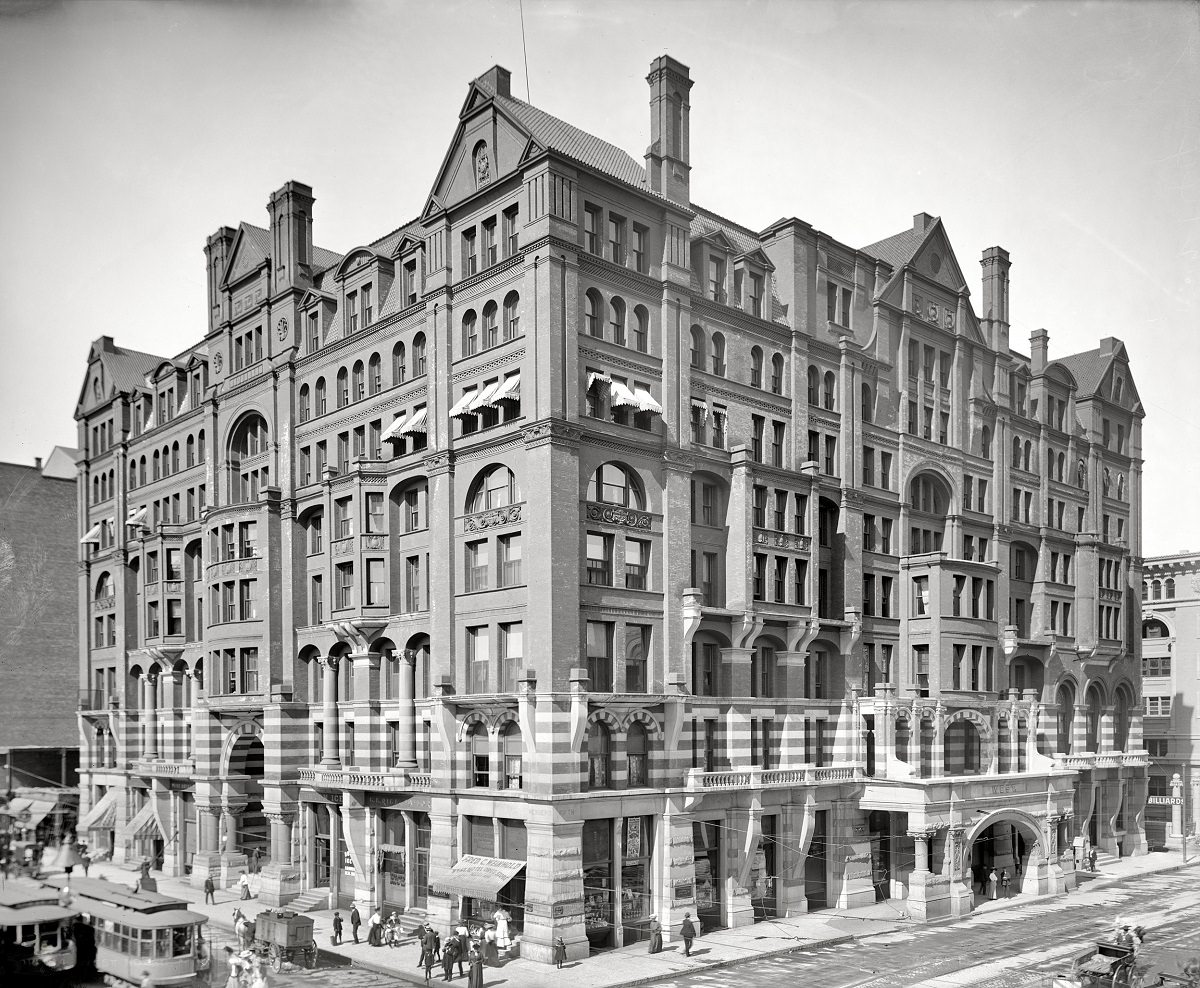
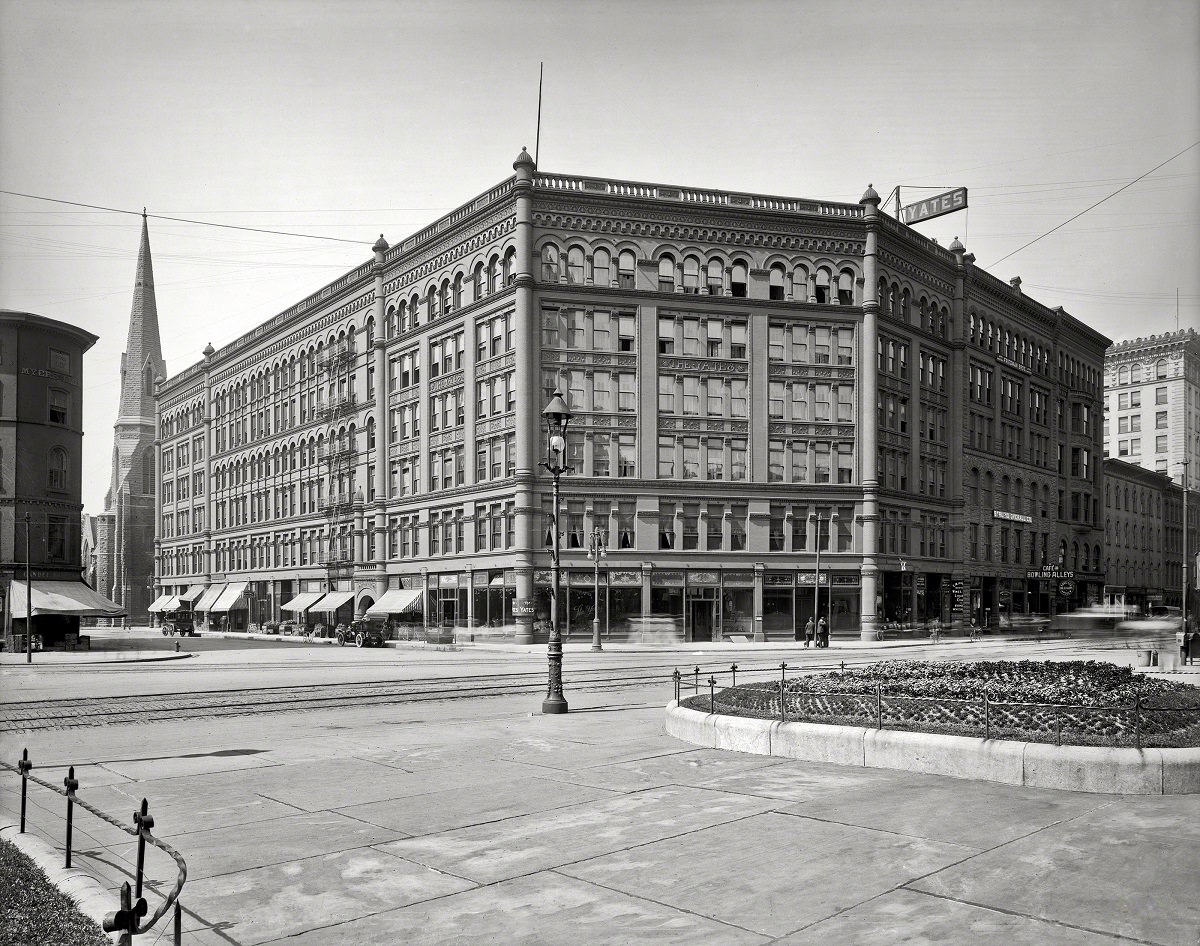
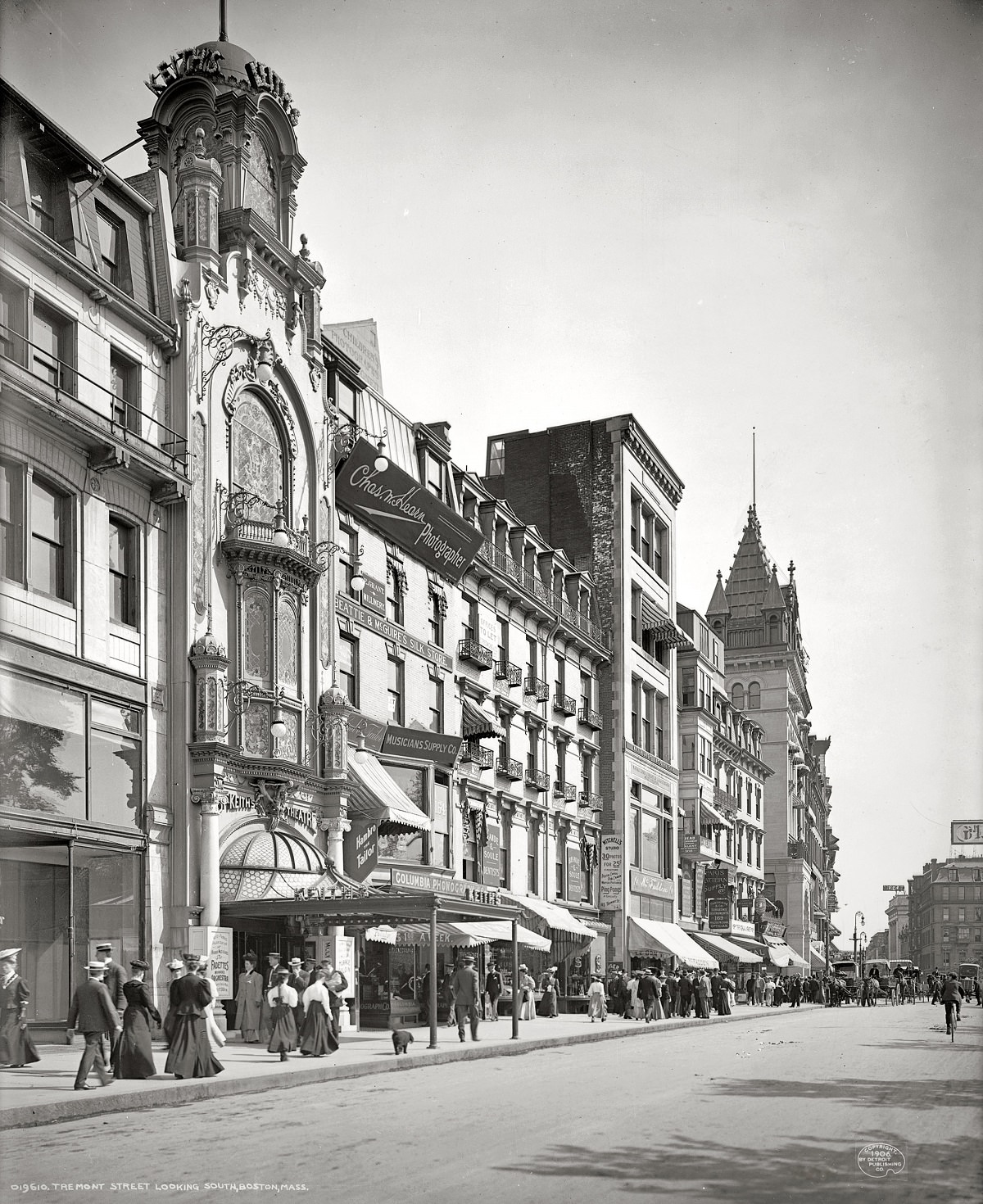

Why did these people build such stunning buildings only to tear them down instead of renovating them?
Whenever this topic arises, I have to remind people that these probably contained asbestos and lead paint.
Sometimes, especially in New York, where the population grew so rapidly for so long, it was necessary to build something even bigger. Sometimes there wasn’t enough money to do such renovations. In the 1950s-70s, urban design and city planning completely changed. Quite frankly, people didn’t care nearly as much about preserving architecture as they do now
The people who built them probably weren’t the ones who tore them down. However, it still stinks
Does this collection exist in book format? Sorry if it said so above…I scanned through quickly.
Basically, you can measure collective morale by looking at what people have accomplished. Because there were measurable rewards for doing their work and craft, people took pride in what they did. While there were iniquities, the lack of aspiration in today’s prefab slop world of tornado graves is conspicuous. Art and architecture are always visual indicators of a society’s state of development.
There is quite a bit of old architecture in the area where I live. I’ll tell you right now that most people are relieved to see something new and modern. Buildings need to be maintained otherwise they will start to fail. Additionally, old buildings require much more maintenance because of all the fancywork and trim. What is the result? Rundown buildings that need tons of work and money to be restored to their former glory. When someone wants to bring a building back up, be prepared for severe sticker shock. There are often structural issues, foundation issues, lead pipes, lead paint, and asbestos present, and it’s never just a matter of sanding and painting. The floors would need to be stripped, sanded, and refinished. New insulation to make heating and cooling affordable. If you don’t want to replace old, proportioned windows with new, off-the-shelf windows that will look odd and unproportioned, you can have custom windows made. Otherwise, you’ll have to pay an electrician and possibly a networking specialist if you don’t want exposed phone lines, internet or TV cabling, or romex. Did I mention the cost of permits, engineering approvals, and inspections? There’s a very good reason why we build the way we do today. Lessons learned from mistakes made in buildings, such as those described in this article, are the reason for this. In some cases, those lessons were learned the hard way, when excessive maintenance and utility costs bankrupted the building’s owner. The fire codes and ventilation requirements have been learned through injury, disease, and death. Over the past 60 years or so, we have learned lessons about sustainability, building efficient buildings, and planning for potential future uses of a building that we cannot anticipate. Many discussions of why we don’t build in this way today ignore the fact that we care a lot more about the environment than we did even 20 years ago and incredibly more than we did 100+ years ago. Several of these buildings were made possible by the use of very cheap building materials. There is a huge environmental cost associated with very cheap building materials. Not to mention the extremely exploitative conditions of work.
The roman Pantheon, which has lasted over 1500 years, is far more sustainable than all these glass/steel boxes that last less than 100. It takes more pollution to build a modern structure than to build a stone structure.
There are some really good points here.
Brother, I hope you build something beautiful.
well said.
I had to stop looking. There were so many that didn’t last more than a few decades. My personal biggest heart break was Penn Station. To replace such an elegant destination with MSG is, and always will be, inexcusable. Imagine the beauty of the trim moldings, the masonry, the lighting, the paneling in the hotels and offices. Wow, actual craftsmanship. For parking spaces. The enemy is us, and we are the enemy.
It’s sad that so many of these buildings only lasted 30-40 years before being demolished.
Modernism has taken away so much from us.